Fashion Marketing; Why You Should Build a Following Before You Launch a Brand
It’s super important to promote your collection before it’s ready to sell! In this post, I share the reasons why…
When starting a fashion brand, it’s natural to think about the products; what you will design and how you will manufacture them. But a lot of new fashion labels make the mistake of only thinking of the customer as an afterthought. The customer should be the first thing that you decide on and you need to be connecting with them right from the start. Therefore, it’s important to promote your brand, before you have your product.
There’s a few reasons for this. To give an example, lets think about movies. Movie studios don’t just invest millions of dollars in a new movie on a whim. They do some research and they see what themes are popular, or perhaps which Actors or Actresses have a big following. Then, they make a script and get feedback on it. Later, they even make a mock up movie and get people to watch it and give a critique (have you ever been to one of those? I have. It’s like watching a massive production before any special effects or airbrushing – you get to see what the Actors really look like!). After all of this, when they’re confident they’re onto a winner, the cut it into an actual movie.
So, how does this relate to your fashion line? Let’s apply the same principles as the movie industry; rather than starting off with a few designs and worrying about how we’ll manufacture them (and even after we’ve manufactured, we’ll then be worrying about who is going to buy them), we start by identifying with our target audience. We can learn about them and understand their needs and can design a range to solve their problems, or one that they just have to say yes to. We can even ask them if they like our designs, before we’ve spent any money on them. If they love them, great! If not, we can make alterations until they do – all without having worked with a factory, or paying them any money.
Starting with our target audience allows us to minimise the cost and risk of production and ultimately, the cost of starting a fashion label. Pretty great, right?
We can take this principle a step further too. Again, let’s think about the movies. Do they start advertising a movie when it’s released? No, they prepare months and months in advance. The new Frozen 2 trailer was out months ago and the actual movie is still 5 months away from being released. Movies are promoted waaaay in advance. And so should your fashion collection.
Marketing in advance has a few benefits. For one, it takes time for marketing strategies to get traction. You can’t set up an Instagram account today and expect to get sales from it tomorrow. You need time to build a following. Same goes for other types of marketing too - you wouldn’t pitch to a magazine editor to be featured this month, they usually work months in advance, so thinking ahead is really important. Typically people need to see your brand multiple times before they go from the initial time they saw you and found out about you, to become a customer. So unfortunately, marketing isn't as simple as just posting a few pretty pictures to Instagram. Customers need to keep seeing your brand, which means that you need to be thinking about your marketing activity way ahead of your launch.
As a new brand, it also takes time to build trust with your customers. If someone has never heard of you, they need some time to decide if they trust you with their money, and their credit card details. For all they know, you could be a scam artist. Building a long term marketing strategy helps you to build what we call the ‘know, like and trust factor’, without this, customer’s won’t feel confident in purchasing from you and, chances are, they won’t.
Another reason to build an audience for your fashion brand as soon as you can is so that you can create meaningful connections. As a small brand especially, connections are super important. If you share your journey with your audience; your design ideas, your route to manufacture and behind the scenes of your business, it’ll help potential clients to form a connection with you. Not only does posting this kind of content mean that you can get in front of an audience regularly, without being salesy all the time, but you can also show the human side to your business and you can get potential customers on side and cheering you on. It really comes down to this; when you launch a fashion collection, would you rather tell strangers on Instagram? Or people you’ve engaged with and who are waiting for you to launch? I know which one I’d choose!
I hope you’ve found these tips helpful! If you’d like to learn more about growing your business, I’d like to invite you to checkout my latest course ‘How To Attract Loyal Customers To Your Fashion Brand’. It teaches you how to get an audience before you launch, plus grow your business, find new customers and keep old ones coming back for more. You can view all of the details and register by clicking here. Alternatively, if you have any questions on the course, I’d be happy to answer those for you - you can click here to get in touch, or email contact@29andSeptember.com
I hate spam too - if you sign up to this email list, your details won't be sold or leased to anyone else. I will email you from time to time with helpful content and occasional offers, which you can unsubscribe from at any time.
How to Start an Activewear Line - Interview with Lead the Pack
Andrew from Activewear brand Alphapparel has kindly offered to be interviewed and share his experience of starting a brand….
I know a lot of you wonder what it’s really like to start your own fashion brand from scratch. The experience can be a bit different for everyone and I’m happy to be able to share an interview with Andrew from Lead the Pack, which is an activewear brand that launched about 6 months ago. Andrew has kindly offered to be interviewed for the blog and share his experience with you. If you want to learn more about the brand, or shop the collection, you can follow them here.
Can you introduce yourself, your position and your brand?
My name is Andrew Clark, and I’m the founder of Lead the Pack a startup activewear brand. It’s been a long, very long time in the making, but finally the brand is live and doing well! Was it an easy process? No, not at all, but it was probably made harder through the endless number of mistakes I made along the way…Has it been worth it? Read on to find out.
What do you sell and who are your customers? Feel free to include your brand values here too.
We focus on kitting out and connecting fitness enthusiasts, giving them the opportunity and means to grow their own brand in the fitness industry.
We sell comfortable performance activewear that’s suited for both the gym and daily use. We’ve tried to keep our designs as unique as possible, whilst still keeping to the styles that people are known to love. Vicki was great at taking rough concepts and ideas to an actual design.
Whether this is through our up and coming Ambassador program or just with a simple connection over Facebook or Instagram, we strive to help our customers grow.
How do you differentiate yourself from other activewear brands?
With the surge of social media marketing and the new generation of fitness enthusiasts flooding the scene, the concept that these individuals can be brought together to help not only grow the brand, but also learn more about themselves and aid them in expanding their brand is not only exciting, but very realistic.
Lead the Pack hopes to connect these passionate individuals by giving them the means to expand their own fitness brand, as well as earning a side income, with the aspiration of it becoming their main income.
Our base range released in December is a stepping stone for what is to come. Be Ready.
What was your background prior to launching in the fashion industry?
I’ve always loved the fitness industry. Started the gym about 7 years ago. Became an ambassador for another brand about 3 years ago, and thought there were a few things that could be improved, so thought that I could be the one to do it.
I actually graduated with a Masters in engineering, but the innovate, fast pace of the fitness industry drew me to thinking of changing career path.
I have nothing against the normal 9-5 routine, but over the last year and a half (whilst starting this clothing brand) I’ve worked anywhere from 10-14 hour days to 3 hours a day, regardless of weekdays or weekends. There’s no way about it, it’s totally different from a normal job, but unique in the sense that you feel more of a commitment to your own project, or it is possibly the fact that it’s just refreshing feel positive about a project, and want to wake up in the morning and speak to positive people about their fitness.
What drove you to set up your brand?
Basically I just wanted a piece of the fitness industry lifestyle. The whole 9-5 lifestyle sitting at a desk all day is doable, but I’m nowhere close to being passionate about it to the extent where I want to rush into work every morning.
How long did the launch take from concept to product?
A long time. A very long time. Did I initially underestimate how long it would take at the beginning? You bet I did. Is it worth it? Still to be decided, but now I’m finally selling the clothing, it’s definitely going in the right direction.
If I’m honest, it could have taken a lot less time, but you learn from your mistakes, and if I was to do it a second time there would be an endless list of things I would do differently.
The big challenge is that you think surely after getting the products a lot of your work is done? WRONG, Double, Triple the amount of work done up to this point to making your brand sellable.
It’s not a case of Facebook and Instagram marketing and reaching £1000 of sales every weekend, it’s a case of getting your product into the eye line and minds of people who may be interested in it, but it is doable.
What have been your main challenges with regard to being new to the fashion industry?
Overcomplicating designs and wanting to rush head first in and set up a whole range for my first launch. Both are my downfalls. I mean to a certain extent you need to be different from the rest, but there’s a reason certain companies do certain designs... because they sell and are probably cheaper to manufacture than the rest.
Hindsight is a fabulous thing, and it’s something I am very familiar with. The whole “learn from your mistakes” obviously fits well with this, but I still somehow seem to love making them.
Andrew, you and I have worked together for a while. Was there a part of the process you found most beneficial, if so, why?
Designing tech packs and explaining the fitness industry to me. Unique, well-fitting designs. The pieces Vicki designed are fan favourites of our brand.
What’s the biggest piece of advice you’d give other startups wanting to launch a brand?
Take a month to plan everything out, research research research. Pay a designer like Vicki to help find a suitable manufacturer and source suitable fabric and fits you like. The more preparation you do, you’ll honestly saves months and months when it comes to the later stages.
What are your plans for the going forward?
Restock our collection.
Look at doing variations of the same pieces.
Bring out a much wider range of products.
Design more products than just clothing, that cater to all of the fitness industry’s needs.
Become a millionaire, retire at the age of 23 and live in a mansion by the beach…Too much? Well it is a plan of mine... whether I make it a reality or not is dependent on the clothing line.
Thanks so much to Andrew for arranging this interview, I really appreciate it and I hope it’s been useful for anyone starting a fashion range. Don’t forget, you can follow along on Instagram here.
Has this post inspired you to start your own activewear line? If so, I’d love to hear from you! Email contact@thefashionbusinesscoach.com or use the contact form by clicking here to learn more about how I can help you launch your line!
If you want to learn more about getting your designs into production, you can register for my free masterclass by clicking here.
I hate spam too - if you sign up to this email list, your details won't be sold or leased to anyone else. I will email you from time to time with helpful content and occasional offers, which you can unsubscribe from at any time.
Clothing Line Production - How To Get Ready For Manufacture
In this article I give an overview of the steps from design idea to manufacture….
A lot of people email me wanting to know how they can get their clothing line produced. I’ve written a lot of articles about this over the years, so I thought I’d link to all of them from one post, so that people can easily get a quick overview and learn more about the key steps. The graphic above gives a super quick insight into this, but of course if you’d like more depth and details of each part of those 7 steps above, you can check out my Quick Start Guide To Planning and Producing a Fashion Range, here.
Step 1; Design ideas
I’m sure you’ve got lots of ideas in your mind and it’s a great idea to get those clearly down on paper so that you can show your ideas to others for feedback and advice. If you don’t have great drawing skills, that’s not a problem. You can find out how to communicate your ideas effectively in this blog post (click to read).
Step 2; Range Review
Usually I find that people have more ideas than required (myself included!). Range reviews are essential in established fashion brands and they are equally as important for startups. A range review involves critically looking at your designs and deciding which ones to move forward with. To create a cohesive range you need to think about things like the fabrics, colour palette, how things can be worn together, what the marketing will look like. It’s also important to think about costs and manufacture at this stage and choose designs that you can manufacture profitably. Most important of all is to make sure that the products are something your target customer will love and want to buy.
Step 3; Style Handover Sheet
When you’ve finalised your range and decided on the styles and colour/print options, you’ll want to create style handover sheets. This gives your garment technologist (who will work with you on steps 4 and 5) a clear idea of your vision and preferences. The style handover sheet asks for information like the type of fabric you like, the colour, size range and sample size.
Step 4; Technical Drawings
Technical drawings are usually created in Adobe illustrator and show the garment in real proportions (not model proportions) and laid out flat - like the examples below. They don’t show any movement and aren’t a stylish illustration - these are purely for manufacturing purposes and need to be really clear and accurate. They should show all trims, fastenings and stitch details. There’s a full article on technical drawings that you can read here.
Step 5; Tech Packs
Tech packs are essential for clothing production and one of the most important things you’ll need for your brand. I meet lots of people who cut corners and didn’t invest in tech packs and ended up regretting it. You can learn what a tech pack is and why it’s so important for your success, by reading this article (click to view).
Step 6; Sampling
Most products go through a minimum of 3 rounds of sampling before they are approved to bulk, with many items needing many more fittings and revisions before they are ready. When a sample is received, it must be fitted on a model and critically examined. The factory is then informed of any changes that need to be made via the tech pack and a new sample is made. This process repeats until you’re happy with the product and ready to move on to production. You can learn more about fit sessions in this article here.
Step 7; Manufacture
When you’ve approved your samples, you can move on to bulk manufacture. Always ensure that your tech pack has been updated and you have a contract in place prior to starting production. If you’re new to the fashion industry, you can learn essential manufacture terminology in this free video.
Looking for some help to make all of this happen? I specialise in bringing new brands to life and can help you to translate your ideas into a factory ready format, with accurate technical drawings and tech packs. Plus, I offer factory and fabric sourcing assistance too. You can see the full list of services that I offer in this link, or alternatively you can click here to get in touch. .
How to Start a Sustainable Clothing Line
In this blog post I share my tips for starting a sustainable clothing brand….
I’ve been a conscious consumer myself for years and an ethical shopper, so I’m delighted to see so many new brands wanting to work sustainably. In this post I wanted to share some of my top tips for starting a sustainable fashion business. As well as the befits for the earth, a sustainable business model can actually save you money too.
If you’re serious about starting a sustainable brand, you can also register free for my ‘How to Start a Sustainable Clothing Line’ Masterclass by clicking here. This will give you an overview of steps that all sustainable brands need to take in order to launch and be successful.
In this post, I'll be covering my tips for starting an eco-friendly line specifically. I've worked with around 50 (maybe even 75....) sustainable clothing lines and these are the things new brands have found most useful to know.
Sustainable and Ethical are different things
Many people put sustainable and ethical in the same category and although they’re often seen together, they are different things. Sustainable refers to a brands impact on the environment, while ethical relates to the health and wellbeing of any people and animals involved in the production process. Products using materials like leather, wool, silk, angora and alpaca have ethical considerations, with people having different views on this. Some people are vegan and wouldn’t buy these products, while others may be willing to buy as long as good animal welfare can be assured.
It’s important to define what sustainable and/or ethical means to you and have this as a core part of your brand identity and philosophy. A sustainable brand will never please everyone - at the moment there’s not a way of producing a 100% sustainable product, when you consider emissions, raw materials and everything that goes into a product (although, with technology advancing as it is, I hope that we will see a 100% option in the near future). Because of this, it’s important to clearly outline your mission, your views and beliefs, so that a customer can make an informed choice.
Sustainable refers to the whole business, not just the clothes
Creating an eco-friendly brand involves looking at the business as a whole - from the way you light your office, the way you send and receive goods and the materials and processes involved in your production. Customers are expecting brands to be sustainable, not just their clothing, so if you send their products to them wrapped in lots of plastic, they’ll most likely be left disappointed. Many sustainable clothing companies offset the carbon on their deliveries and use recycled packaging that is bio-degradable, for example. You can find more tips in this article.
There’s a lot of greenwashing happening
This one makes me really angry! As sustainable has become something of a buzz word, some brands and suppliers are using this term, even though their products are actually bad for the environment - this is called greenwashing. Savvy customers are always on the lookout for people who are greenwashing, hence why it’s especially important to be transparent.
Greenwashing makes it hard for you to verify your products, as you’ll often have to trust the supplier and what they’re saying is true. One way to ensure your fabrics are sustainable is to look out for recognised certifications, such as Oeko-Tex or GOTS (The Global Organic Textiles Standard). If you’re unsure if a certificate is genuine, or you don’t know what to look out for, you can contact these agencies directly to check against their database.
Consider the afterlife too
A truly sustainable company not only thinks about the production of the garment and the processes they use, but they also consider what happens to the garment when it’s no longer wearable. Of course, we want to make garments to last, but nothing lasts forever. By using entirely bio-based materials brands can ensure that clothing decomposes easily, rather than sits in landfill for the next few hundred years. If you’re using fabrics like recycled polyester, yes this helps to put existing plastic to good use, but it will be in the trash for hundreds of years as it is essentially plastic. To find a way around this, some brands have introduced recycling schemes, repair services, or they encourage customers to upcycle their products, or give them to someone who likes to sew.
Manufacturing approach
If you want to operate ethically, you’ll want to work with a trusted factory. If you can’t visit the factory yourself, you can arrange for independent audits to take place. Like many people, I believe that it should be a basic human right to be paid fairly and work in a safe environment. Unfortunately for many people, this isn't the case and slave labour is still common in fashion production; something that ethical brands need to be aware of. Also keep in mind that even if you live in a ‘developed’ country, slave labour still takes place there too - don’t take local law to mean that staff are protected, unfortunately this isn’t always the case.
For sustainable production, you’ll want to ask the supplier about their methods. For instance, if you’re dying fabrics you’ll want to look out for a closed loop process, which means that water isn’t wasted and poisonous dyes aren’t released into local rivers. You could ask them where their energy comes from (eg, do they use clean energy like solar panels) and what steps they’ve taken to reduce emissions. You’ll tend to find that people who are passionate about sustainability will be proud to tell you all about their methods, whereas those who aren’t tend to change the subject! Of course, it’s always good to do further research and get as much information as you can.
Sustainability is a complex topic, but I hope this post has been a helpful introduction! If you want to learn more, you can register free for my Masterclass ‘How to start a Sustainable Fashion Brand’ by clicking here.
Fabric Sourcing for Fashion, in Vietnam
In case you missed it, I went to Vietnam recently in search of fabric. Here’s what I learnt….
Lots of people get in touch with me about fabric sourcing. I can understand why people find this difficult at first, but I’m happy to say that in general, fabric sourcing can be one of the easier parts of the process and, in my opinion, much easier than finding a manufacture.
I often get asked if I recommend travelling to find fabrics, lots of people are keen to go to China. So far, I’m yet to recommend that anyone goes to China, it’s just not been right for them. In general, if you’re starting a fashion business there’s not a real need to travel. Certainly not long distance, when there’s lots of expenses - I feel the money can be put to much better use elsewhere in the business.
If you’ve been following along at all, you’ll know that I travel a lot and do supplier visits, so you might be surprised to see that I don’t view it as essential. Why is it different for me? Really, for 2 reasons. First off, I’ve been in this industry a long time and know what to look out for. Because of this I can make decisions much faster and I tend to know if I’m going to make a purchase somewhere before I’ve arrived. A lot of startups want to go to fabric suppliers and browse, most are not set up for this at all and don’t appreciate browsing - it takes time out of their busy day and in many cases suppliers don’t have a shop, you visit them on location where production takes place. Second, I have lots of clients with different needs. Most startups keep fabrics to a minimum (as this keeps costs low and profits higher), so many will only need to source a couple of fabrics. Travelling half way around the world for 2 fabrics doesn’t feel worth it. But for me, as I might shop for say 10 clients in one visit, it becomes more worthwhile.
If, after all that, you’re still keen to head to Vietnam for fabric sourcing, here’s a few things I found out. Just to let you know, I mostly visited smaller scale suppliers on this trip, I didn’t go directly to fabric mills due to the distance (many were located hours drive away from where I was and for me at this time, I didn’t need to go there).
Streetside applique sales!
Streetside fabric ‘shops’
Don’t expect good service
The suppliers I went to had some great fabrics, but if you’re expecting a nice air conditioned shop nicely laid out for you, think again. Many of the suppliers I came across had their ‘stores’ in tiny spaces directly on a main road, the heat and the fumes from the motorbikes could get intense! If you don’t know much about fabrics, you won’t get the answers here. For one, it’s just not that kind of place and second, English is often very limited. I had several suppliers negotiate on pricing with a calculator as the only means of communicating!
As well as ‘shops’ in Hanoi and Hoi An, I also visited the fabric market in Hanoi. This was great and had a large area dedicated to all sorts of fabric, trims and findings. As with anything in Vietnam, negotiating is key! Start at 50% of the asking price and settle somewhere in the middle.
Don’t look for swim or active fabrics
During the whole trip, I only came across one supplier selling swimwear fabrics (which I suspect were imported) and none for activewear, so I wouldn’t recommend Vietnam for this market. Instead, I’d say their strength was in woven cottons and linens, they had some lovely stripes and patterns woven in.
Sewing businesses at the market in Hoi An
Sewing workshop specialising in leather
Sampling here might be beneficial
If you’re looking to have samples made, it might be worth considering a stay in Hoi An, to work 1-on-1 with a sample maker here. There was so many tailors and sewing businesses here that made custom clothing for tourists, it gave me the idea of spending some time here and getting a collection sampled. This is only an idea at the moment and something I need to look in to further, so at the moment I can say if it works or not. But watch this space for the future.
In general, because of the language barrier I think it would be easier to have a reference item to show the sewer (perhaps for fit and/or construction) along with your tech pack.
Museums can be great for learning about techniques
I visited a number of exhibitions all of which had some great insight into the traditional processes of weaving and dying fabrics. Many of the villages still use the ancient traditions and weave their own clothes by hand, which is very inspiring. I’d love to learn more about this next time and ideally partner with suppliers who can work in this way. The fabrics themselves were fantastic and it would be great to help local people get them out into the rest of the world.
Learning about traditional weaving techniques in Ho Chi Minh City
Examples of the patterns woven into the fabrics
Enjoy it!
If you do go to Vietnam, enjoy it! The food is some of the best I’ve ever had and the culture is so rich and diverse, it makes it a great place to visit. As I said at the start, I don’t believe travel is nessarsay for a small business, but if you do go I’m sure you’ll have a great experience and see some nice fabrics, particularly if you’re looking for wovens.
If you don’t fancy the expense or culture shock and would rather get some help sourcing your fabrics, I’d love to help you. You can email contact@29andseptember.com or click here to get in touch for more information.
I hate spam too - if you sign up to this email list, your details won't be sold or leased to anyone else. I will email you from time to time with helpful content and occasional offers, which you can unsubscribe from at any time.
Clothing Production Terms Fashion Brands Need To Know
This post shares 10 important fashion industry terms that you need to know before going to production…
You might have heard that I’ve started producing video content for the blog. Recently I created a video which revealed 10 manufacture terms that brands need to know. You can watch the video here if you’d like. But, I know that some people prefer to read blog posts, so I arranged for a transcript of the video to be written up, which you can read below;
Hey guys, Vicki here from The Fashion Business Coach, the company that helps small and startup fashion brands to succeed in the industry. In this episode I wanted to share with you 10 fashion manufacturing terms that you need to know if you're going to be going into production. A lot of people struggle with terminology, particularly if they're new to the fashion industry and it's really important to understand what your manufacturer is talking about and what you're actually agreeing to. If you've been confused by terms in the past, don't worry, you're not alone. And that's exactly why I'm doing this video, because it's something that a lot of people have issues with.
There’s 10 industry expressions that we're going to go through today. I do have a free glossary available, which has 100 definitions of different industry words, which you can learn more about by clicking here.
1. Bulk
Bulk, or you might hear ‘go to bulk’ or ‘approved to bulk’ basically means that you finished your sampling, you're happy with how the samples have turned out and you’re ready to go to your main order. Bulk means the final order of your products. The term ‘go to bulk’ or ‘approved to bulk’ is basically you giving the factory your approval. You’re saying that you're happy with the way the samples have turned out and you're ready to commit to that final order.
2. CMT
The second term I want to share with you is CMT, which stands for cut, make and trim. This means that the factory has the ability to cut out the fabric, sew it together and add any trims that are required, maybe that's buttons, labels, zips, etc. This can also be a type of quote, so you might see that your estimate says CMT only and that's the factory telling you that they're not going to be providing any of those fabrics or trims and that's something that you need to source yourself.
3. CNY
Next up is CNY, which stands for Chinese New Year and if you're working with suppliers or manufacturers in China, you're going to be hearing this a lot. Many factories close down for up to six weeks during the Chinese New Year celebrations and there tends to be a lot of delivery issues around this time. Before Chinese New Year because they're rushing to try and get everything finished, during CNY because there's literally no boats or deliveries leaving China. And then after CNY when everyone's getting back to work, a lot of the time the factories have issues with staff not returning to work and it causes this massive issue goes on for months really. Even though the actual New Year celebration is much shorter. This is something to be aware of in January, February and March. The date of the celebrations do change every year, but it's generally around those times.
4. Ex-Factory
Ex-factory is the date that the bulk will leave the factory. But with any of delivery dates or conversations around dates with your manufacturer, you need to be super clear about what you mean. So for example, the ex-factory date will be different to the shipping day in most cases because you need to factor in how long it is between the factory and the port and how long that will take by road. So do make sure that you really clear on exactly what's going on with any delivery dates to make sure that you don't miss any slots that you've booked for shipping, freight, etc.
5. FOB
Number five is FOB which stands for free on board and this may be something that comes up when you receive quotes from suppliers. It usually means that the cost of delivering the goods to the nearest port are included, as well as the cost of manufacturing the clothes. That normally includes fabrics as well. Do check though, and I say this because that's what it's supposed to mean, but sometimes you find that factories can kind of twist quotes in their favour. So, you want to make sure that everything's really clearly itemised and detailed with the quote. It doesn't usually include the actual shipping rate or any other fees like taxes, import duty, insurance, etc.
6. Grade Rules
Number six is grading or grade roles. Grading is the difference of the measurements between each size and the grade rules basically tell the factory how much difference a measurement needs to be between each point of measure and each size that you're creating your range in. Now the grade rules are going to be found on your tech pack or your spec sheet and they're going to advise those measurements to the factory. It's going to be for each point of measure as well, and they're going to vary between different styles and different positions on that style. Do make sure that these are done custom for each style rather than just like a quick copy/paste job. Some of them will be the same, but they need to be checked for each point of measure. That needs to be manually done to make sure that you're considering all of the different sizes that you're making.
7. Lead Time
Number seven is lead time and that's the amount of time between confirming your order with the factory and when you're receiving the final goods at the distribution centre. Again, this can be a tricky one. Like I was saying previously with dates, sometimes the factory are going to quote their lead time as when the order is leaving them, in which case you need to then speak to your courier or whoever's delivering your goods as well so that you get the actual lead time from start to finish. And it may be in many cases that you need to speak to a couple of different places in order to get that date.
8. MOQ
Number eight is the MOQ, and this is the big one. You're going to be hearing this constantly if you're a small business or if you're a startup. It means the minimum order quantity, and this is going to apply to various things. So it might be the minimum amount of garments that the factory is prepared to produce, it might be the minimum amount of fabric that you can buy or the minimum amount of trims, labels, barcodes, bags, whatever it might be. Sometimes you can get round the MOQ by paying a surcharge. Obviously that has a big impact on your costings though. Pretty much every business that you work with on a retail business to business basis are going to have minimums. And sometimes the minimums are something manageable like 50 units or 50 meters of fabric, sometimes it's going to be 10,000. So the MOQ really dictates a lot about who you can actually do business with.
9. Tolerance
Number nine is tolerance. Tolerance is the amount of variance that you're willing to accept on a particular part of a garment. It’s a little bit hard to understand but hopefully an example will make it much clearer. So if for example a particular measurement on a garment I'm working on is supposed to measure 40cm and I've applied a tolerance of 1cm, that means that the factory could deliver the garment at that point measure in 39cm or 41cm without there being any issue or any penalties. If, however the measurement was say 45cm, that's 5cm difference and we asked for only 1cm. So it’s at that point when you talk to the factory about them remaking or correcting the issue, or having penalties applied. The tolerance is super important to have outlined on your tech pack so that you can control the quality.
10. Critical Path
The critical path is a document, usually an Excel sheet, that you use to monitor the progress of your production, keep a record of any samples, any lab dips, strike offs, anything that's been received. It’s really important for keeping manufacturing times on track. Very important to know is that the critical path is your responsibility just as much as the factories. You shouldn't be putting everything on the factory and expecting them to fix everything for you. You really need to be on top of the critical path yourself.
That’s it for those 10 tips. If you want to learn more, there's lots more free content on the blog, which you can check out below. And as I said at the start, there's a free glossary of terms which has 100 industry words defined, the details for both are below.
As always, I love to hear from you, so feel free to get in touch if there's something you'd like to see more of.
How to get the free glossary of 100 fashion industry terms
Related free Masterclass;
How to get your fashion ideas produced, without wasting your time and money
I hate spam too - if you sign up to this email list, your details won't be sold or leased to anyone else. I will email you from time to time with helpful content and occasional offers, which you can unsubscribe from at any time.
Marketing for Fashion Brands; 5 Mistakes to Avoid
This post shares the 5 mistakes I regularly see brands making and how you can do things differently in order to attract more customers to your brand…
Want to get more customers to your fashion brand and make more sales online? Then you’ll need to stop making these 5 mistakes! I work with a lot of customers on their fashion marketing and I see the same mistakes over and over; these things are the first changes I ask my Clients to make. I thought I’d share them here on the blog so that you can avoid making the same mistakes in your business.
Want to learn even more about fashion marketing? Why not grab The Fashion Sales Kit for training and swipe files to speed up and level up your marketing?
Mistake #1
The first mistake that I see people making is that they try to sell to everyone. And the problem with this is it does become a case of trying and failing. If you're trying to sell to everyone, you'll end up selling to no one.
I do sort of get the logic here, people assume that most people will want to buy clothes at some point. So people think that by promoting their products with everyone in mind, chances are someone somewhere is going to buy eventually. Actually though, you end up having the opposite effect because if you think about it, if you're promoting loads of different things people aren't going to want to follow you because they just don't know what to expect from you. If you're promoting something a visitor loves one day and then the next day it's something that they hate, the inconsistency will become annoying for them and in the end they just won't bother following along anymore.
Instead, it's much better to be super specific. So, rather than trying to sell to everyone, try and really hone in on who your ideal customer is and promote your brand by including things that are really important to them specifically. Sure, this is going to put people off who aren't a good fit for your brand, but don't see that as a bad thing. If they're not a good fit for your brand, they're not going to buy from you anyway. By being really specific, you can build a connection with potential customers, build a brand that they're going to love and not only will that help you to attract them as a customer in the first place, it'll help them to keep loyal and keep coming back to you as well.
Mistake #2
The second thing that I see people doing is relying too much on social media. And I have a quote here from a recent Forbes report, which talks about how Instagram convert only 3.1% of people into buyers. That means the other almost 97% of people aren't going to buy from you if they see you on Instagram. And that's just one particular quote from Forbes and it's something that I hear all the time and not just for Instagram. In general with social media, the conversion rate isn't that great on its own. Typically people need to see your brand multiple times before they go from the initial time they saw you and found out about you, to become a customer.
So unfortunately, marketing isn't as simple as just posting a few pretty pictures to Instagram. Customers need to keep seeing your brand, which means that you need to have an entire strategy in place to increase the chances of a potential customer actually transitioning into a buyer. So instead, rather than just focusing all of our attention on social media, we want to create something that I personally call a sales journey. You've probably heard of something similar, maybe a sales funnel, a marketing funnel.
There's different terminology for it, but I like to use the word sales journey and that's a strategy that I use and use with my customers too. Basically, it's a process to make sure that we have these different opportunities for the customer can come into contact with our brand, which helps use as brands create trust. Potential customers can then start to engage with our brand more. Perhaps they started off seeing us on social media and then went to our blog, signed up for our email list and then eventually went on to became a loyal customer. And that's so much better than just having someone who double taps on Instagram, but leaves it at that. You really need to have a whole strategy in place rather than just posting to social media.
Mistake #3
The third mistake that I want to talk to you about is not building an email list. Email marketing is huge right now and although I'll admit in recent years, it's become a little more complicated, it’s still a great way of reaching your audience. If you're one of those people who hasn't done this, I strongly suggest that you get onto it, because email marketing is one of the few promotional methods where you have control. It’s not like Facebook or Google or anything else where there's an algorithm that you have to contend with and only a certain number of people are going to what you post. You control whether or not people receive an email from you, for the most part. You are the one who has the ability to get them to open it by using catchy subject headings. And most people check their email at least multiple times a week, sometimes multiple times a day, so they're going to have multiple opportunities to see your message. If they're on, say Facebook, they won’t see all of your posts due to the algorithm, whereas with email, there's a much higher chance that they're going to see that message from you.
So instead of not having an email list, you need to focus on growing your email list today! Even if you don't have a business yet, you need to start working on this because you don't want to launch your business and then not have anyone to sell it to. An email list is really one of the first things that you need to do for your business. So, if you haven't started already, make this the next thing on your to do list! Email marketing has a much better conversion rates than a lot of other marketing methods. And for the most part, as we said, you're in a lot more control than you are with another platform.
Mistake #4
The fourth mistake is that people talk about themselves too much. It's all me, me, me, and it really should be about the customer rather than your self promotion. People don't want to hear about you all the time. They want to know what's in it for them, so rather than constantly promoting, instead you want to help your customers. Try to change your mindset and think of marketing in a way of ‘how can I help my customer today’ rather than ‘what can I sell them today’? That mindset shift and the way that you come across your customers can have a huge impact on your performance.
The majority of your content should be helpful to the customer rather than self promoting all the time. Now that's not to say that you can't include your products, obviously you want to still be referencing your products and talking about them, but don't do it in such an obvious way. People will get fed up of receiving promotional messages and will eventually unfollow, or zone out. Whereas if you give your audience something that genuinely solves a problem for them, then they're going to want to keep interacting with your brand, keep going to your website, keep reading your blog, whatever it might be. I know that it's a little bit of a hard concept sometimes for people to understand. So if we take an activewear brand as an example; one of my clients has an activewear brand and on his blog he writes about different workouts that you can do, different ways of warming up, smoothie recipes to improve your workout and anything he feels his audience will find useful. So, people go to him because they want to know what the new smoothie for that weekend, or want know what the latest technique is for their warmup. So because this guy is helping his customers, it means that they keep going back because they got helpful information from him. But of course, any photography that's in those posts, any products that are referenced, are all his products. So even though he's still marketing and still promoting, it's not an obvious ‘buy this now’ kind of way. It's a lot more subtle and it means that his content gets a lot more engagement from customers because they're getting something useful out of it.
Mistake #5
The final mistake to share with you today is I see a lot of people who aren't automating any of their marketing. Without systems in place to automate a lot of this process, it can really become a full time job. And, I know a lot of you guys are small or your startup and budgets are tight. You don't have the budget to hire a full time marketing employee to work for you. So, it's super important to get processes set up so that you're not spending all of your time marketing. Instead of doing everything manually, you want to make sure that you're using scheduling tools, automation software, and at the very least bulking tasks together, like photography for instance, so that you can save a lot of time and make sure that your actually able to work on your product, your customer service and other things, rather than marketing constantly. It will also really help you to be more consistent with your marketing, because you can schedule, for example, Instagram posts to go live every day, so you don't have to be sat there waiting to post, or remember to do it.
This is the exact strategy I use; I have content that I upload in bulk and then it just goes out on schedule. I don't have to be thinking about marketing every day, which especially good because you do want your own time at the weekends, rather than thinking about marketing 24/7.
I hope these tips have been helpful and given you a lot to think about! If you want to learn more about marketing, you can
10 Fashion Manufacture Terms Brands Need To Know Video
This video explains 10 fashion manufacturing terms you need to know for production…
This video is for new fashion brands who are going into manufacture. If you’ve not worked in the industry before, you’ll find it can be hard to know what manufacturers are talking about, as there’s so many abbreviations in the industry. This video uncovers the 10 most common terms you’ll hear during manufacture and what they mean.
If you’re interested in getting help with translating your ideas into a factory ready format, you can watch a video on how I help with that here.
Over the coming weeks I’ll be developing more video to help you grow your fashion business; as always, you’re welcome to ask me questions - most of my content is developed after I’ve received a request!
In the video I mention some other links that you might find helpful;
How to get the free glossary of 75+ fashion industry terms
Related blog posts;
How to Work With Your Factory to Improve Your Fashion Product
I hate spam too - if you sign up to this email list, your details won't be sold or leased to anyone else. I will email you from time to time with helpful content and occasional offers, which you can unsubscribe from at any time.
Fashion Marketing; 5 Mistakes Brands Make Video
This video walks you through 5 marketing mistakes that I see fashion brands making, so you’ll be able to avoid them…
Click the image above to start the video!
As requested by you, I’ve started producing short video content! This is the first episode in which I share some of the common marketing mistakes I see fashion brands making. I’ll also share my tips for what you can do instead, so that you can grow your fashion brand, attract new customers and sell more of your clothing.
As I’m sure you know, marketing is a big topic, but super important too! Over the coming weeks I’ll be developing more video to help you grow your fashion business. As always, you’re welcome to ask me questions - most of my content is developed after I’ve received a request!
In the video I mention some other links that you might find helpful;
Attract Loyal Customers Course
This short course helps you to get traffic to your brand and turn potential buyers into paying customers.
Related content;
Is Instagram Hurting Your Fashion Business?
The Fashion Sales Kit - Digital marketing tools for fashion brands.
I hate spam too - if you sign up to this email list, your details won't be sold or leased to anyone else. I will email you from time to time with helpful content and occasional offers, which you can unsubscribe from at any time.
5 Misconceptions About Working in Fashion - Feature on Indie Source
I was happy to get the opportunity to write for the Indie Source blog. In the article I share the 5 most common fashion industry misconceptions…
I was recently selected to write an article for Indie Source, a US based website which provides full service production in the US. In the article, I share 5 common misconceptions that I hear about the fashion industry all the time. A career in fashion is a big commitment and I want to make sure that people aren’t going into it thinking it’ll be totally different to what it is. If you’re imagining front row seats at fashion week and days spent travelling in search of inspiration, you’ll have to think again! You can read the full article on the Indie Source blog, here.
I love helping people to understand the fashion industry and how they can start their own brand. If you have any questions on this topic, please feel free to leave a comment below, or send me a message here.
I hate spam too - if you sign up to this email list, your details won't be sold or leased to anyone else. I will email you from time to time with helpful content and occasional offers, which you can unsubscribe from at any time.
Your Fashion Business Questions Answered!
I’m launching an exciting new feature on the blog, where you can get your fashion business questions answered…
(Updated Nov 2021) I’m excited to announce a new way to; ‘Get Your Fashion Questions Answered’. I get hundreds of emails a day and as much as I’d like to be able to help everyone, there’s simply not enough hours in the day to give a detailed reply to each and every question I receive. And, I know that not everyone can afford 1-on-1 coaching. So, in 2021 I launched The Fashion Business Membership, an affordable way to get your questions answered. Each month we have 2x live Q+A sessions where you can submit a question for me to answer. Your question can be about anything relating to starting or growing a fashion brand. Topics could be things like (but not limited to!) the below;
Fabric types
Construction and sewing techniques
Production
Designing
Increasing profits
Improving your sales performance
Pitching to buyers and press
Costs; what’s important to invest in
And anything else you can think of!
As well as the Q+A sessions, you’ll also get monthly Masterclasses and an amazing community of like-minded people.
Need More Help?
Of course, if you’d prefer 1-on-1, or more intensive help, I’m still offering consulting, idea to factory ready and other services, which you can see by clicking here. And, if you’re a startup brand, the Fashion Startup Online Course is running also, you can see what the 8 modules cover by clicking here.
That’s all for today, just a short one to introduce the membership. I’m looking forward to receiving your questions and helping you with any issues you’re facing!
How to Start a Clothing Store
This article looks at some considerations for opening your own store or website for your fashion brand…
In this post I wanted to explain what you need to think about when you start your fashion store - whether it’s a digital one or a real life brick and mortar store (or pop-up shop). If you’re totally new to clothing and haven’t started your brand yet, you might want to check out the Fashion Startup Online Course, which is specifically designed to take new fashion entrepreneurs from zero, through the design, manufacture and marketing process.
When it comes to opening your own clothing store, whatever type of store it is, there’s a few considerations that will be the same, no matter what you’re selling. This post looks at how to approach launching your website, or opening your clothing shop doors.
If you haven’t heard me say already, it’s always important to have a really specific target customer in mind. This allows you to catch their attention and, just as important, keep them coming back to the store. There’s no point in trying to appeal to everyone - you’ll end up appealing to no-one, so have a clear vision of who you think will be walking through your shop doors.
So, what exactly do we need to think about?
Stock levels
People often mistake this as an issue only for brick and mortar shops, but actually stock levels are a really important consideration for everyone. Even more so if you sell on multiple channels (for example, your own website and Amazon). It’s true that in person, stock levels can be visually more of a problem; too much stock and the store can look a mess (if you have nowhere to store overstock). Too little and it’s too empty and customer’s don’t want to shop when there’s so few sizes and so little choice available. The latter is also true for online shopping. Customers will quickly run out of patience if everything they look at is no longer available in their size. And if they’ve come to your shop for a specific item, that perhaps they saw in a magazine or on your social media, and it’s no longer in stock, they won’t have a reason to stick around.
Make sure that you manage your stock levels really well with thoughtful allocations and also market appropriately. If you know your almost out of a particular style, it shouldn’t be featuring heavily in any of your marketing efforts. Whereas items with high stock levels should be your priority for marketing and any promotions that you’re running.
If you find that something is selling really well, you want to make sure that you get in touch with suppliers as soon as you can, to discuss lead times and pricing for a repeat order (insider tip; repeat orders should be cheaper!).
Merchandising
If you’re not familiar with the term merchandising, as a clothing brand, you need to be! It can make the difference between a successful clothing store and a failure. There’s different definitions for merchandising and in this sense it can also be referred to as ‘visual merchandising’ and it’s essentially a method of increasing sales by organising your store layout in a certain way. This is often achieved by understanding customer behaviour and phycology and also finding out which areas of your store are most prominent. An easy example is a mannequin in the store - this will get more attention than an item that’s hidden away on a rack, so you can only see a small part on the side.
The same goes for online clothing stores - you’ll often find that the homepage is one of the busiest pages, so it makes sense to merchandise your ‘best stock’ there, in the same way that you would style a mannequin in store.
But what is your ‘best stock’? This is really dependent on your brand and will often change on a weekly basis. You might be struggling on your sales targets in general, in which case you might want to put high value product there. Or, perhaps it’s profit that you need, so high margin product makes more sense (this often isn’t the highest value product - there’s a difference!). It might be that your worried about how slowly a particular style or category is performing, in which case this might be the ‘best product’ to show.
There’s so much to learn about merchandising (there’s literally entire degrees and specific job roles on this - I was a Visual Merchandiser for Zara and it’s one of the busiest jobs I’ve ever had!). But, if you start with applying this basic principle and build from there, I’m sure you’ll start to notice a difference.
Systems
Whatever kind of business you have, you’ll need to have systems in place. These include things like;
Taking payment; how will you accept credit cards and if you’re in a physical store, what will your process be for keeping track of cash? Don’t forget you’ll need change too! How will you issue receipts and how will you keep track of sales to manage stock levels and comply with your tax obligations?
Order fulfilment; in a store, this will include things like making sure you have any packaging required (keeping in mind the law - plastic bags are being banned by many countries now). For online stores, this will also include postage - will the parcel be collected from you, or do you need to take it somewhere?
Returns policy; in addition to your legal requirements, you might want to go above and beyond to give new customers confidence in your brand. This is particularly important for online stores, where the customer can’t try before they buy.
Returns processing; when (not if - the clothing industry has a high returns rate!) you get returns, how will you process them? Not just the physical garment itself, but how can you add this back into the system? How can you keep track of customer feedback, so you can keep it in mind for future collections? What happens if the item is no longer suitable for sale?
There’s lots more systems to consider in order to run a profitable business, but these are important starting points to consider way before you launch your brand.
Getting Customers Through The Door (Or, The Virtual Door)
Probably the concern I hear most often is that people have a lack of traffic, or footfall. Marketing is super important in order to get people to your brand and I often find that new brands take entirely the wrong approach when it comes to attracting attention for their label. Like merchandising, sales and marketing are all about psychology - customers want to know about how they can make their lives better. Therefore, by posting helpful content, rather than promotional content, you’re much more likely to not only get someone’s attention, but keep hold of it as well. It’s all about changing your approach. Rather than thinking ‘what can I sell today’, think about ‘how can I solve a problem for someone today’. The solution may be in one of your products and the way you present it (hint - talk about benefits for the customer, don’t just list features like fabrics). Or, the solution might be a free article that you write, which is the first step in a concept I call ‘the sales journey’. Typically a new customer needs to see your brand several times before they have the confidence to buy from you. The sales journey is that process from a person never having heard of you, to following you, engaging with you, browsing your store and eventually, making a purchase. You need to keep a person interested long enough for them to know, like and trust you. Simply posting promotional content won’t convert as well for that reason. That’s not to say you can never promote, of course you can, but think about the amount of promotional vs helpful content and the way you create your offering.
If you’re totally new to clothing and don’t know where to start, you might want to check out the Fashion Startup Online Course, which is specifically designed to take new fashion entrepreneurs from zero to launch - even if you don’t have any fashion or business experience.
I hate spam too - if you sign up to this email list, your details won't be sold or leased to anyone else. I will email you from time to time with helpful content and occasional offers, which you can unsubscribe from at any time.
How To Attract Loyal Customers To Your Fashion Brand - Fashion Marketing Tips
In this post I talk about ways to attract customers to your fashion business and how to keep them coming back….
In this post, I want to share my favourite tips for fashion marketing and attracting customers to your brand. The good news is, these tips are perfect for any brand - even if you have a tiny marketing budget because many of these marketing strategies can be implemented for free.
If you’ve been following me for a while, you’ll know that I love to get feedback and suggestions from my audience, so that I can provide you with even more useful and relevant content. Recently I was asking subscribers what they struggle with the most and many said that getting customers through the (virtual) door was something they found hard. And not only that, converting browsers into buyers, on the few occasions that they do get website traffic.
Make it about them
It’s super important to think about your customer when you do anything for your brand, but especially marketing. Sales is so much about psychology, emotion and making a connection with someone, so it’s important to know who your customer is (or who your customer will be, if you’re a new brand). If you’re not sure what information you need about your audience, there’s a blog post here which can help.
I see so many brands talking about themselves, their collection, their promotions, but you really need to change the conversation and make it about what’s in it for the customer. How will your product help them or make their day better? Talk about the benefits of your products and how they will effect the customer, rather than just listing generic features of them (tip - this also works for product pages on your website, too).
Also, make sure that you’re not just talking about yourself. Think about your customer’s other interests too and create content (like blog posts, videos, social media posts, even podcasts) on a few key topics and try to problem solve for your customer - people are a lot more likely to click on something which offers a solution to something they’ve been struggling with. For instance, if you have a fitness brand, you could share tips for smoothies that give you energy, your favourite workout routine or ways to minimise feeling sore the next day - whatever you think your customer would find helpful.
Think past social media marketing
There’s a lot of other options out there, both free and paid, so it’s important to consider if social media is the best option for you. I’d encourage brands to choose 1-2 marketing methods to start with and do them really well, rather than doing too many things and not achieving much in reality. Some other effective marketing ideas are;
Improving your SEO, so you appear in search results
Pinterest; although technically a social media platform, this works more like a search engine and your posts last a lot longer
Email
Referrals - encouraging previous customers to share their experiences with others
Podcasting
Collaborating with other brands
Affiliate marketing
Influencer marketing
Guest posting on other websites and writing articles for magazines
Pitching to the press and being featured (one of my favourite marketing methods - it’s free and gives your brand credibility)
Holding events relevant to your audience’s interests
Online ads
To name a few. As you can see, there’s a lot of options out there and chances are, you chose social media marketing because it’s familiar, free and easy to set up. If you are stuck for what to post and are spending a lot of time on social media with minimal results, you might want to check out The Fashion Sales Kit here, which has 90 days and beyond of content ideas for your brand.
Think about the whole ‘journey’
It’s really important to think about all of the steps between a customer going from never having heard of you, to making a purchase. If you read my recent article on Instagram, you’ll know that you need to do more than just tag some pretty pictures on social media in order to make the sale! Data tells us that customers need to see our brand multiple times before making a purchase, but as most of your followers won’t see your posts online due to social media algorithms, you need to come up with a strategy for not only getting the customers interest in the first place, but keeping their attention, giving them a functional and engaging web experience, getting them to keep coming back and helping them to trust you. Eventually, when a customer is invested in you and trusts you, you can make the sale. I have specific steps I follow for this process, which I call the A.C.E.S method.
It sounds like a lot of work, right? Sales do take work, but the great thing about this method is that you build a community of ‘raving fans’ (a concept created by Ken Blanchard which refers to a customer who loves a brand so much, they can’t stop telling people out it). Raving fans not only become your best customers who keep coming back to buy more product, but they also spread the word about you and your brand. Plus, you can actually automate a lot of the process so that you spend less time on marketing and more time working on things you enjoy. It’s always an amazing feeling to wake up to sales and I know that with the ACES method in place, this is possible for any fashion brand - it’s true there’s a lot of competition out there, but with the right marketing proposition, any fashion brand has the opportunity to make it.
I hope you’ve found these tips helpful! If you’d like to learn more about growing your business and marketing, I’d like to invite you to checkout my Fashion Sales Kit. I’m super excited about this kit, which includes content ideas, swipe files and links to high quality photography that you can use for free. Basically, the kit is designed so that you can spend less than 10mins a day on your social media marketing. Sound good? You can view all of the details and register by clicking here. Alternatively, if you have any questions on the course, I’d be happy to answer those for you - you can click here to get in touch, or email contact@thefashionbusinesscoach.com
Beta testing - what is it and why should you do it?
If you want to get my latest fashion industry training first, beta testing is perfect for you. This post covers what it is and how you can take part….
You might have seen that I’ve been mentioning the term ‘beta tester’ or ‘beta price’ recently. This post is to clarify what that means exactly and why it can be a great opportunity for you.
Simply put, beta testing is the second phase of product development, where the product is used by real people. At the moment, I’m inviting people to beta test my new course, ‘How to Attract Loyal Customers to Your Fashion Brand’. This opportunity is limited to the first 15 people to join, after that the price will increase.
I want to emphasise that beta testing in this case doesn’t mean trying strategies out to see if they work - don’t worry, that has already been done. The methods I teach have either been used by myself, my clients, other brands, or a mixture of all three. The testing part is really about the functionality of the website, videos, downloads and the way the information is presented (for instance, is there too much information, to little, is the pace too fast or too slow, etc).
The great thing about beta testing? You get to use the product before anyone else, at a massive price reduction and (I think most importantly), the course will be updated based on the feedback I receive - so by taking part, you’ll be getting the specific help that you need. If you don’t understand something, you can tell me and ask me to explain it further. Plus, your feedback will be taken on board for the course updates and you’ll receive access to any updates, completely free!
How it works
You can register to beta test the course, by clicking here, taking advantage of the reduced price.
When you’re registered, you’ll get access to all of the course videos, workbooks and downloads, which you can work through at your own pace. There’s about 4 hours of video to work through, whenever you’re ready
If, at any time you have a question about the content, or using the downloads, you can reach out to me via the comments box below each video.
At the end, I’ll ask you to complete a short questionnaire, which asks for a review and your feedback on the course experience. You can also let me know if there’s something you’re confused about in the content and would like extra help with.
Completely optional, you’re also welcome to share your results with me; for example, part of the course is about getting featured in the press, if you’re featured, I’d love to hear from you and help spread the word via my social media channels.
You get unlimited access to the course, so you can watch and rewatch the content as much as you’d like, plus you’ll get access to any course updates, at no extra charge.
Want To Join?
If you want to join the course, I’d love to have you! You can view all of the details and register by clicking here. Alternatively, if you have any questions on the course, I’d be happy to answer those for you - you can click here to get in touch, or email contact@29andSeptember.com. Don’t wait too long though, as soon as the 15 places are filled, the beta testing opportunity and low pricing will end.
I hate spam too - if you sign up to this email list, your details won't be sold or leased to anyone else. I will email you from time to time with helpful content and occasional offers, which you can unsubscribe from at any time.
Is Instagram Hurting Your Fashion Business?
Lots of brands decide to use Instagram for their business, but often people approach this in the wrong way, resulting in a lack of sales….
If, like most brands, you want to grow your customer base and get more sales for your business, you might be using Instagram. So, you might be pretty surprised to see the title of this blog post, particularly as there’s so many posts out there which explain about how Instagram can be good for business. It’s true that Instagram can be a good marketing tool, I even teach some Insta strategy myself. So, why am I saying it can hurt your business?
Bottom line? Instagram is a tool. Not a marketing strategy.
Instagram and other social media platforms are a small piece of the puzzle. You need more than just people clicking ‘like’ and ‘follow’ in order to have a successful business. I say that Insta can hurt businesses because lots of people focus so much of their time on posting and interacting on social media, they seem to lose sight of why they’re even doing it. They also look at the wrong metrics. I get people asking me how they can grow their following, when they should really be concerned about the end result – making the sale. Having a large social media following isn’t a measure of business success. A follower doesn’t put money in the bank, so why spend so much time trying to get followers?
So many of my 1-on-1 clients come to me saying their marketing strategy is Instagram and I explain to them that marketing should only be part of their strategy. In this post, I’ll share my feedback and help you to understand how you can attract customers to your brand...
What is a Marketing Strategy?
The answer to this is pretty complex and will vary greatly between brands, but in a nutshell, it’s a process which takes a potential customer from having no idea who you are, to making a purchase. Typically customers need to have several ‘touch points’ (or, interactions) with your brand, before they have enough trust in you to make a purchase. Don’t forget too that many people who find you might not need something right now, so it’s your responsibility to keep them engaged long enough to remember who you are when they do need something. Generally, the more expensive the product, the more of these ‘touch points’ you’ll need.
For a fashion brand, social media can be one part of the puzzle. Someone might discover your brand on Instagram, but you need to do more. It’s of no help to you if they just ‘like’ the photo and leave. You need them to interact with you, visit your website, join the mailing list, contact you, read your blog, etc. Potential customers need to become invested in you and eventually, they’ll trust you enough to make a purchase. Keep in mind that Instagram, along with other platforms, has a complex algorithm, so only a smaller percentage of your followers will actually see your posts. You can’t expect that everyone will see what you’re posting and it’s important to have a more direct way of communication, like email for example.
Distractions
Instagram is distracting, not just for you, but for customers too. Think about how you use Instagram, or your platform of choice. Can you honestly say that you’ve visited the websites of all the brands you’ve ‘liked’ photos from? Do you even leave your feed to check out more photos from the brand? Have a you ever made a purchase as a direct result of seeing someone on Instagram? Most likely not. Reason being is that as users, we get shiny object syndrome; we see so many pictures we like and just keep scrolling. This is why Instagram has become one of the lowest converters. Meaning that people will be less likely to buy from you after seeing you on Instagram, vs other methods of marketing.
Social media can often be described as ‘busy work’, meaning that you can spend so much time on it and you can tell yourself that you’re ‘marketing’, but at the end of the day, what have you actually achieved? If you spend all your time commenting and posting online, you’ll be missing out on things that have a much bigger impact on your sales, like having a website that’s designed to covert (meaning it creates the maximum amount of sales from the visitors you have). Even if you have millions of followers, if they click on your website and it’s not appealing to them, they won’t even stick around, let alone buy from you.
Content
When posting to Instagram, you need to think past simply sharing an interesting picture. As a business, the aim should really be to get people to visit your profile and click to your website. You’ll even need to think this simple aim too; when people get to your website will they be directed to something relevant and worth sticking around for? Or, are you just sending people to a generic homepage of little interest, so they instantly click away? Every post you create should have purpose, both for your business and also, for the customer. It’s important to give a reason for someone to visit you. If you can help someone with a problem they have, big or small, or if you can entertain them in some way, you’re giving them a reason to click through. And stay on your website.
This is why content creation is so important. Creating interesting videos, articles, photo galleries, podcasts, what ever it might be, to help your customer and keep them engaged.
In my view, smart content creation is the key to successful marketing. It can help customers to have an interest in you and keep coming back for more. It helps you to post to Instagram with purpose and with a strong CTA (call to action), giving customers a reason to visit you, rather than simply double tap.
Tips For Using Instagram, Without Hurting Your Business;
Create interesting content that will make customers click through to your website, rather than just ‘like’ your pictures
Use well considered links to your webpages
Post with purpose, have an objective for every piece of content that you share
Don’t spend all day on this, your time is often better spent on other parts of the marketing ‘journey’, such as email marketing, content creation and also factors that will create sales, like a well organised website and great product descriptions
Don’t get distracted. Use one of the many tools available to schedule your posts and reply to comments, so you can quickly do what’s required and move on
Back up your Instagram with other forms of marketing and sales tactics. Don’t expect to just post a picture and get sales.
Create a whole marketing strategy, including all of the stages a potential customer will go through before making a purchase
I hope this has helped you to rethink your approach to marketing and attracting customers for your brand. If you’d like to learn more about this topic, my new course, ‘Attract Loyal Customers To Your Fashion Brand’ is available for enrolment now. The course includes over 4 hours of video training on this and other topics, including; ways of getting customers to keep coming back, automating your process so you don’t spend all your time marketing, getting press for your brand and much more. You can learn more about the course by clicking here.
I hate spam too - if you sign up to this email list, your details won't be sold or leased to anyone else. I will email you from time to time with helpful content and occasional offers, which you can unsubscribe from at any time.
How to start a fashion business in 2019
Thinking of starting a fashion brand in 2019? Here’s a few tips to get you going…
Be honest, how many of you intended to start your fashion business in 2018, but didn’t get around to it? Or perhaps you had good intentions, but weren’t sure where to start? Or maybe you let the fear creep in? Whatever the reason you didn’t make a start, I’d love to help you launch your fashion business next year. In this post I cover how steps you can take to start your fashion business in 2019. If you already have a business, this post will help those of you with an established brand to prepare your company for 2019.
Decisions
As with any new business, preparation is key and as the fashion industry is particularly difficult to succeed in, you'll want to make sure you've got a solid strategy from the start. Don’t panic though, this doesn’t have to be a professional business plan with thousands of words. You’ll only need one of those if you’re planning on getting a loan or investment. Here's some tips for what to consider and decide upon before you start your business, so that you can plan accordingly;
What purpose will your brand serve, or what problem will it solve? You need to have a specific target customer in mind so that you can design specially for them, create a brand they’ll love and ultimately, sell to them. For help choosing a target customer, you can click here to read an article on this topic.
You need to ask yourself what type of business you want to create, for instance, will you sell online direct to the public, or will you wholesale to boutiques? Will you produce your designs made to order, or perhaps create small collections and release once or twice a year?
There's lots of different ways to start a business and you need to pick one that will work for both your business aims and situation. For instance, if your fashion brand is a side business and you'll still be working at another job, you'll need to choose an approach that is suitable for someone with a limited amount of time. Therefore, your range is likely to be much smaller and take longer to produce than someone who is committing to the business full time.
Planning
Next, when you know what you want to achieve with your business, you'll need to plan to make it happen - successful businesses don't happen by accident!
Time planning - Many entrepreneurs I work with are surprised to learn that it usually takes between 6 and 18 months to go from zero to launching your fashion brand. Making sure you're aware of each of the steps is really important and asking the right questions to make sure you understand the time frame. I always add on a 'buffer' of 2-4 weeks to allow for any unforeseen circumstances - it's better for the stock to arrive too early rather than too late! If you're not sure where to start with time planning, my 'Quick Start Guide to Planning and Producing a Fashion Range' may be of interest, which you can learn more about by clicking here.
Budgeting - a lot of people will tell you that you have to have thousands in order to run a successful fashion business, but that's not always true. You can start with a much smaller budget, but you need to plan even more efficiently and put in more time and effort yourself. If you are wanting to work with a smaller budget, you might be interested to read about how I started my fashion business with just £150. It includes tips on how you can do the same and you can read the full post by clicking here.
Costs to consider - a lot of startups miss costs they need to factor in, for example it's not often I see new entrepreneurs budgeting for insurance and electricity, but you really need to! There’s a blog post on this topic which you can read by clicking here. There’s also a free download to help you think about costs, which you can access via the free resource library. All mailing list subscribers have access to this. If you’re not already subscribed you can sign up via the box below. As a subscriber you’ll receive news, free articles to help your business and the occasional offer and you can of course unsubscribe at any time. I hate spam too - if you sign up to this email list, your details won't be sold or leased to anyone else. I will email you from time to time with helpful content and occasional offers, which you can unsubscribe from at any time.
Visits
You may decide that starting your fashion brand requires some travel. This might be to attend seminars, trade shows, trend presentations, visit suppliers….there’s lot’s of benefits to travel and I regularly visit different cities for networking, checking on suppliers and also to be aware of new developments within the industry. As you're probably aware, travel is considerably cheaper if you book in advance. Therefore, it pays to organise any travel as early as you can to minimise the cost, which is especially important for businesses that are on a budget. Some travel that you might want to consider as a startup is;
Trade shows can be really helpful for making contacts, especially for fabrics. However, many of the fabric shows are only every 6 months, so you need to plan ahead to make sure that you don't miss an important event. There's a huge amount of different shows that you can attend; there's a variety of locations and some fairs are tailored to fabrics, some for manufacturing and others for wholesale buyers (where you might want to sell your collection). Start researching events as soon as you can to make sure that you go to the one that's most relevant to your business.
Seminars - many trade shows have great seminars, but there's also independent ones of varying scale. For instance, you might want to go to a presentation on trends, or if your interested in things like sustainability or textile technology, there's events on for that as well.
Networking events - throughout the year there's a lot of large and small networking events happening within the industry and it's often beneficial to go to some if you can. Not only for the opportunity to make contacts, but also to keep your finger on the pulse and keep up to date with what's happening in the industry.
Tip - for any events that you go to, do research in advance. For trade shows, as they are usually huge it's a good idea to map out who you want to see prior to the visit. For seminars and networking events, try to learn about any speakers or important guests so that you don't embarrass yourself by asking who they are. Also be prepared to make a good impression, so try to have some background knowledge on the topic being discussed.
Research
There’s a lot of different processes when it comes to setting up a fashion business and it’s important to know all of the steps in order to save time and money. You don’t want to end up wasting lots of money on trial and error. As well as the general process to learn about, there’s also a lot of things that you'll need to source for your business and although at this stage you won't know what you need exactly, it is worth starting to do your research as early as possible. It can take a long time to source the perfect fabric, or the ideal manufacturing partner, so if you start making enquires early, you'll have some people to reach out to when you're ready with your designs. Examples of what you may need to source are;
Fabrics
Trims, such as buttons, zips, thread
Manufacturing partner
Garment technician
Fit model
Packaging/label supplier
Courier company, for the sample process, receiving the main order and sending orders to customers
Hangers and signage if you're planning to have a store or pop up
Business cards/advertising fliers/posters/etc
Just start!
If you're really serious about having a fashion brand in 2019, the most important advice I can give you is 'just start'! So many people never start their label for fear of failure, or because they feel they lack direction. If you make a start with the steps above you're already well on your way to starting your business and most importantly, you've taken the leap and not given in to procrastination! If you feel that you’d like some help step by step through the fashion process, you might want to consider my Fashion Startup Online Course, which has 8 modules which explain the key steps when going from idea through to having your fashion range produced and sold. You can click here for more information on the programme.
Have a wonderful New Year and I'm looking forward to seeing some exciting new fashion businesses popping up!
I hate spam too - if you sign up to the email list, your details won't be sold or leased to anyone else. I will email you from time to time with helpful content and occasional offers, which you can unsubscribe from at any time.
Feature in the Condé Nast Perspective Newsletter
I was really thrilled to get a mention in the Condé Nast Perspective Newsletter, a free newsletter which gives fashion industry insight and analysis…
Back in August I signed up for a new initiative from Condé Nast, the Perspective Newsletter and I’ve been reading it every week since. If you’re not familiar, Perspective provides fashion industry insight and analysis on various topics, such as fashion and consumer trends, business performance and ‘The Edit’ - a round up of industry news.
I was really thrilled to get a mention in the newsletter last month and was able to provide some information on sustainable fabrics, something that I’m really passionate about.
Not on the Perspective mailing list? You can sign up for free by clicking here. Just to let you know, I don’t receive any kind of commission or compensation, I just really like what they’re doing!
Here’s the mention in full;
I hate spam too - if you sign up to this email list, your details won't be sold or leased to anyone else. I will email you from time to time with helpful content and occasional offers, which you can unsubscribe from at any time.
Fashion Startup Online Course extended!
I’m excited to announce that I’m adding a new module to the Fashion Startup online course, which will be available free of charge to anyone who has purchased the programme….
I’m so excited to announce the addition of a new module to the Fashion Startup online course! If you didn’t already know, I have a course which is designed for people with little to no fashion industry experience, who want to set up their own successful clothing brand. The course launched in April 2018 and since then I’ve welcomed people from all over the world to the course. It’s amazing how word spreads and there’s now people enrolled from England, US, Canada, New Zealand, South Africa, Belgium, Australia and Thailand. Luckily, I’ve worked in a few different countries myself and therefore designed the programme with the global nature of the fashion industry in mind.
If you’re not already familiar with the course, here’s a very brief overview of the modules;
Module 1; Defining your target customer, brand and business aims
Module 2; Planning and understanding the business model options
Module 3; Designing; how to effectively create your collection
Module 4; Fabrics
Module 5; Working with a manufacturer
Module 6; Sampling and the fitting process
Module 7; Logistics
Module 8 NEW! Getting customers
If you’d like to learn more about the whole programme, you can click here.
Why Module 8?
I decided to add this new module as the course felt a little unfinished and although none of the participants had asked for anything extra, I felt like I wanted to help them find their first customers, as this is key to the success of any business. Another reason is that, after speaking to several clients and email subscribers, I kept hearing the same thing over and over, when it came to growing a business. Almost everyone said they would grow their business with Instagram. Which, in honestly, I found a little concerning. Instagram is a social media platform, it’s useful, sure, but it’s not a marketing strategy - it’s part of a marketing strategy at best. Many people seemed unaware that Instagram has a very low conversion rate (which, in a nutshell means that less people will buy from you if they see you on Instagram, vs seeing you in other ways). More on that in a future post!
The ‘Getting Customers’ module will talk about a strategy which can help brands to build a following, before they’ve even launched. But the strategies I teach aren’t just for getting the first few customers through the door, they can help you to scale up and get more visibility, too. And (perhaps best of all!), these techniques don’t require you to spend all day on social media. I can say this with certainty because I have thousands of visitors each and every month, while only spending a few hours a week on social media.
What Will You Learn?
In a nutshell, the new module will comprise of the following video lessons;
Introduction
The ‘Sales Journey’ concept
Creating Content
Types of Content
The 80-20 Rules
Free Marketing Options
Paid Marketing Options
Choosing a Marketing Strategy
Step By Step ‘Sales Journey’ Building
Marketing on Autopilot
Improving Your Marketing Performance
Action Steps
+ you'll get handouts and downloads, as always!
Who Has Access?
Everyone who’s currently on the course will get instant access to the new lessons, as soon as they’re available. At no extra charge! Not a member yet? Join us to get access to all 8 modules straight away; no drip fed content or waiting for modules to be released!
Want To Join?
If you want to join the course, I’d love to have you! You can view all of the details and register by clicking here. Alternatively, if you have any questions on the course, I’d be happy to answer those for you - you can click here to get in touch, or email contact@thefashionbusinesscoach.com
Designing for AW19/20 - feature on The Fashion Conversation
I've collaborated with 'The Fashion Conversation' on another article; this time I’m talking about my take on the AW19/20 fashion trends…
The next instalment in my series for The Fashion Conversation is live now! In case you missed it, I'm collaborating with the blog to create articles aimed at helping aspiring designers to make it in the fashion industry. This post is a little different from my usual writing - this time I’m talking about the trends that will take us through into a new decade - 2020. I’ve recently returned from trade show visits and viewed a lot of perspectives on the new trends. In the article, I share my take on 5 key trends for the season. You can read the full piece via The Fashion Conversation website, here. Thank you also to Munich Fabric Start for providing the images.
I'd love to hear your thoughts on this, or any ideas you have for future blog posts. Feel free to leave a comment below, or send me a message here.
How to Grow Your Fashion Business in 2019
Looking to grow your fashion business in 2019? This post looks at ways you can improve your sales and performance…
It’s that time of year again; planning for the next year of business. I’ve been working a lot on this myself lately and thought it would be helpful to give some tips for those of you who have a fashion business and want to see it grow next year. If you’ve not started your business, or if you haven’t had any items available for sale yet, there's a similar post that's tailored to startups which you can read by clicking here.
Review
In order to move forward, you need to look back. As a fashion buyer and retailer, I spent a large portion of my time doing this - in fact many retailers spend the whole of Monday looking through sales data. EVERY Monday. You might have heard me say before that data is like gold dust and it’s really beneficial to see what's worked, what didn't (and why) and how you can improve. You should have some sort of tracking system, where you can compare information and review. Or, if you're like me, you'll have many systems in place that allow you to review data. If you don't, start something immediately! Data tracking doesn't have to be fancy, but many websites offer advanced analytics to help with online traffic and information about your customers. If your platform doesn't have this, Google Analytics is a free and powerful tool you could use. You should of course have information on sales and as well as having the total sales figures, it’s really useful to be able to search sales by product, the profit made and any extra information on who bought the products, such as the customers ATV (average transaction value), how they found you, etc. I do this in Excel, as it’s an easier way to do the maths and a lot of reports from service providers allow you to export data as an Excel file, which means you don’t have to write everything out. The other thing I do is keep track of any feedback I've received from customers, good or bad, along with reasons for returns. Again, I use a simple Excel sheet to keep track of these. So, what should you look for in the data?
Patterns in sales, for example, identify which styles, colours and sizes were most popular. Dig deeper here, don't take numbers at face value; understand any factors that may have contributed to the results. For instance, if usually your bestselling size is a Large, but there's a particular style that sold best in size Small, look into why this is. Could it be that the style wasn't fitted properly so that people had to go down a size, or perhaps that style isn't as flattering on a fuller figure?
Requests for similar things. You do have to take customer feedback with a pinch of salt, as you can't always please everyone, but if you notice patterns in feedback that you receive from customers this is definitely something worth looking at in depth. For example, do you get requests for different lengths, sizes, colours? Or when customers return items, what reason do they give is there a problem with the fit, quality, colour?
A really important part of any product based business and growing the profitability, is increasing your average transaction value (ATV) and average transaction units (ATU). ATV is how much each customer spends on average. The higher the better, of course. ATU is how many items a customer buys from you in one purchase. If typically a customer is only buying one thing from you, you need to look at ways to increase this, usually by offering add on products. Does your product offering compliment each other as an outfit? Do you offer extra items, for instance a necklace to go with your top, or scarf to go with your coat? If not, chances are you're missing out on sales. It’s so much easier to sell multiple items to the same customer, than it is to find new customers, so the ATV and ATU can really make or break a business.
Range planning
Next, when you've got useful data to use, you need to use this to improve your next range, even if you've already started sampling. Of course, there's not as much you can change if you've already started the sample stage without additional cost and most likely a delay, but you can still make changes to colours, the size range that you order and there's usually time to add accessories as these are a shorter lead time (less development and production time).
So how can you use data to improve the range?
Make adjustments as nessarsay to your size break (how many units of each style to order). If you're not familiar on size breaks there's a full blog post on that here. Using the data you’ve gathered, you can make more informed decisions on which sizes to order and the quantities.
Check the colour balance, are you giving customers the right amount of colour vs the bestselling options (usually black, white and grey)? Do you need to consider offering the same style in several colour and/or options? Could you make an item reversible, so you can offer 2 colours in one garment?
Check over the fit of your garments if you've had lots of returns of a particular style, or if you've received any negative feedback on this. It's really important to make sure the fit is consistent across the range, especially if you sell online. If customers have said their confused about the sizing, you might also want to look at updating your online fit guide.
Looking at the most popular styles from the previous collection(s), can you update them for the new range? Perhaps if a Summer sleeveless top did well, you can add sleeves for the Winter range? Or could you offer the bestseller in a new season colour? If you don't want to do something so literal, think about what it is about the item customers liked. Was it the fabric, the details, fit, shape? How can you replicate this in a new item?
Also look at the ratio of garments that you sold, for instance, how many tops vs bottoms, how many skirts vs trousers, etc. This will help you to grow your range and reduce the risk by increasing the number of items in areas that are selling well. Also consider how much people were spending and whether you're offering enough options at low, medium and high price points, whatever that may be for your brand. You need to have a solid price structure in place to generate strong sales.
The key here is using the data to make better decisions going forward. If you're growing your business from last year, this comes with increased risk and cost to produce more styles. By carefully going over data you can minimise the risk by creating a range that builds on your previous success and learns from things that didn't go so well.
Sales and Promotion
With all of the important things to consider when designing and manufacturing a range, it’s often easy to let things slip on the marketing side. But to make sales, you have to attract customers. Many experts say that you should spend only 20-30% on creating products and the rest of the time marketing them. I’m guessing that you haven’t spent anywhere near that? Honestly, me neither! But it’s something high on my list of things to fix next year. I’d encourage you to do the same and take some time before the new year to do some tidying on your website/sales channels, social media presence and also refine organisation behind the scenes. It'll set you up in good stead for the next year. What can you do exactly;
Audit your website from a customer perspective; make sure all of the links work, make sense and are relevant. Do you need to update any information, or perhaps add new features - for instance, have you considered things like currency conversion, a loyalty programme or refer a friend capabilities?
Audit your website from a business point of view. Is your most exciting and relevant content/product in a prominent place? Is this high margin product, or product you believe will be a bestseller (it should be!). Are you trying to increase your ATV and ATU by encouraging add on sales? How are you implementing this in store, or on your website - is your merchandising on point?
Are you maximising any visits to your website? For example, encouraging people to sign up for your mailing list so that you can build trust with them and get them to keep you in mind. Have you got an incentive for them to give you their email address?
Do you have a way of scheduling your content and social media posts, so that you can build a following without spending all day posting online?
As we spoke about, data is really important to have. Take the time to make sure that you've got systems in place which make it easy for you to log information. Set yourself up with Excel sheets if you don't have them already and reconsider your returns form. Checkboxes are a good way to get information on why someone returned something, as it's quick and easy to complete. Always leave space for additional comments too, you want to make it as easy as possible for people to give you feedback.
I hope this post has given you some insight into ways of building your business next year! I've covered some advanced topics here and you may be wondering how to implement them in your business. If you're considering getting 1-on-1 help, I offer a service that allows you to have your current range and ideas for expansion looked into by an industry professional. The consulting session included then gives you opportunities to ask questions and learn more about what you can do to grow your business and steps you can take to achieve success. For more information on services I provide, you can click here, or alternatively you can message me with any questions here.



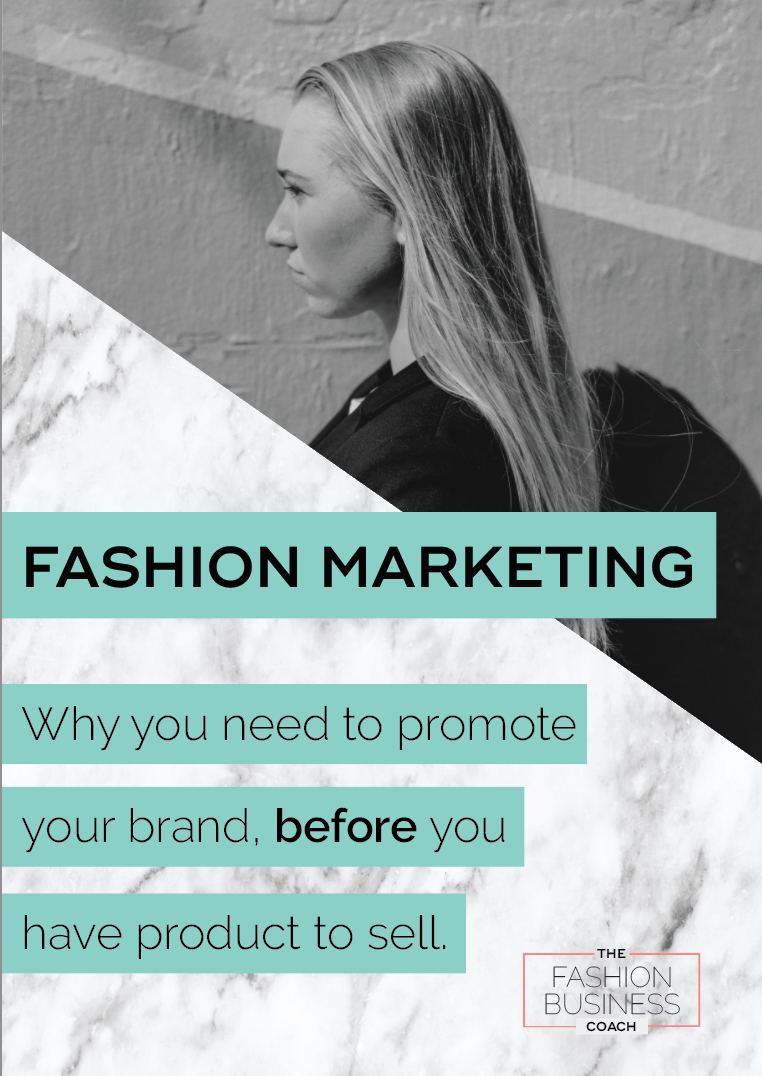
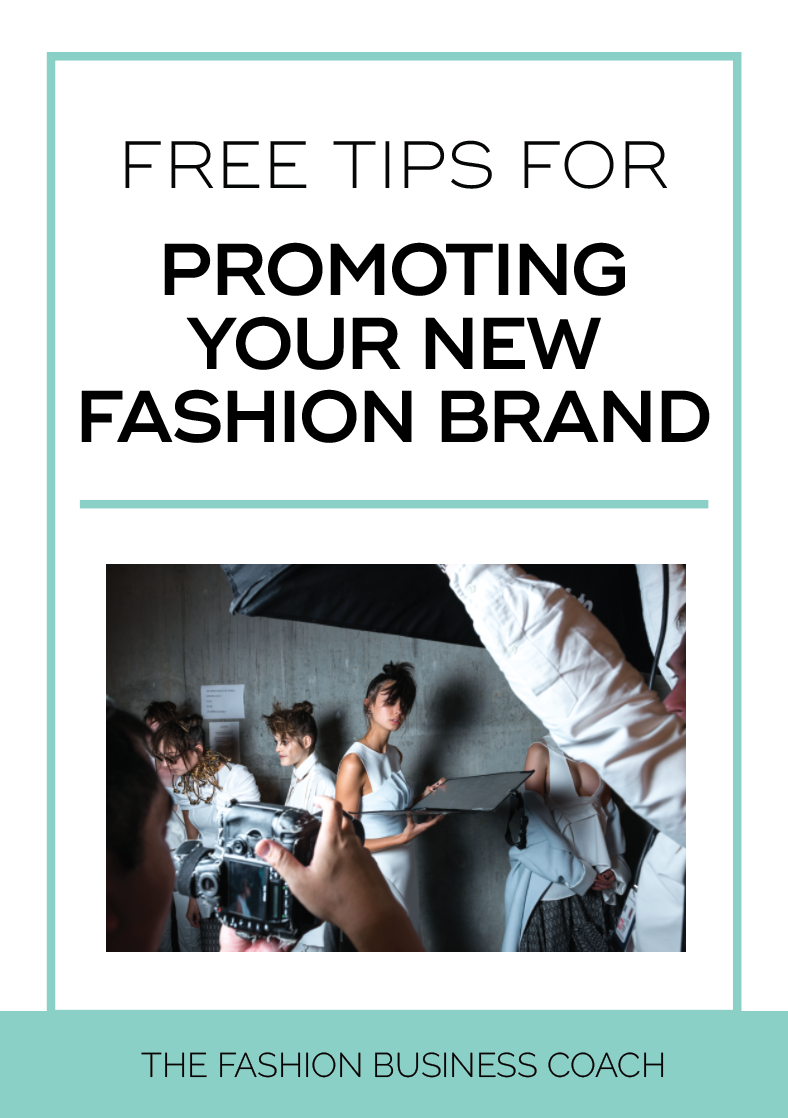
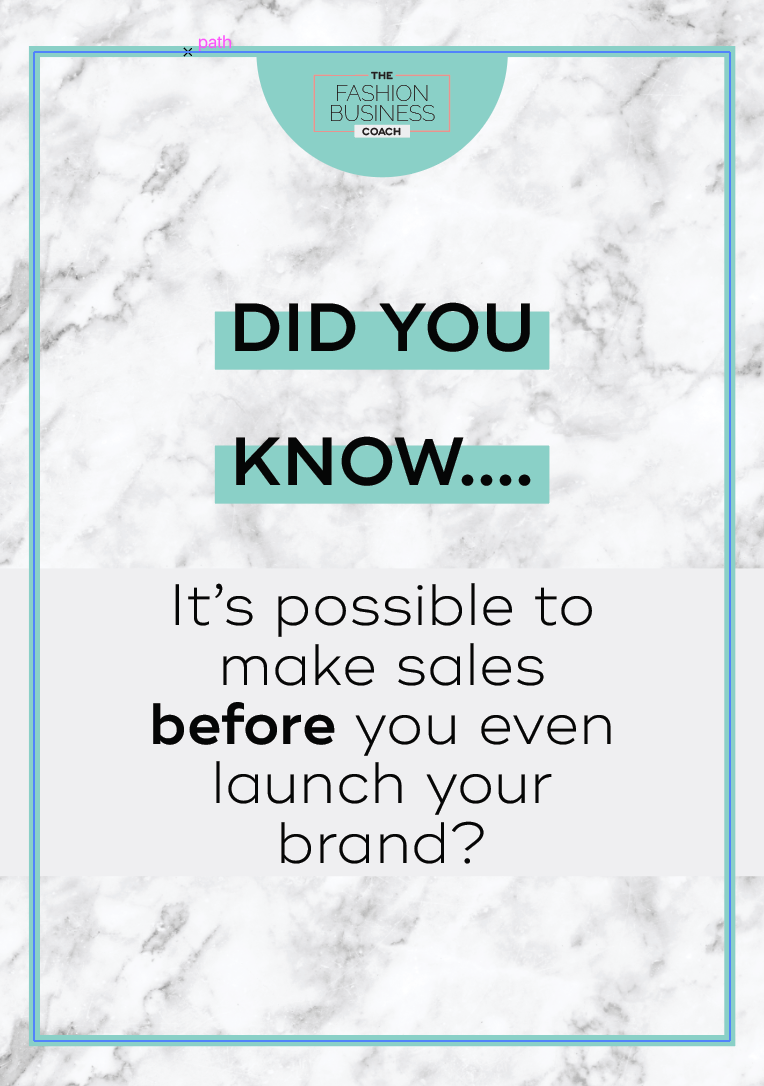
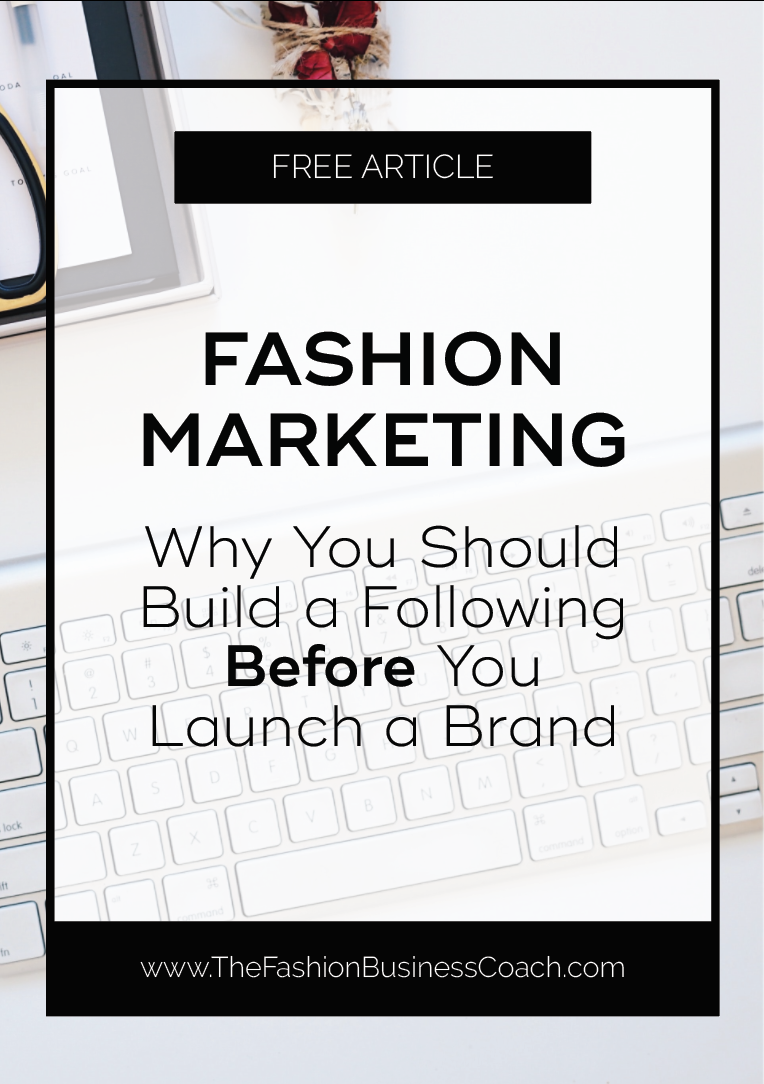
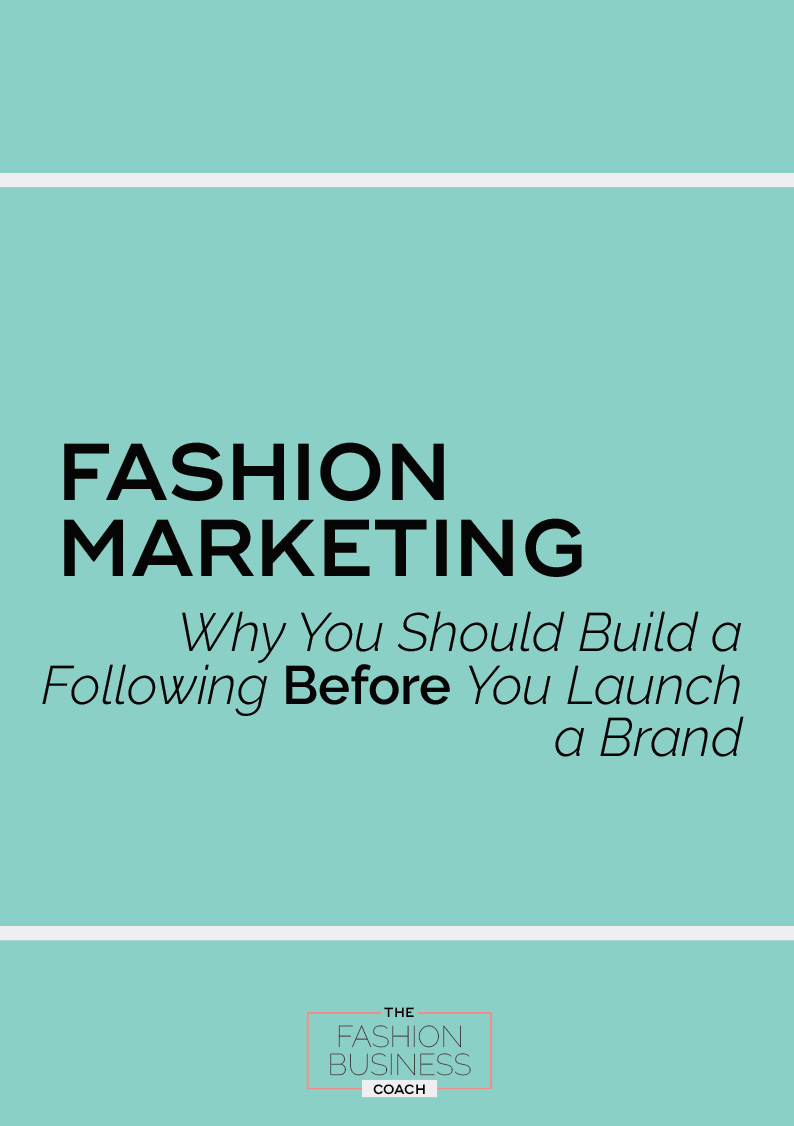
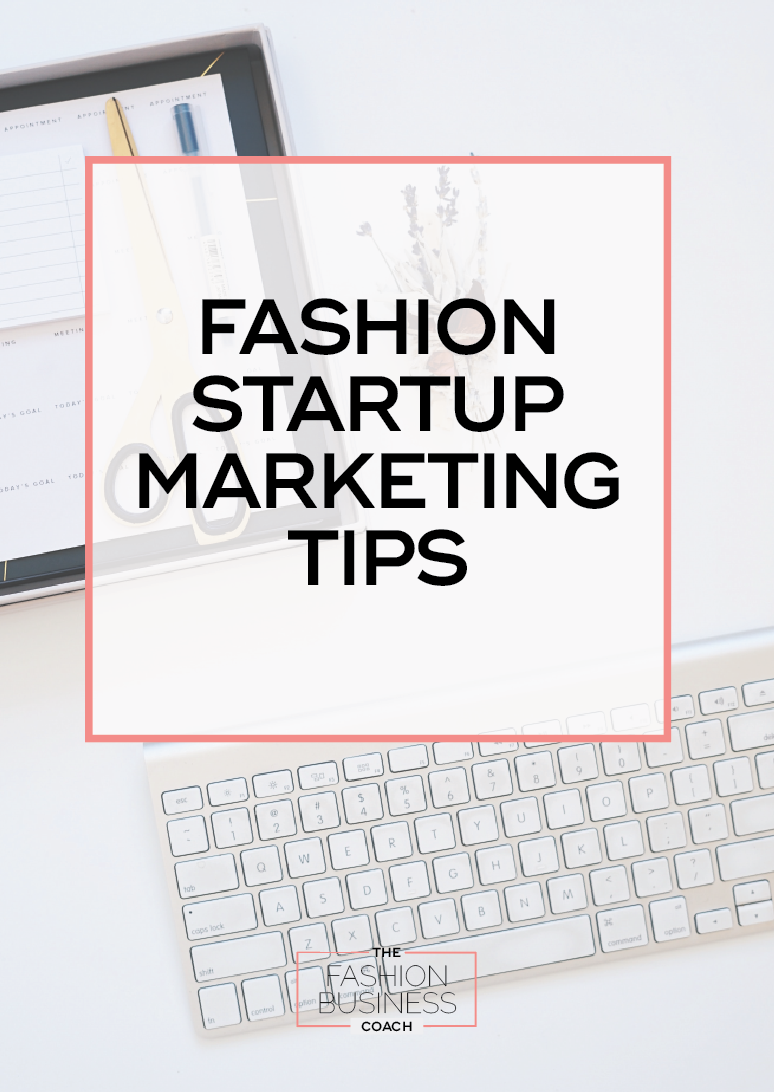

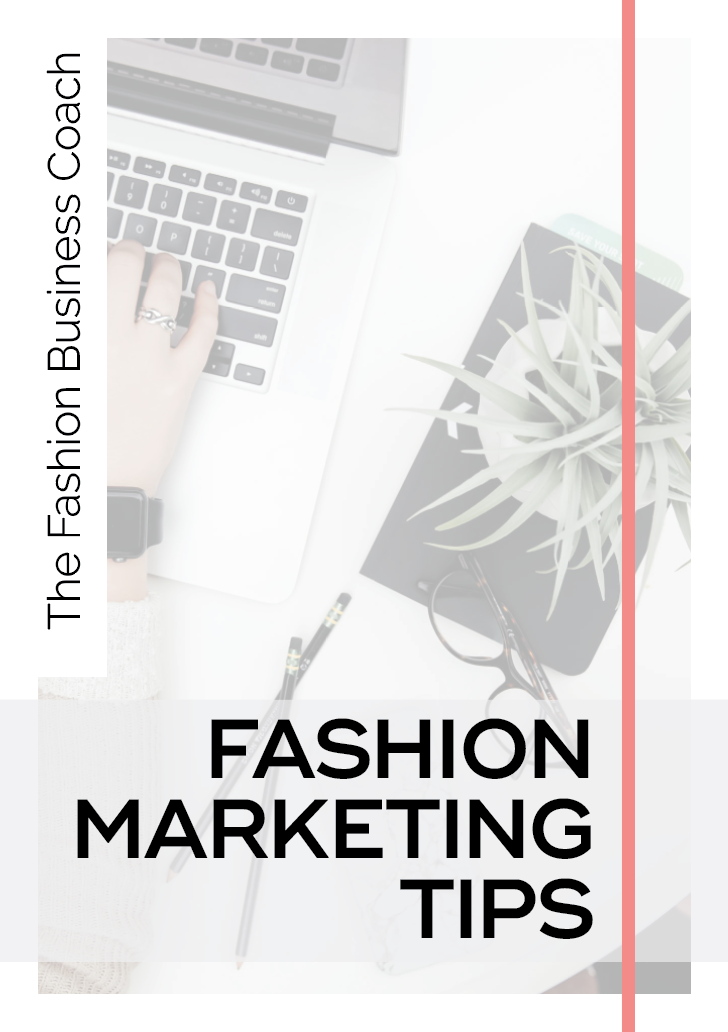
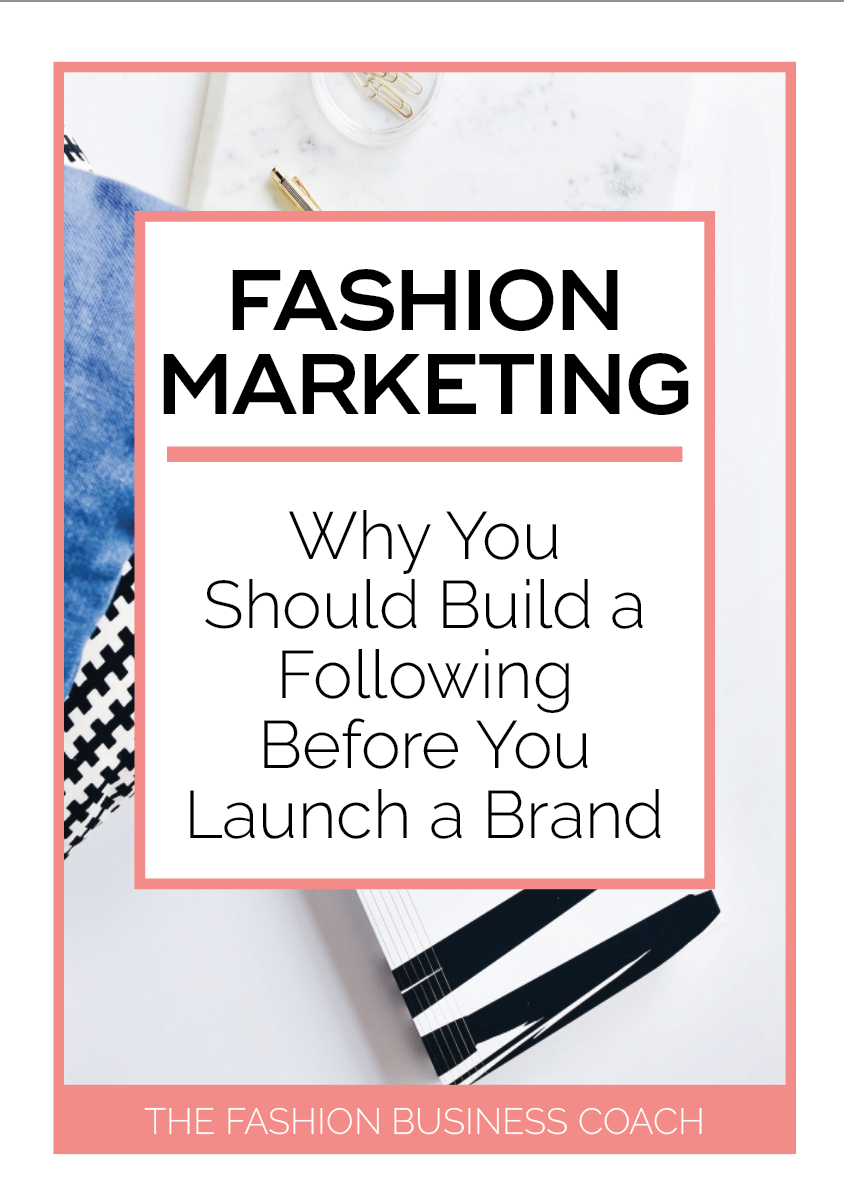

















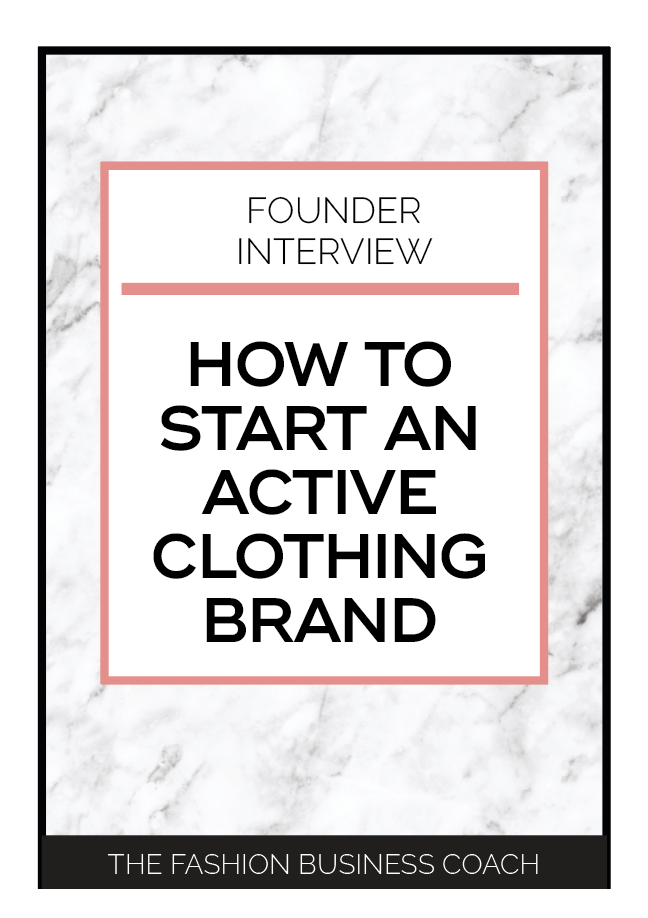
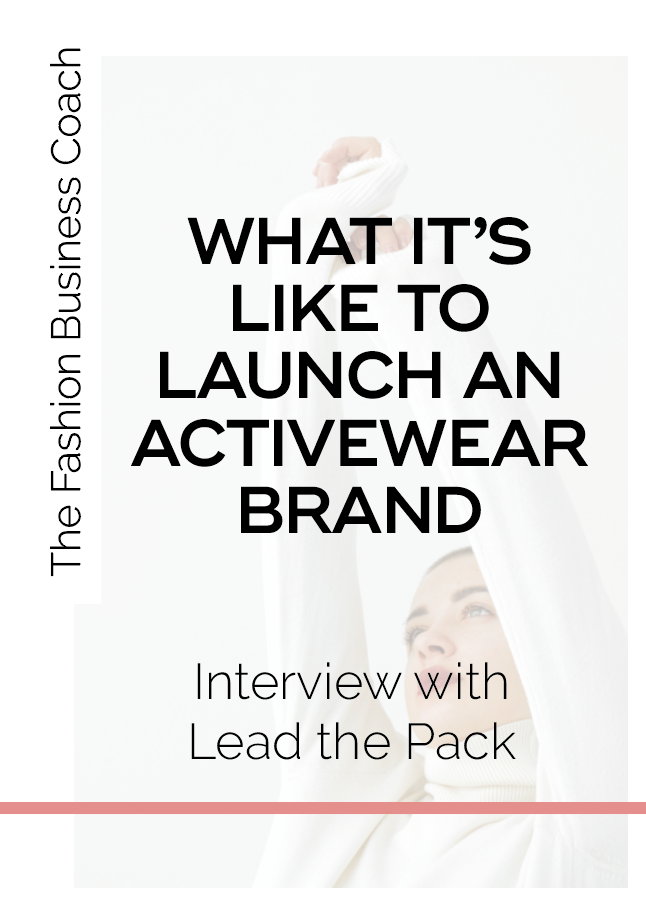
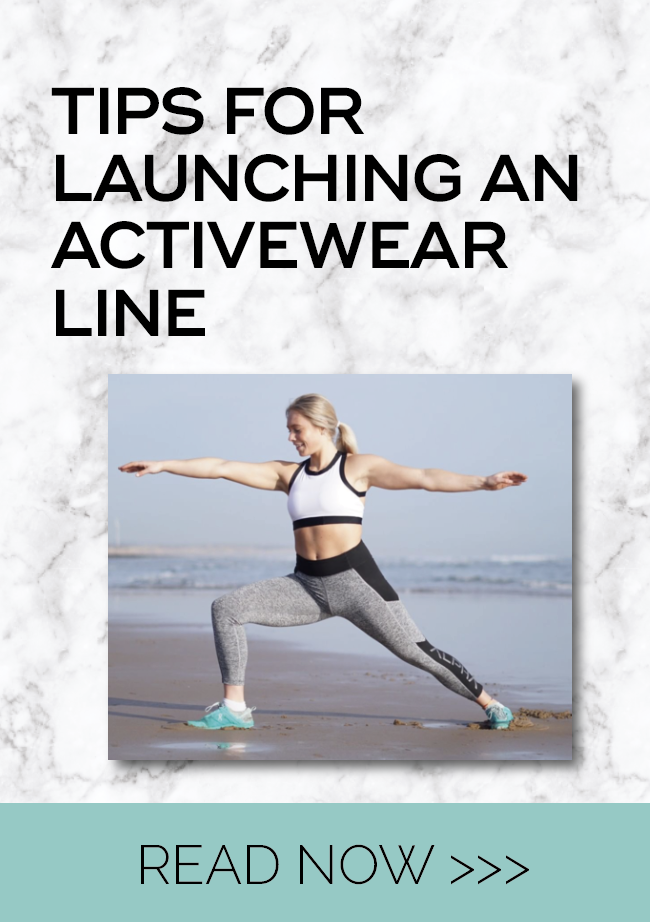
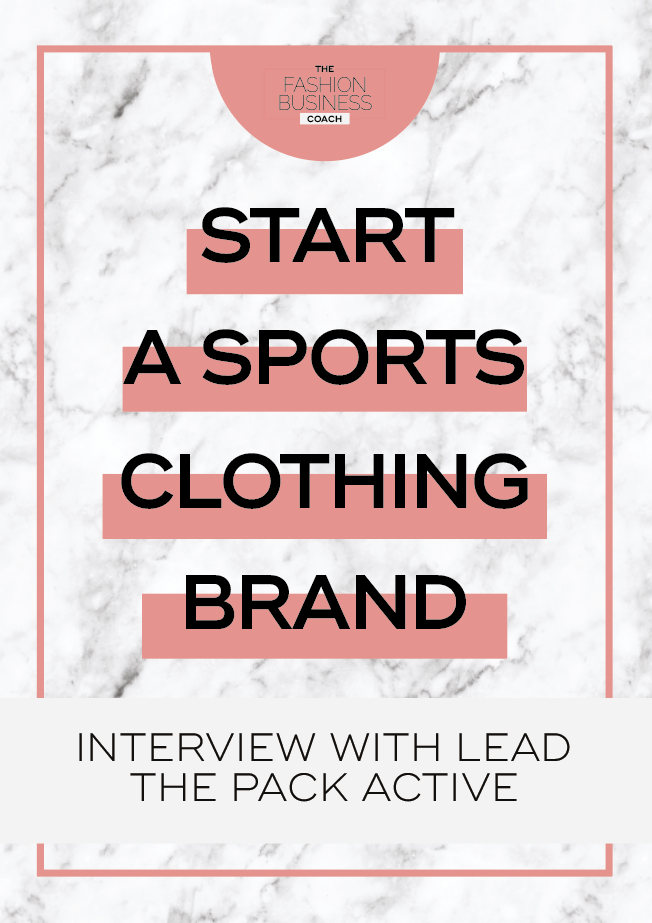
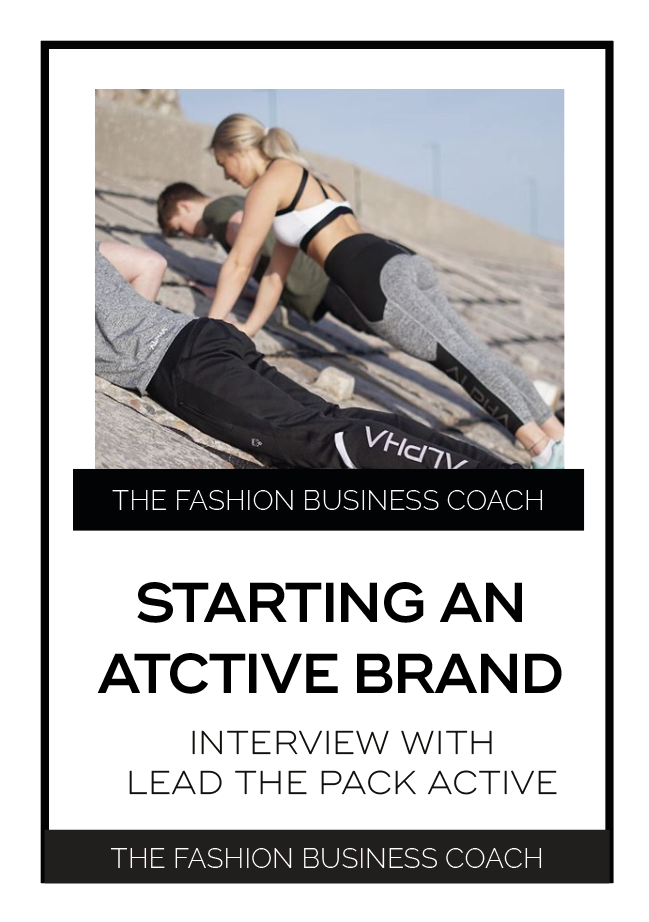
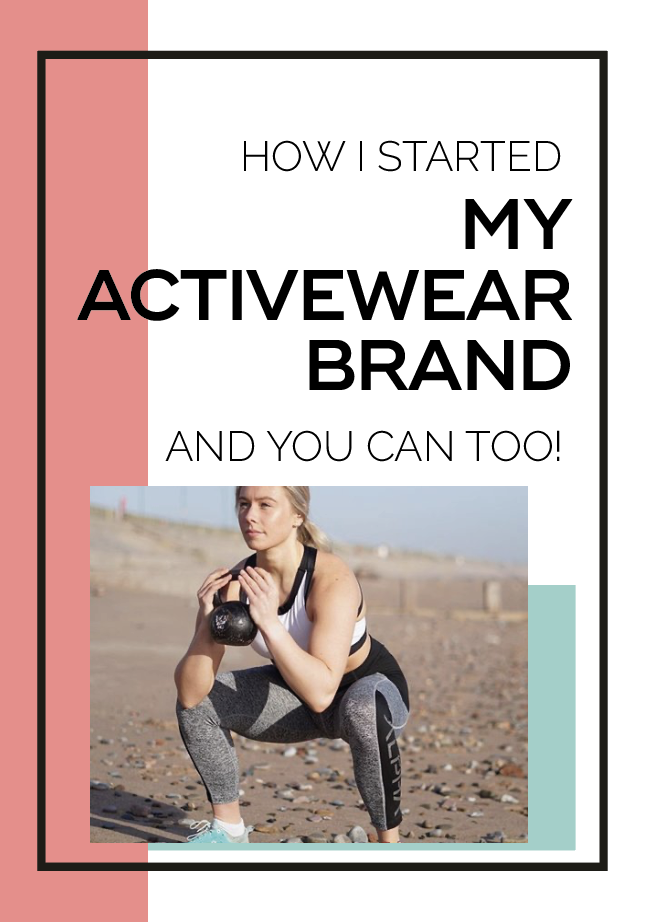
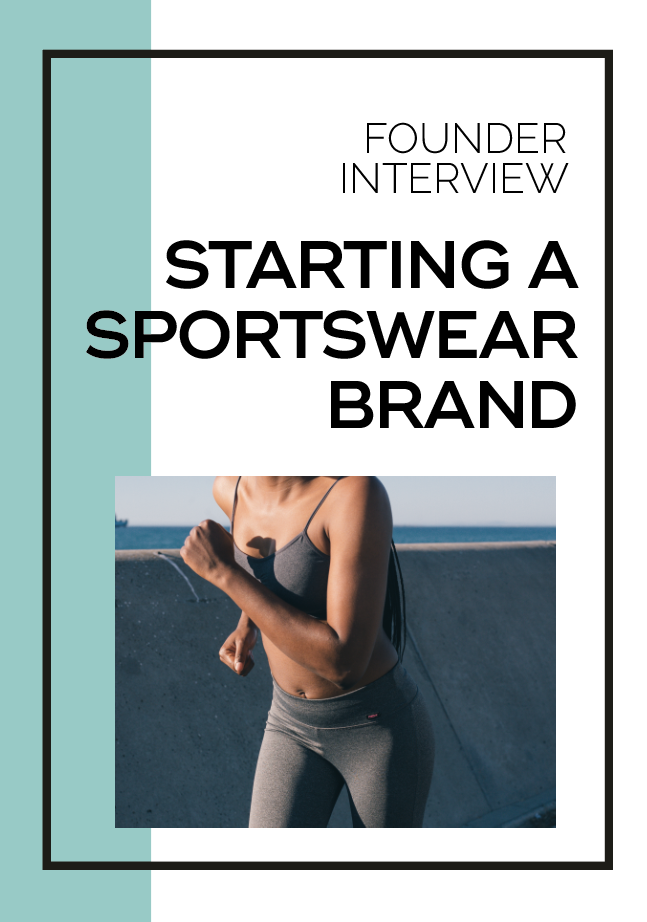
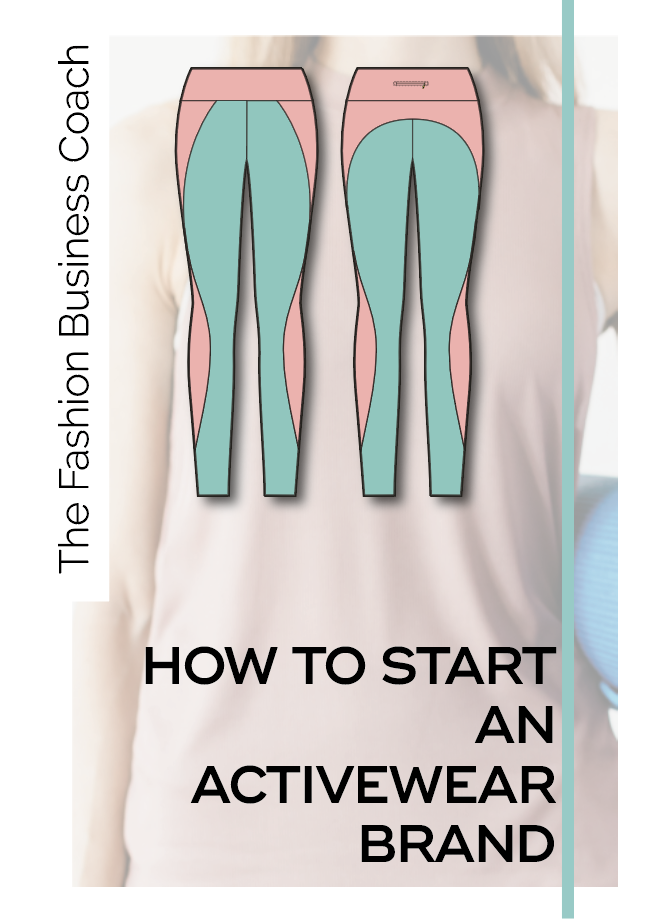
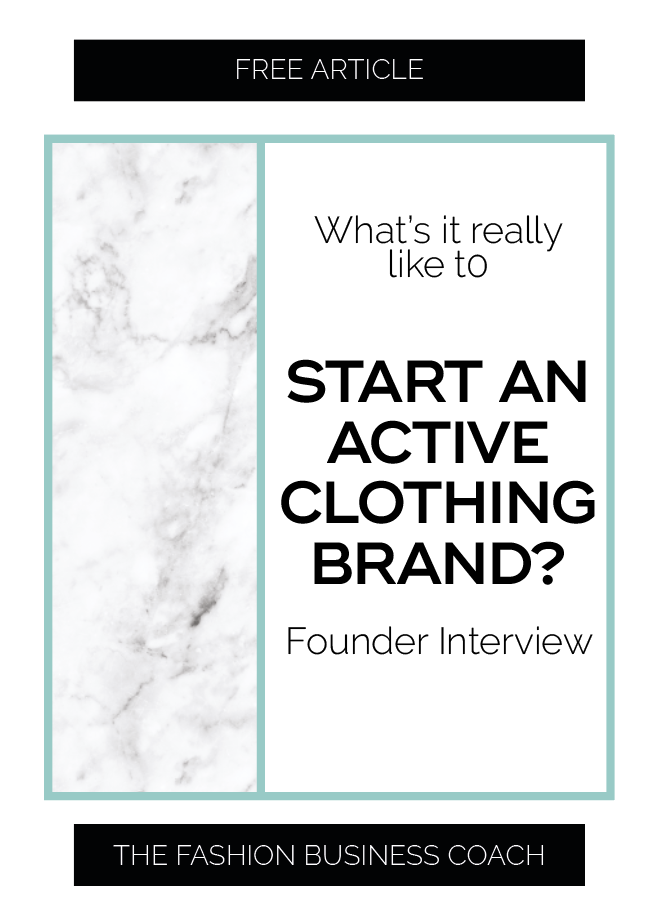





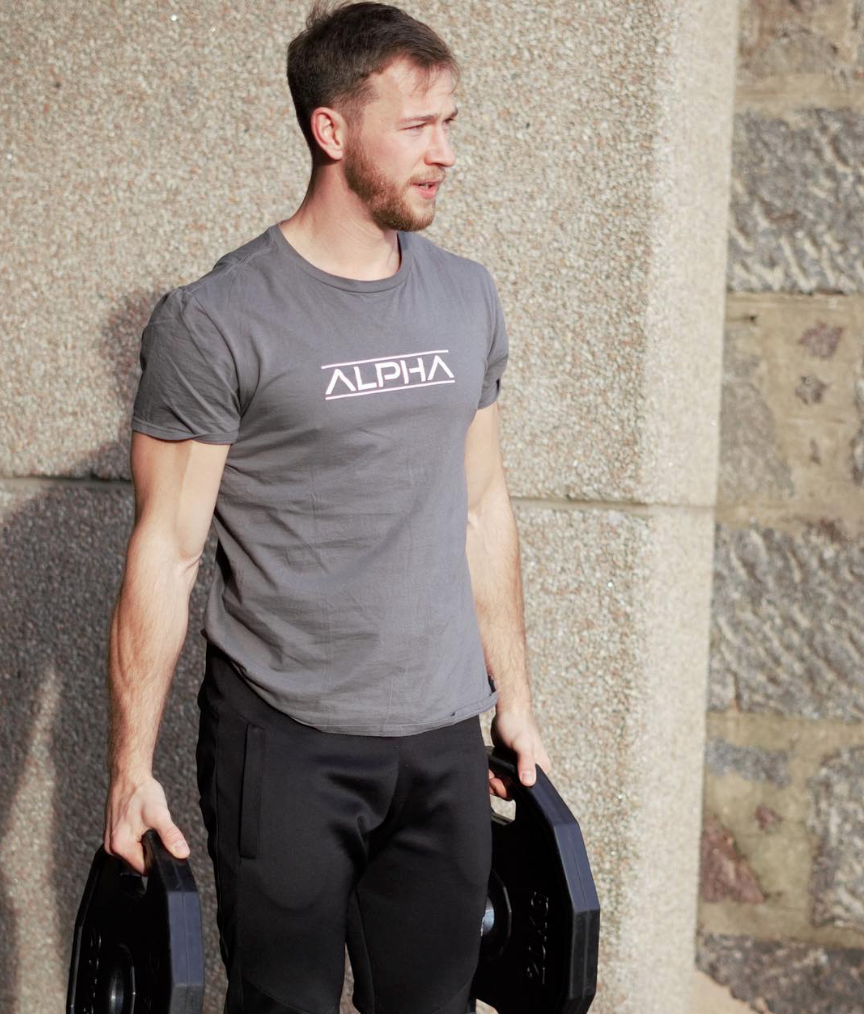



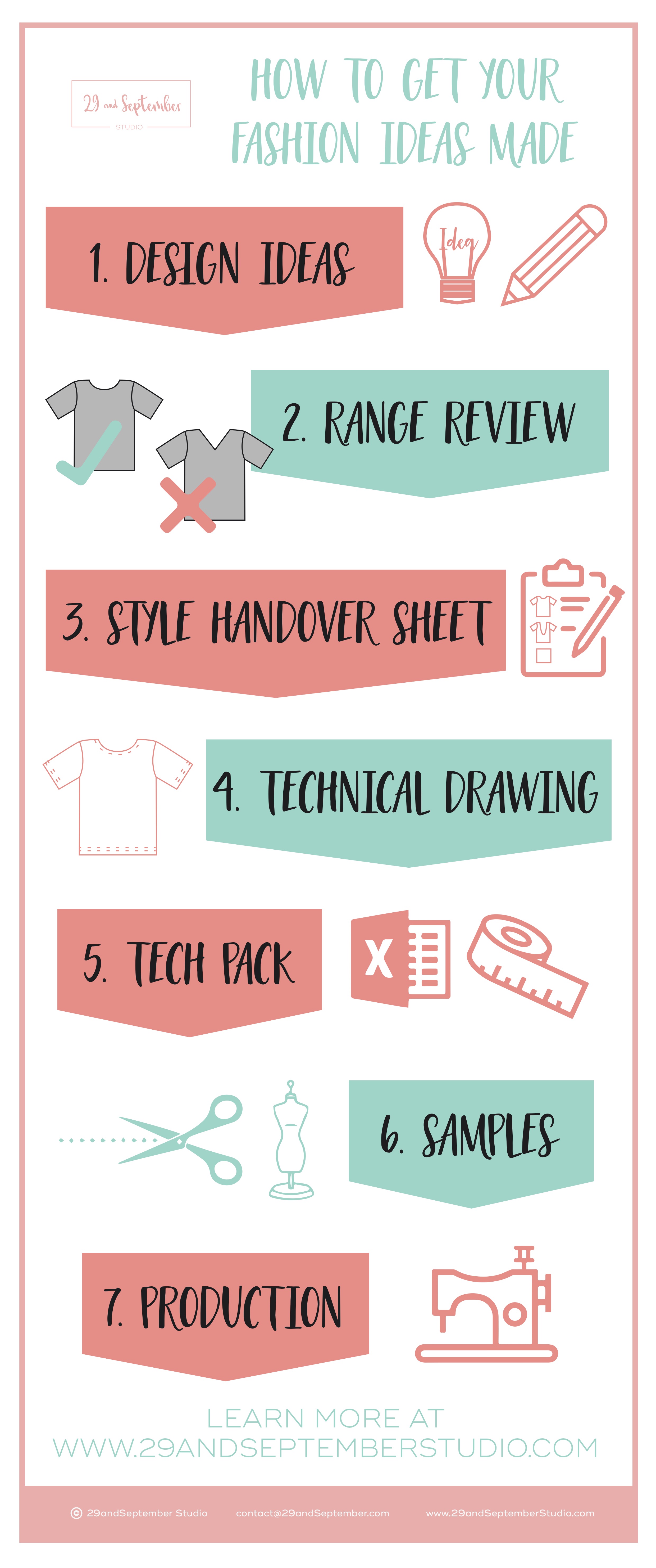
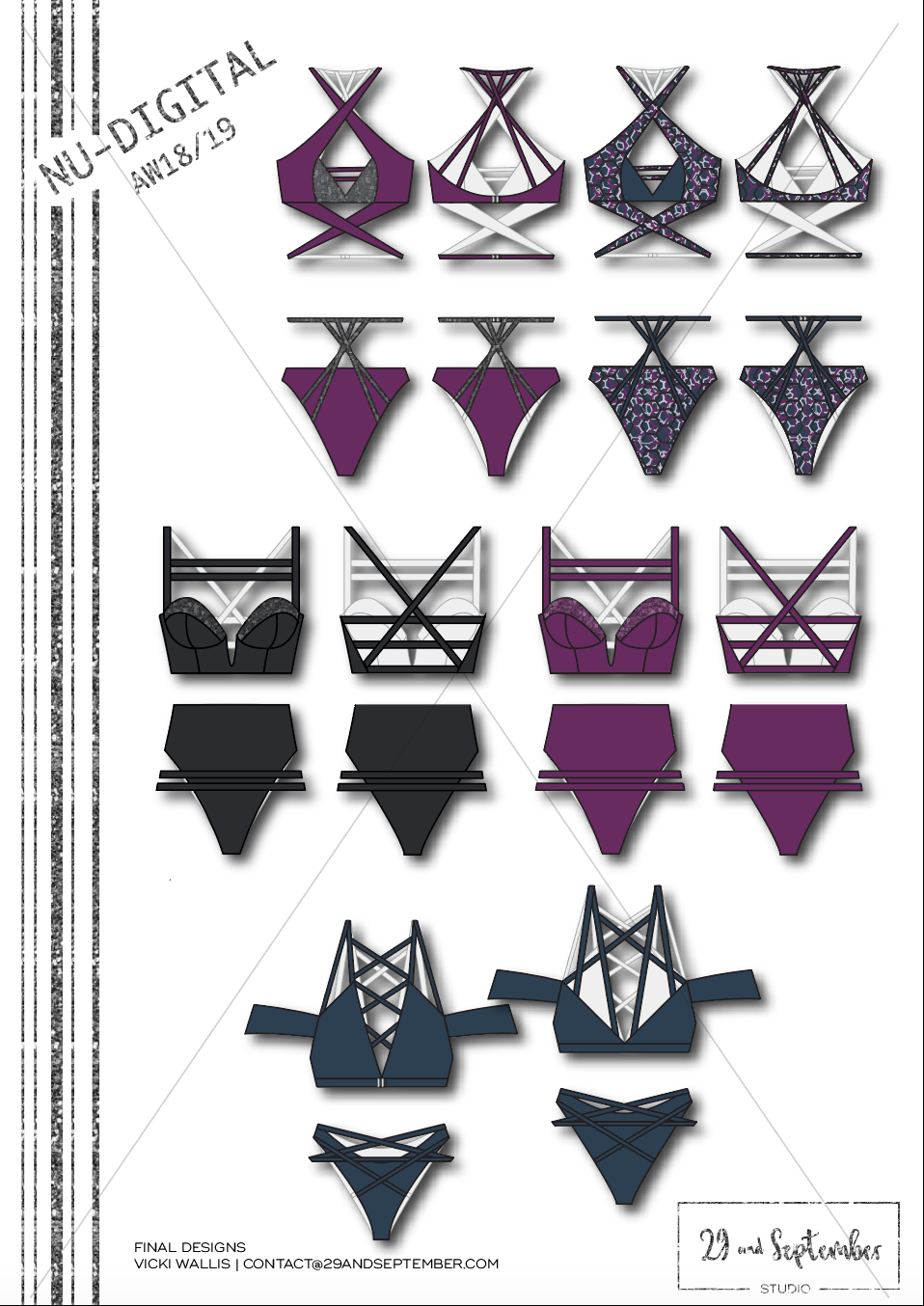


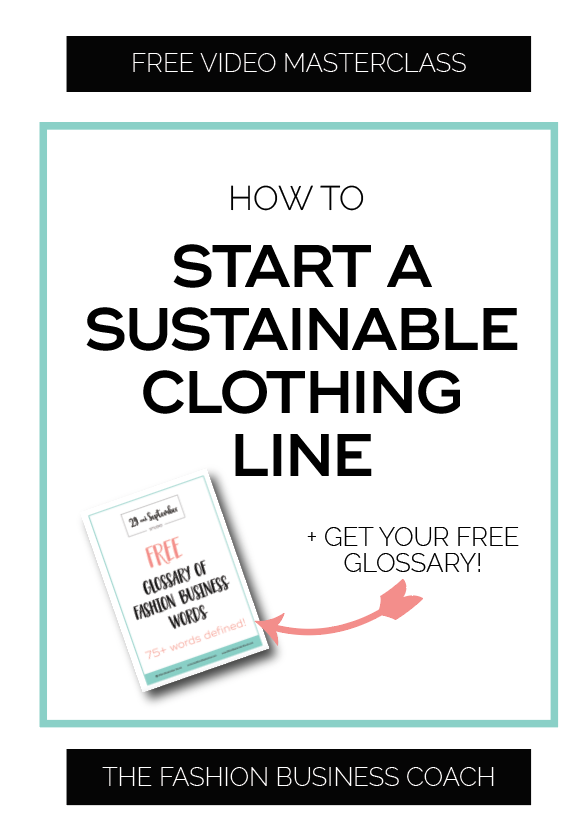
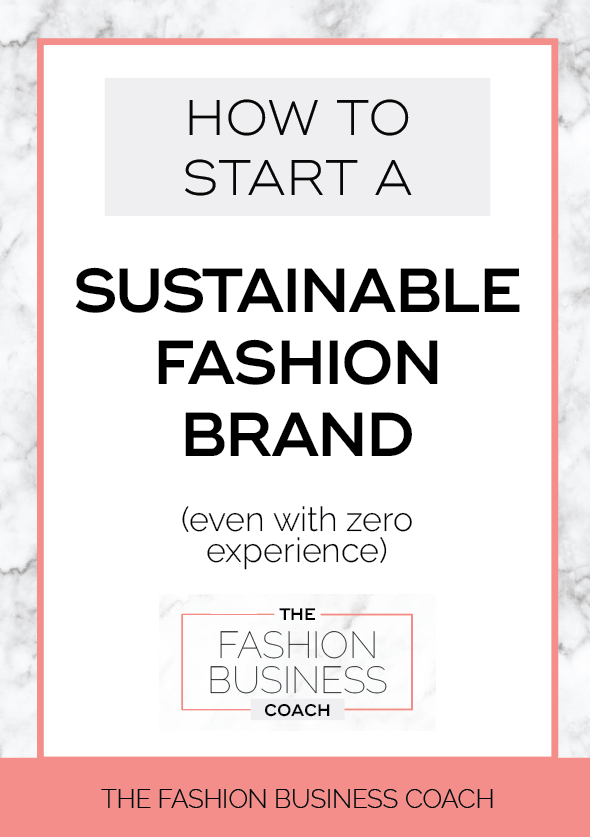
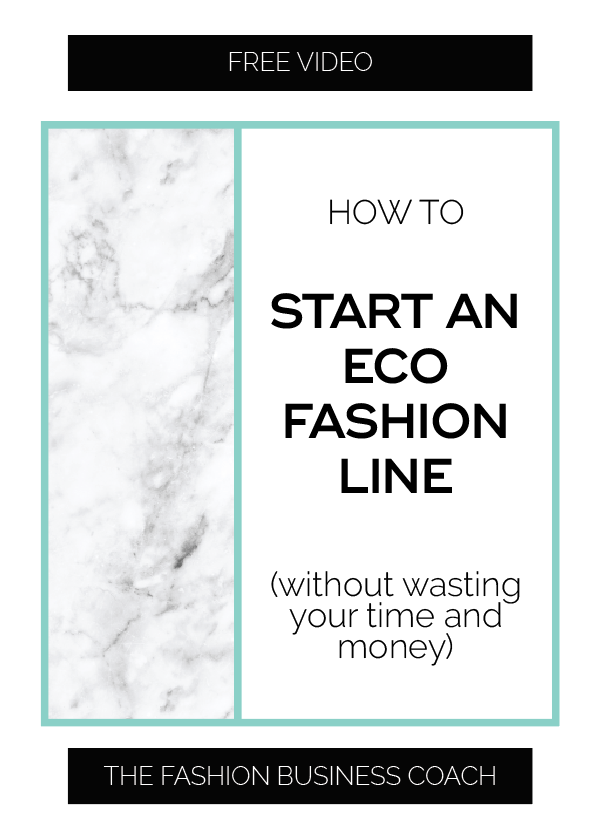
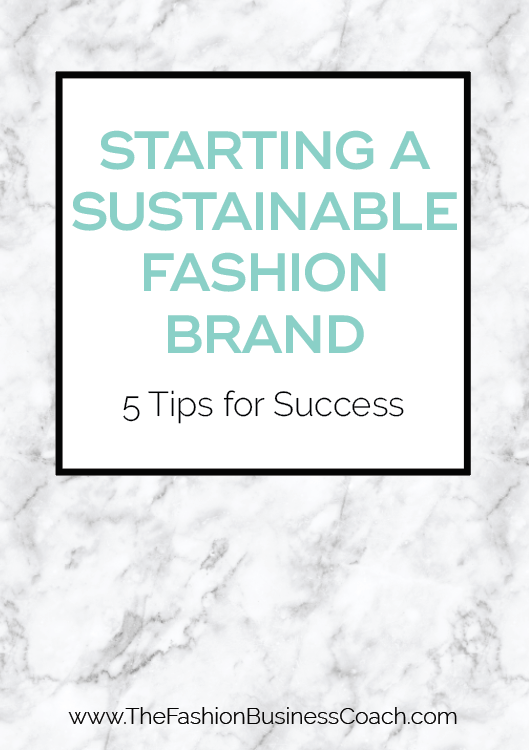
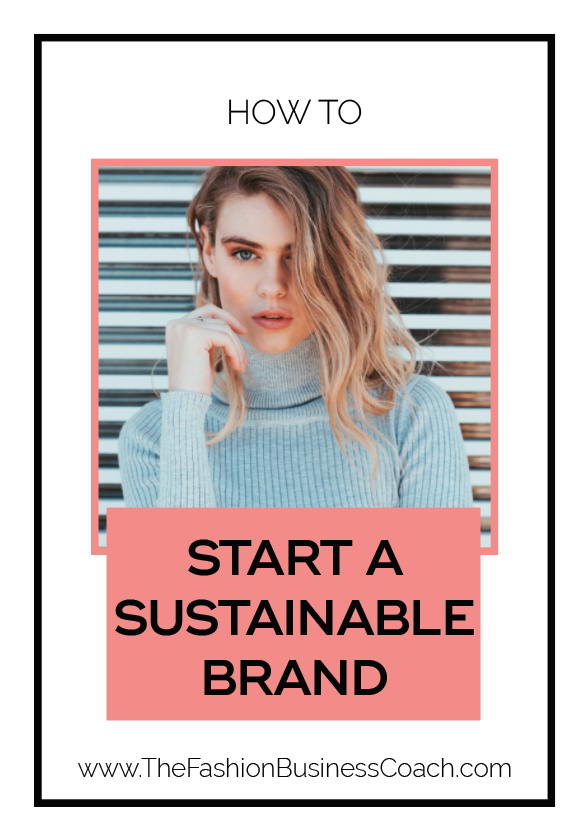
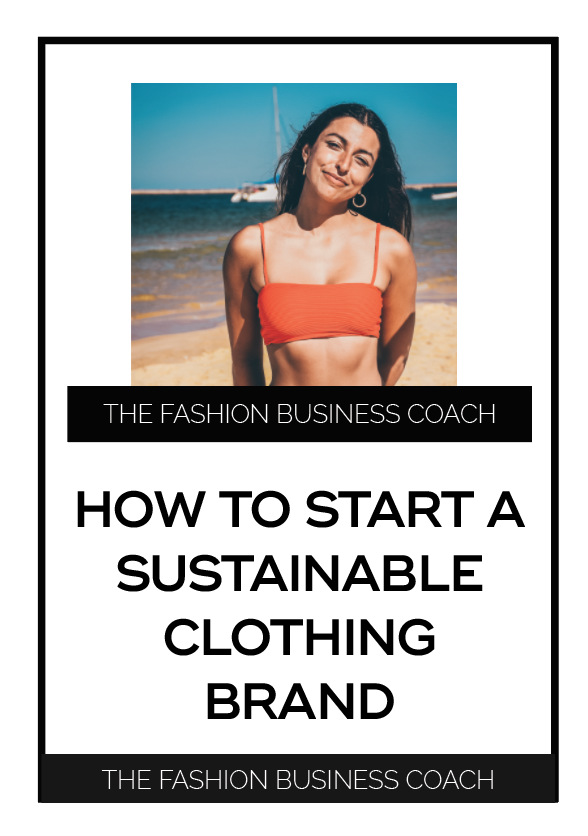

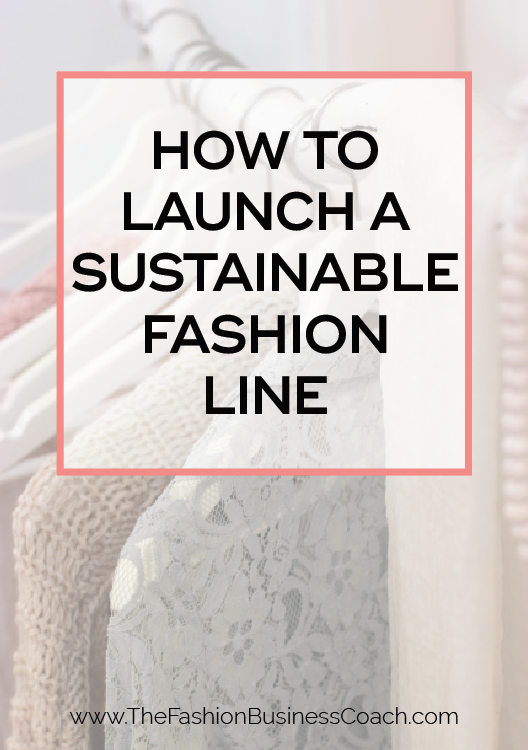
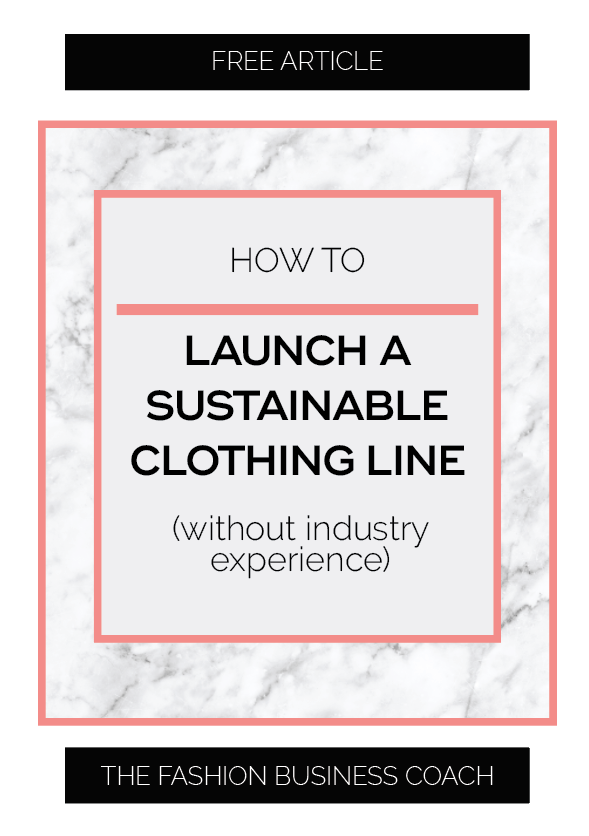
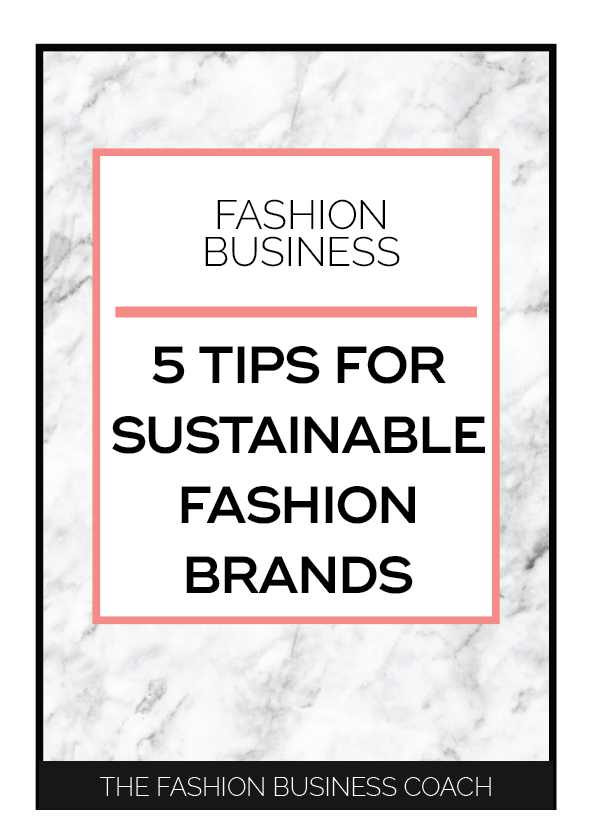
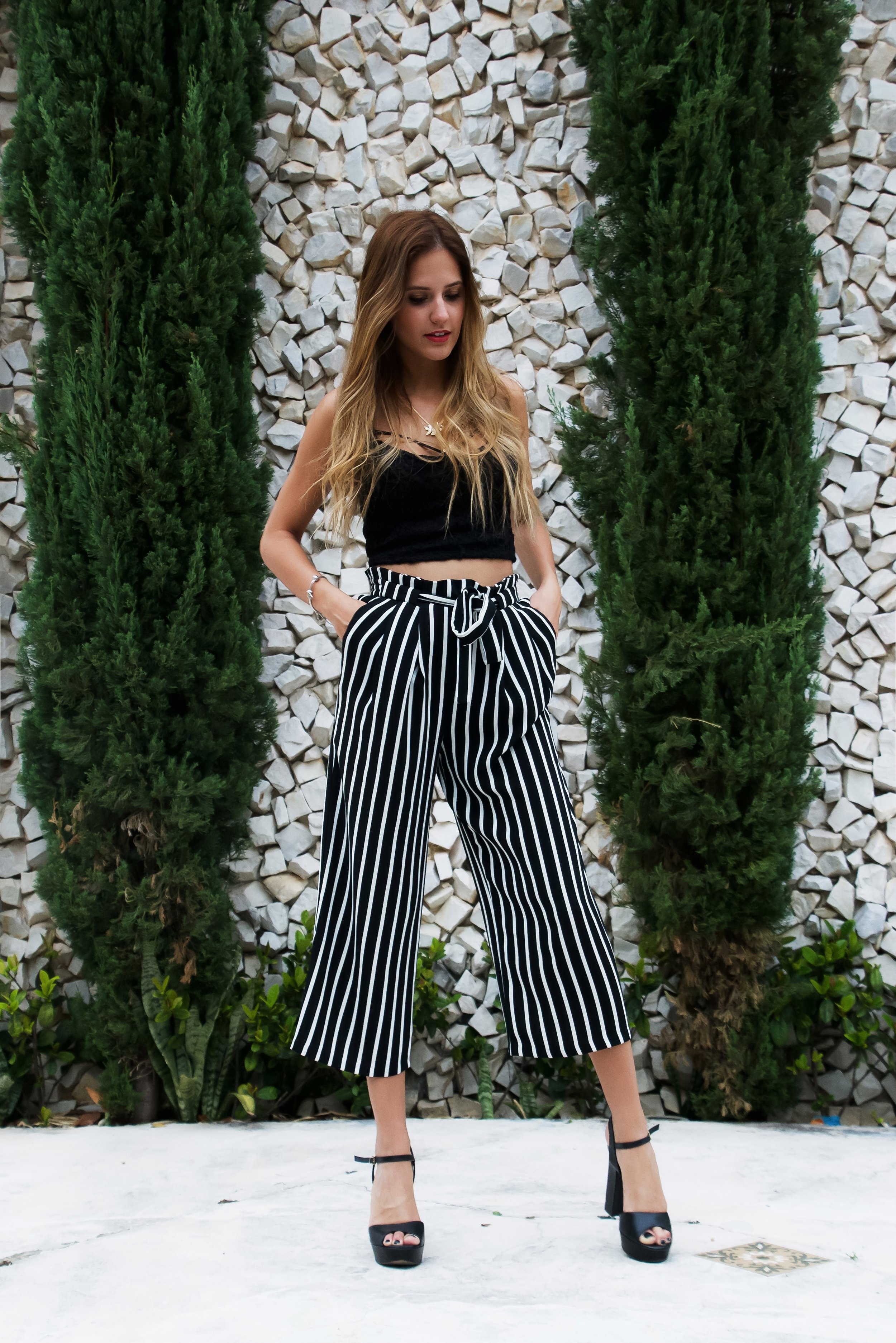















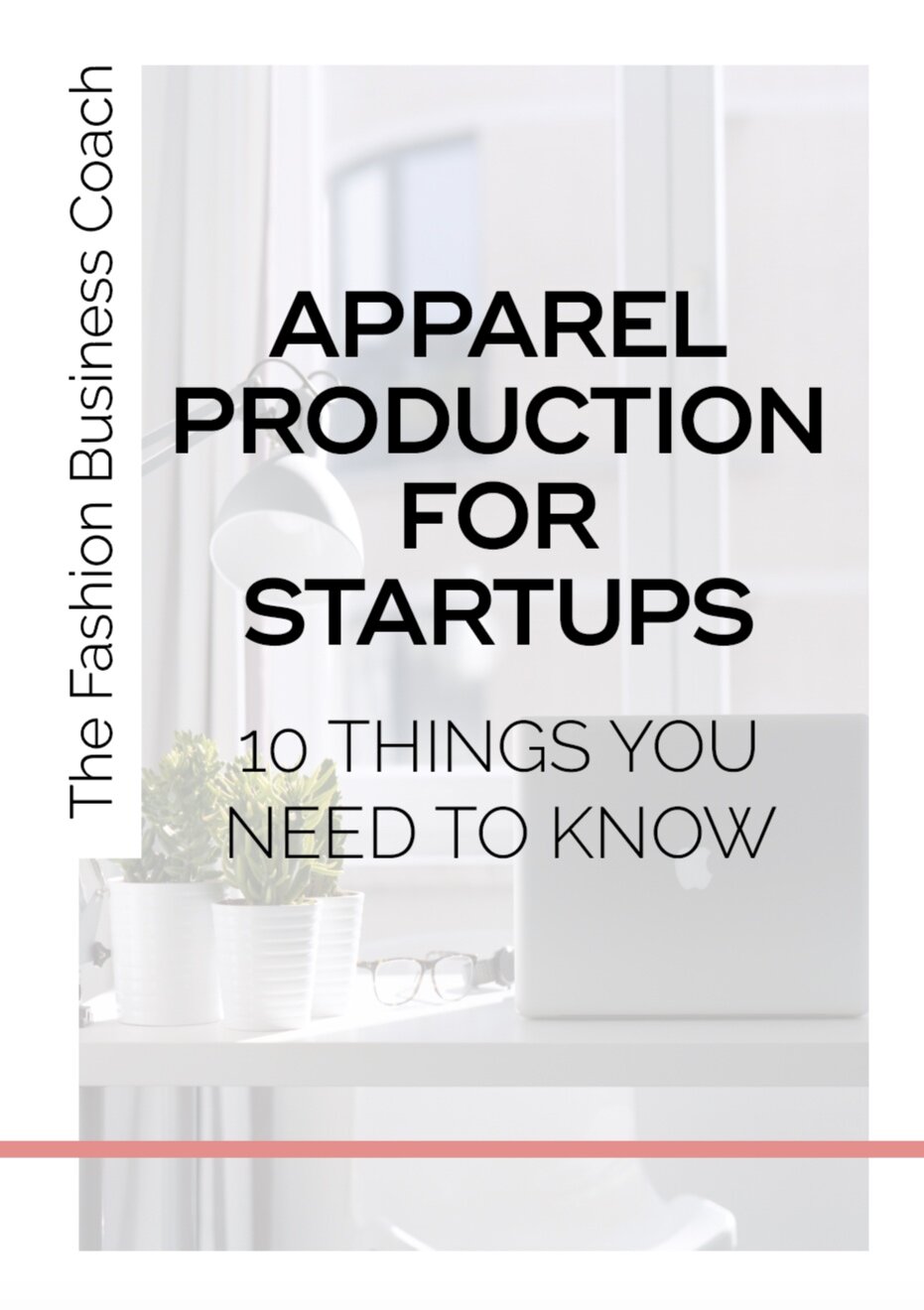
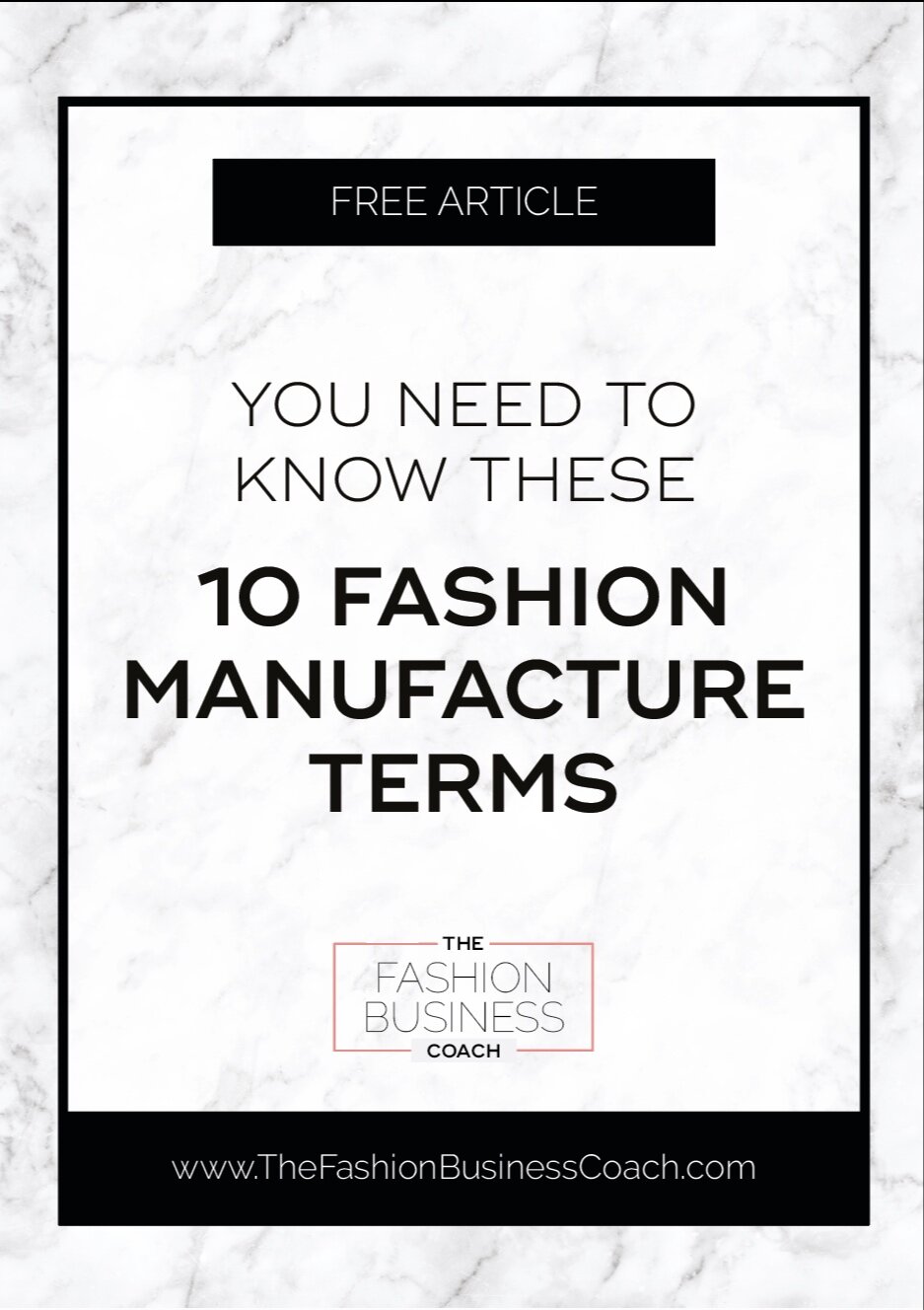
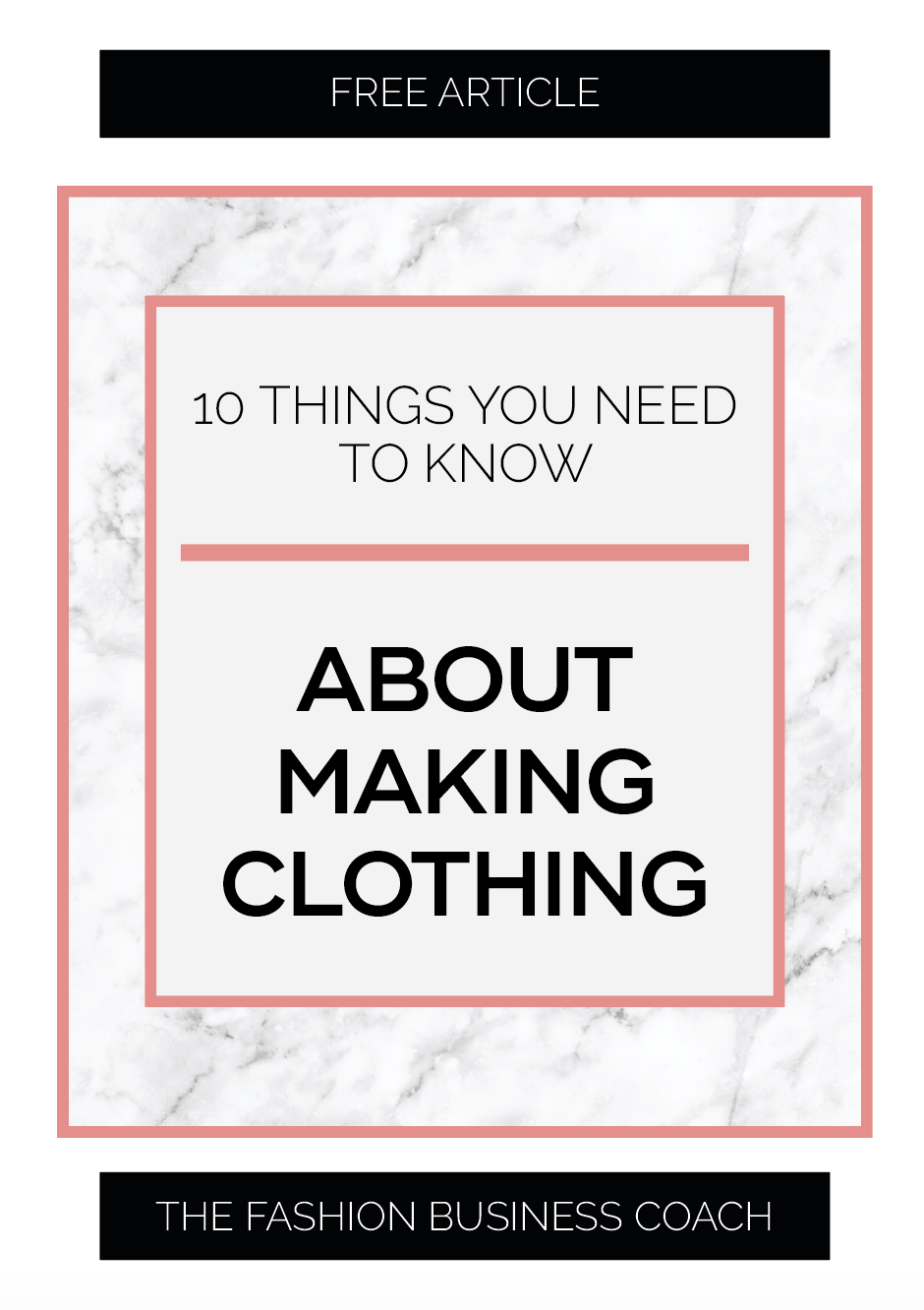
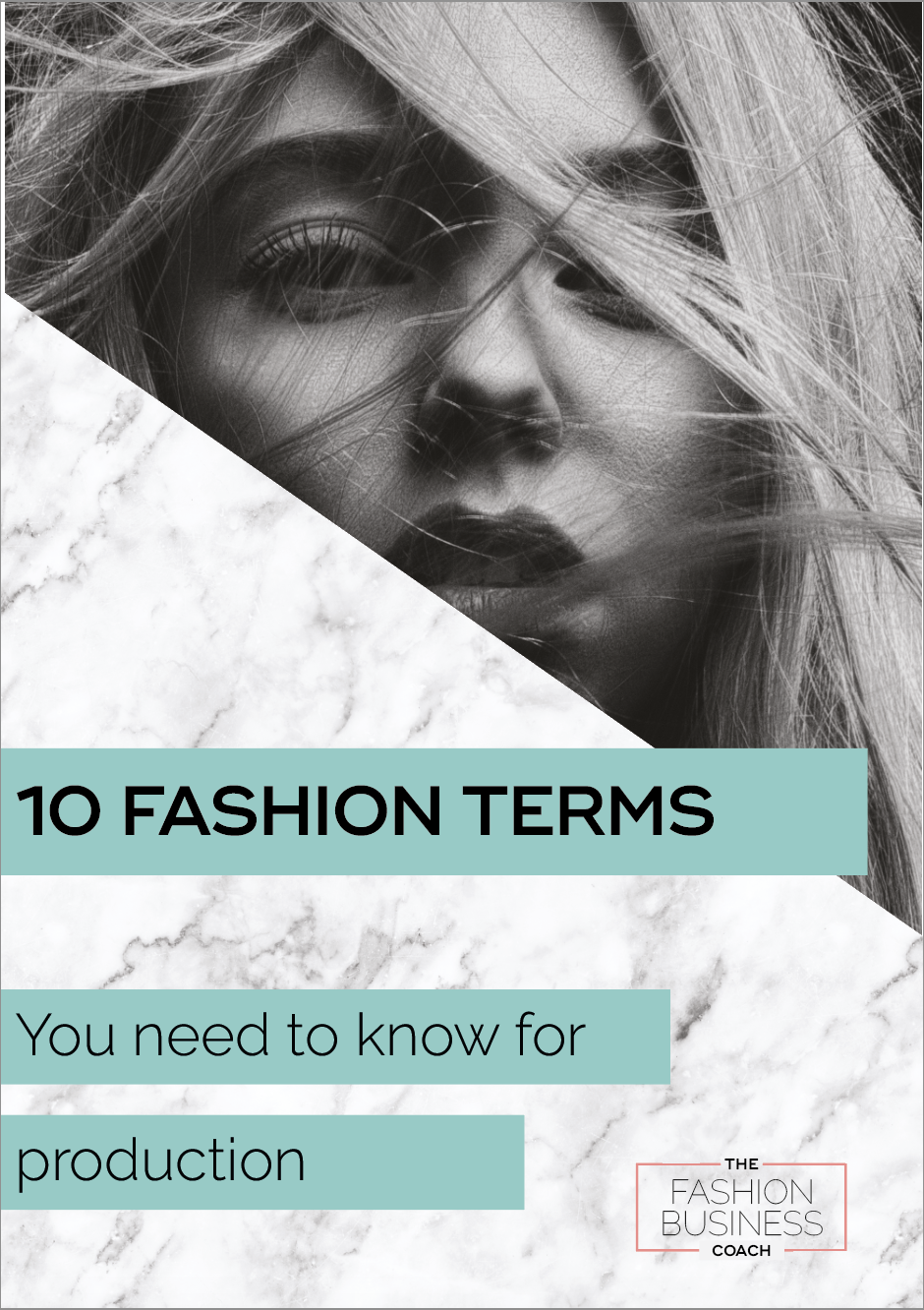
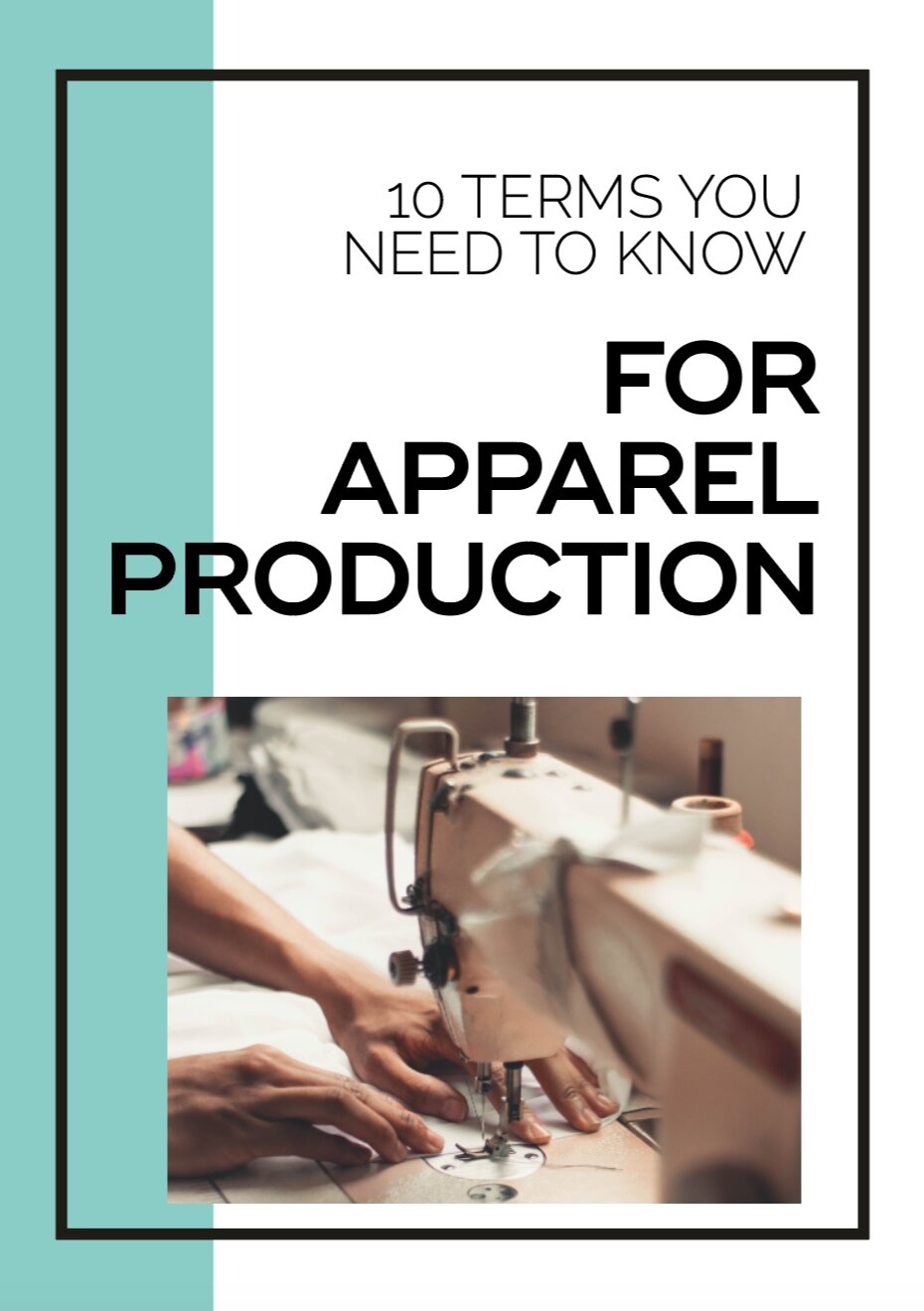
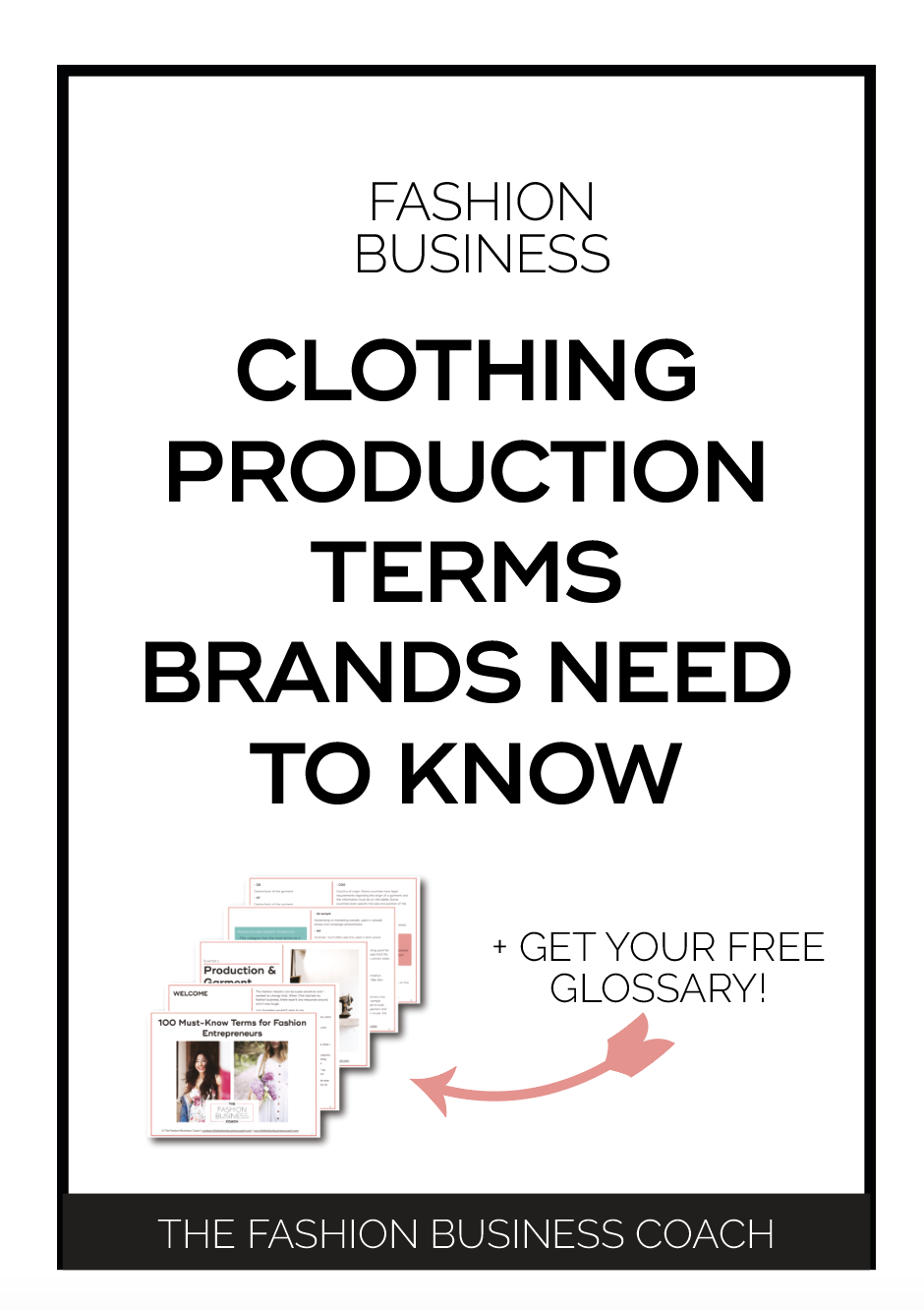
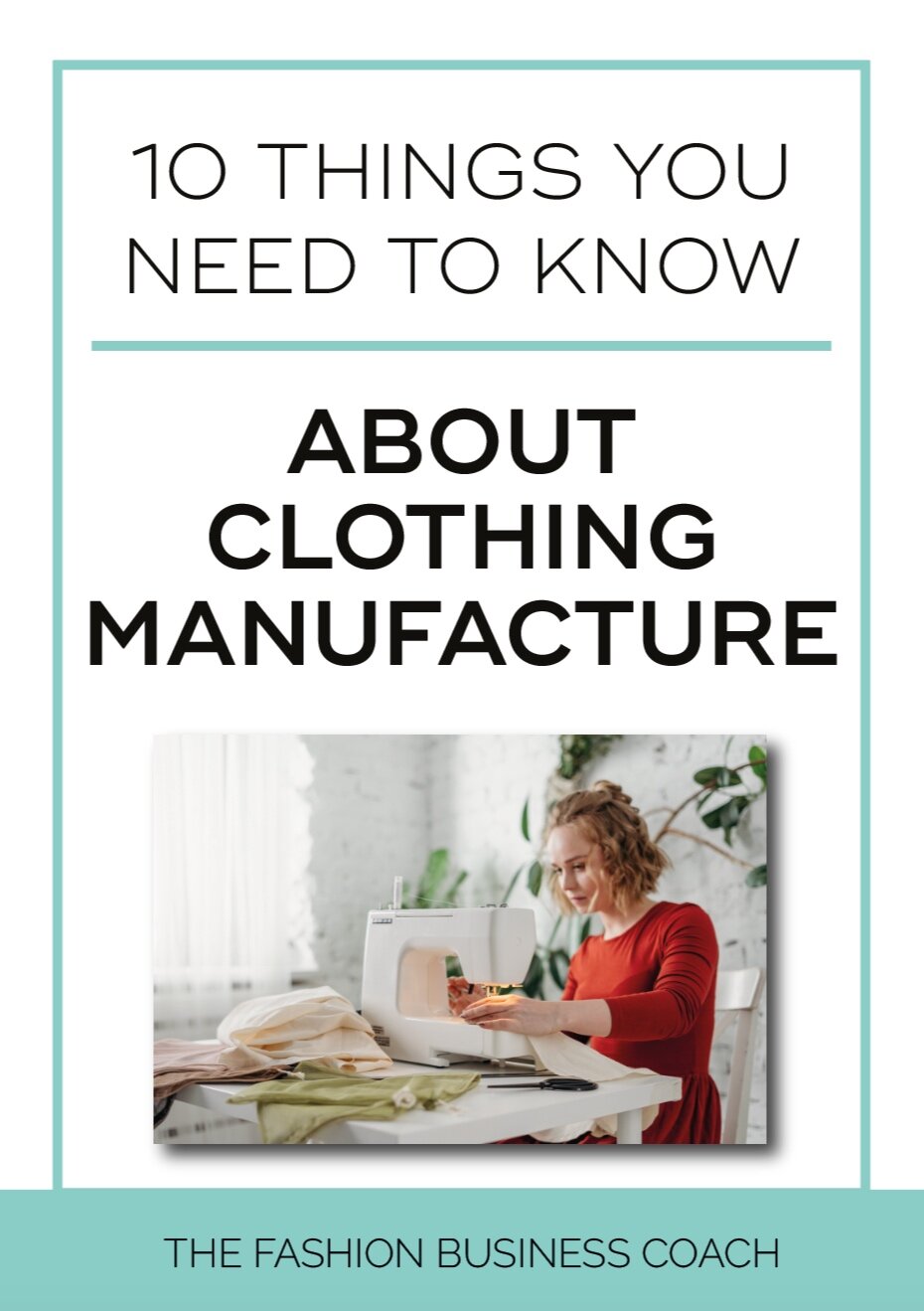
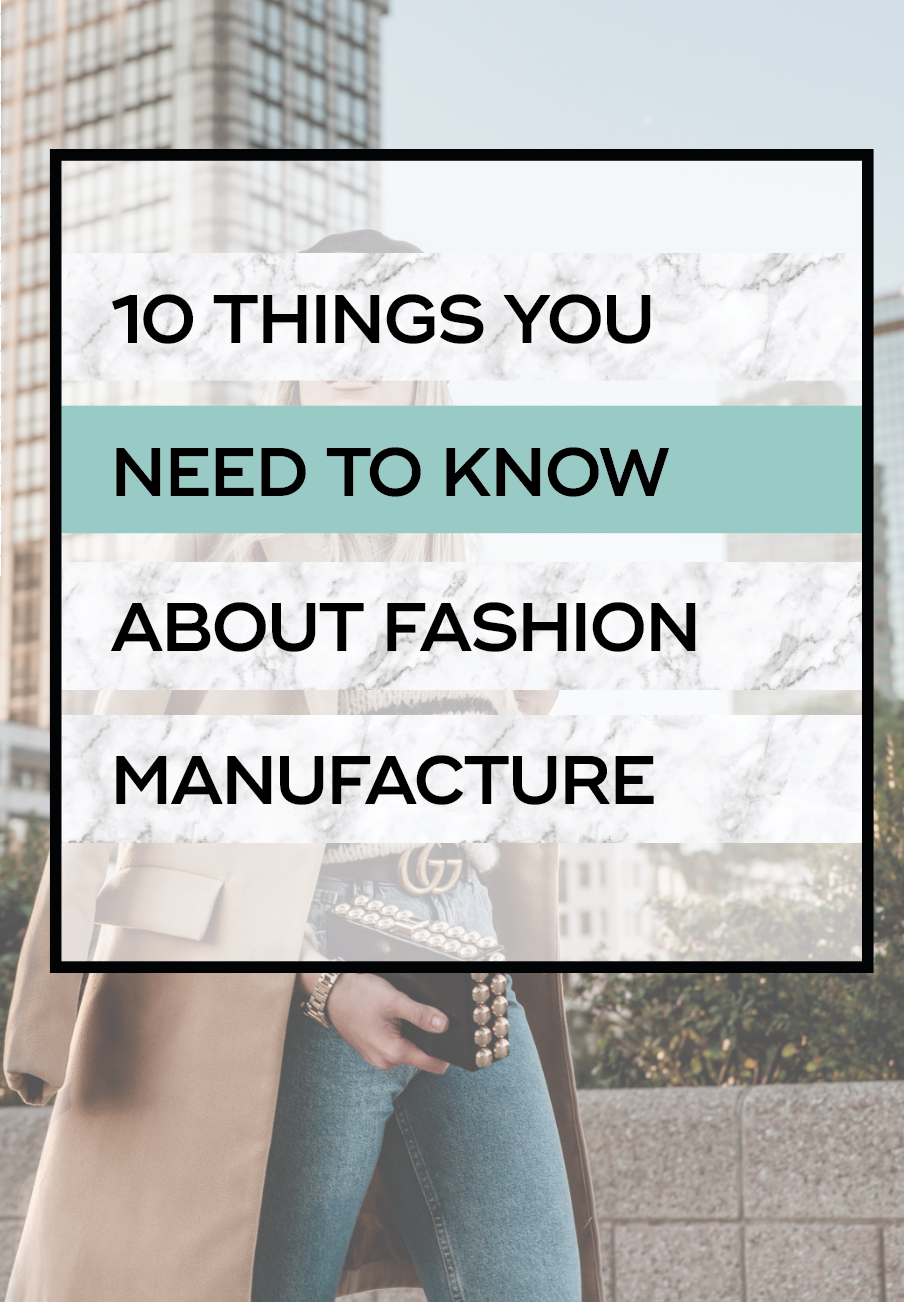
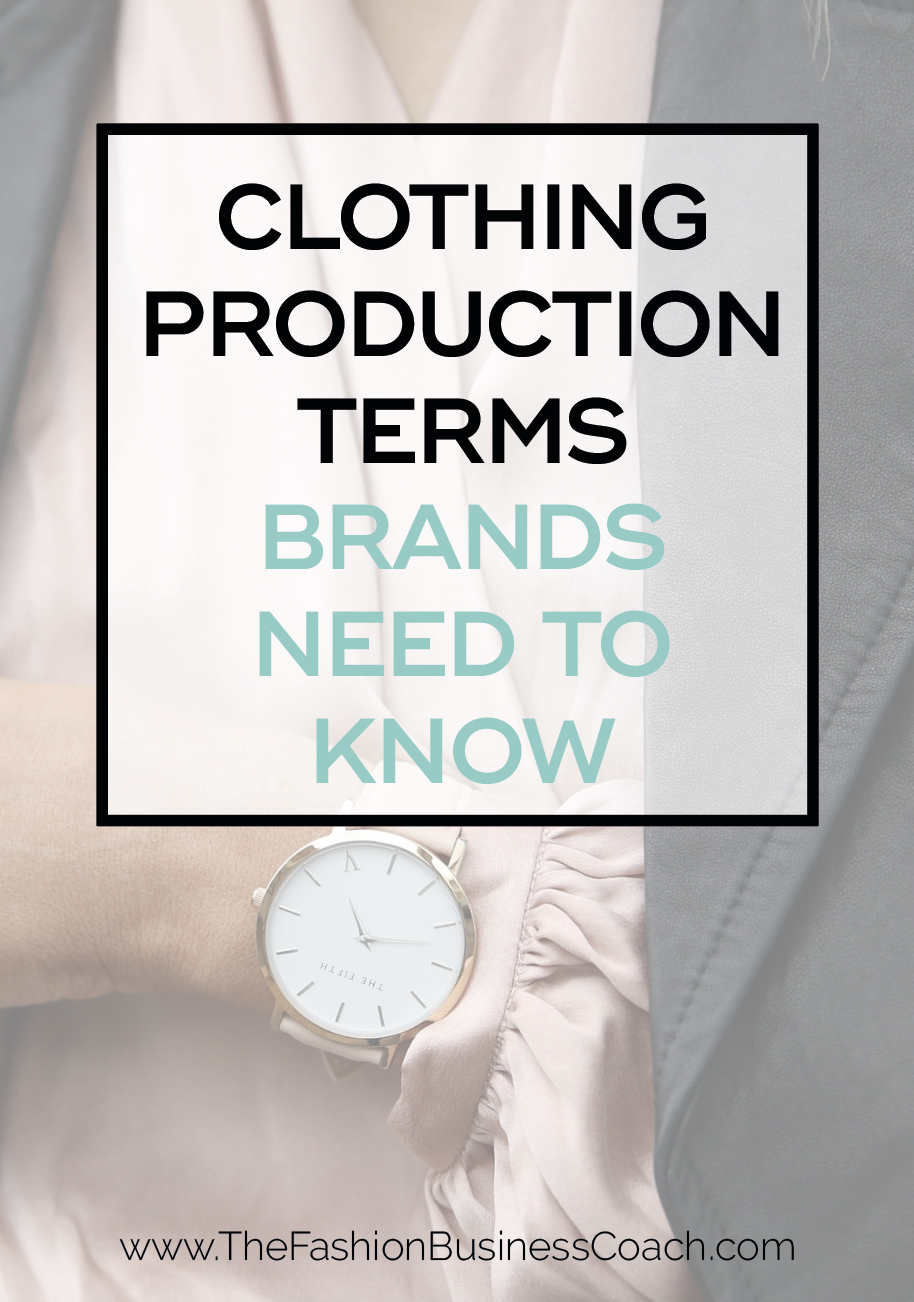
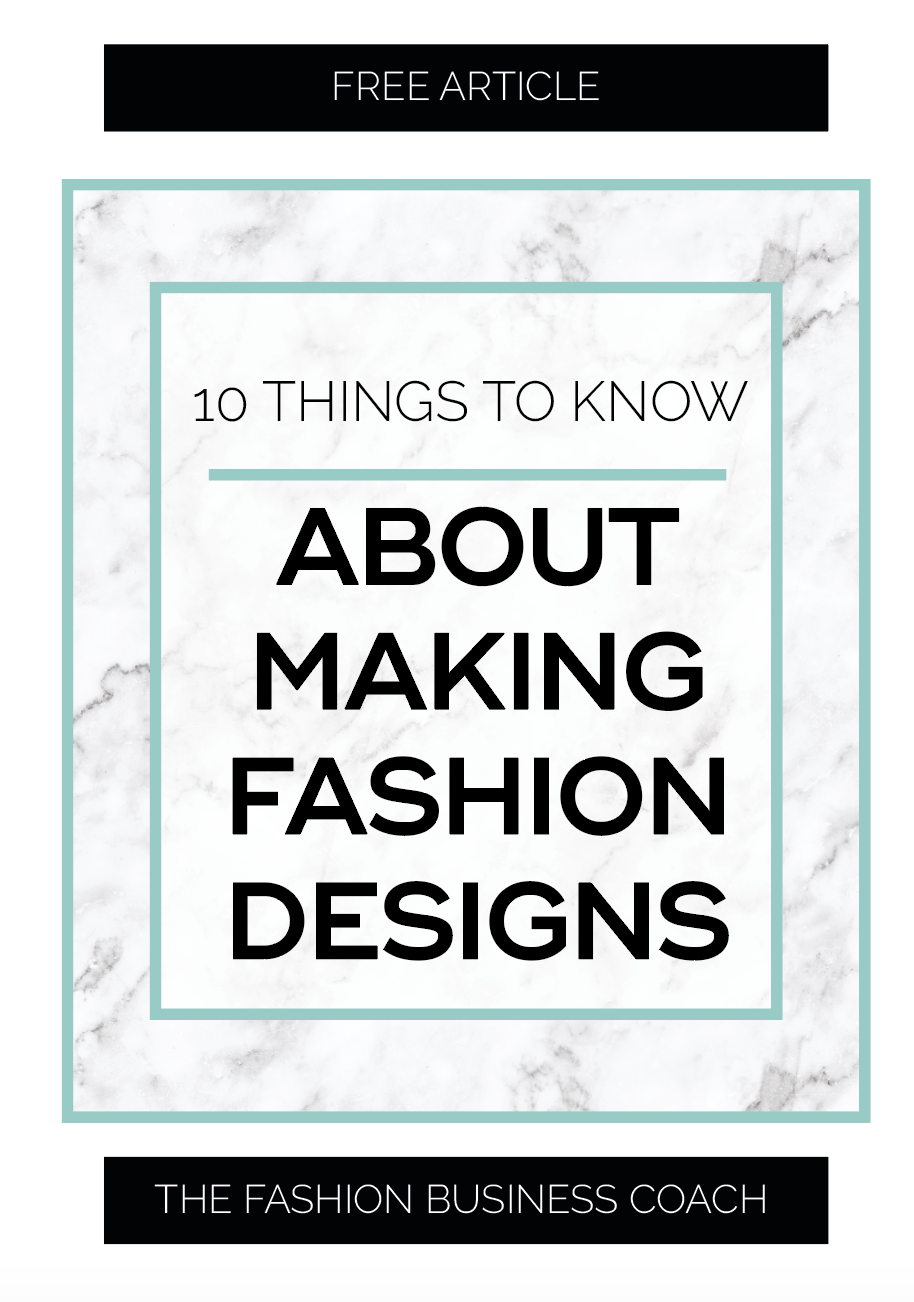


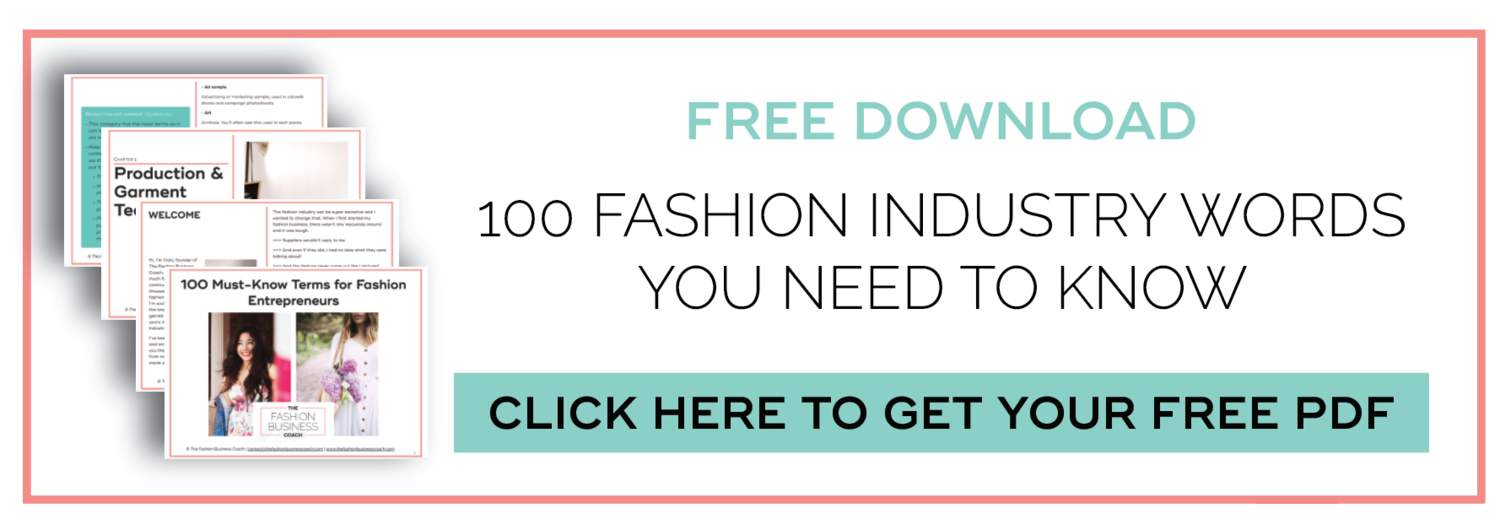
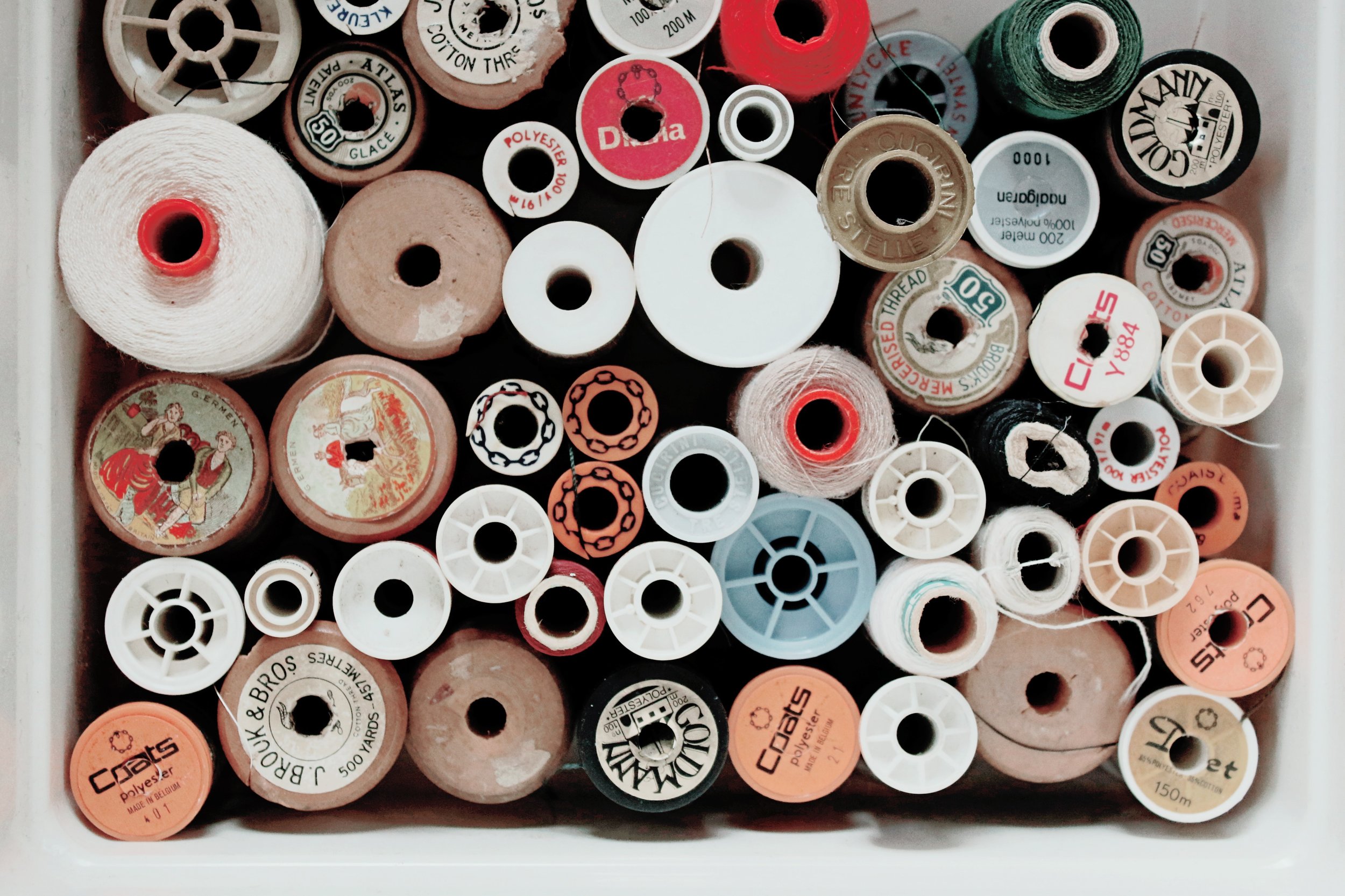


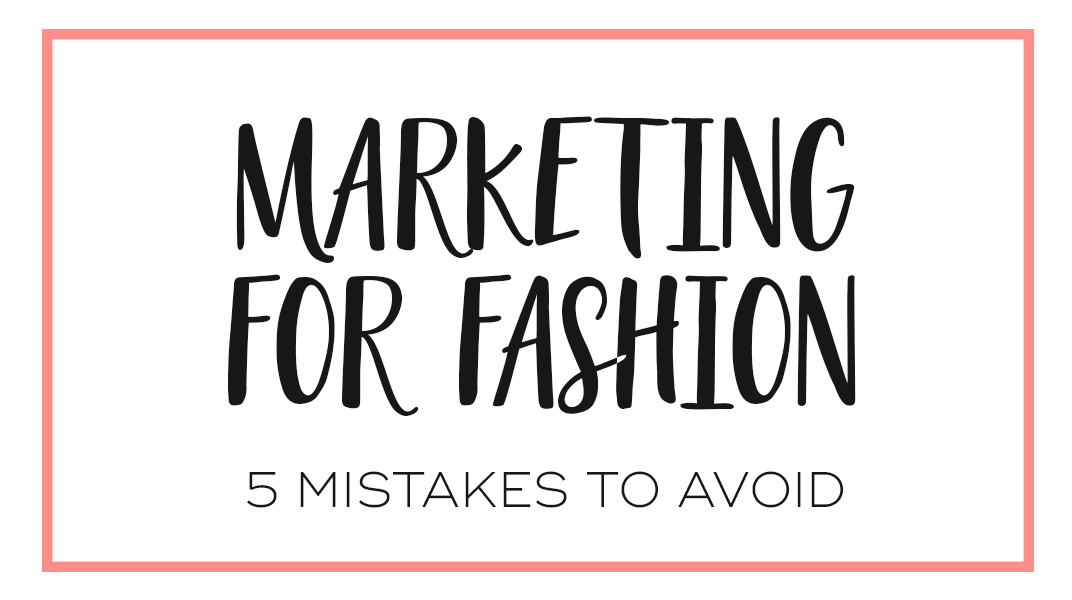
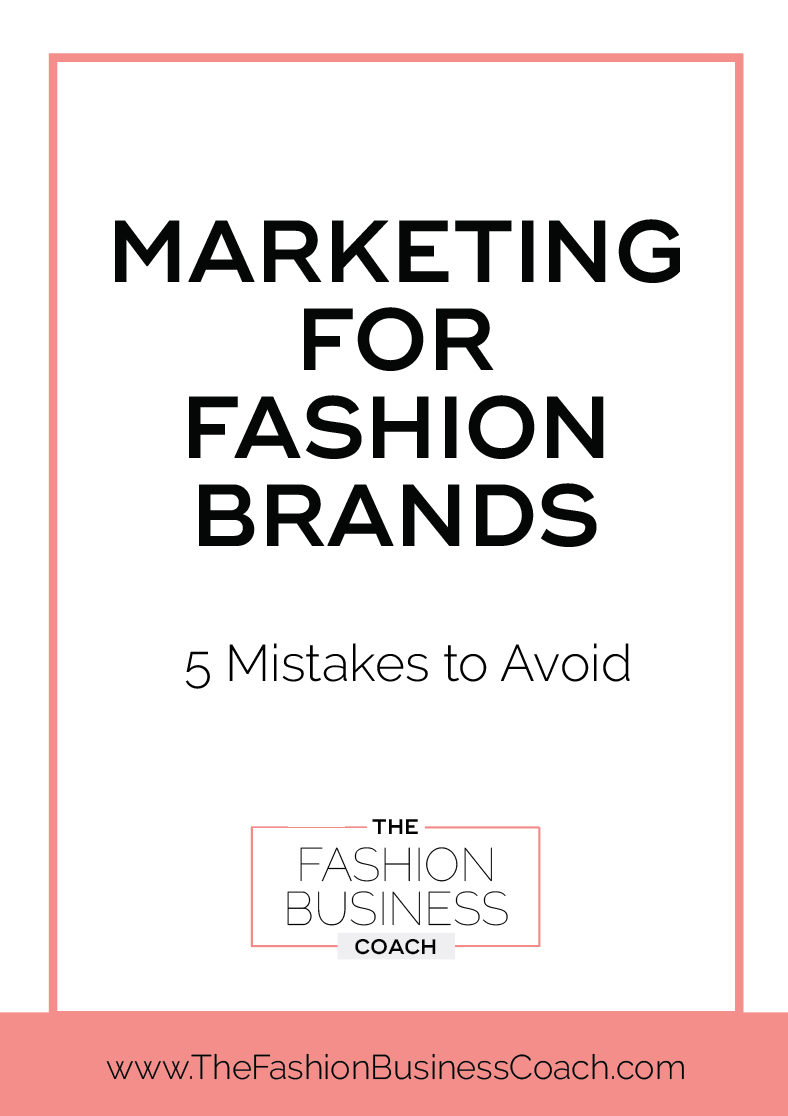
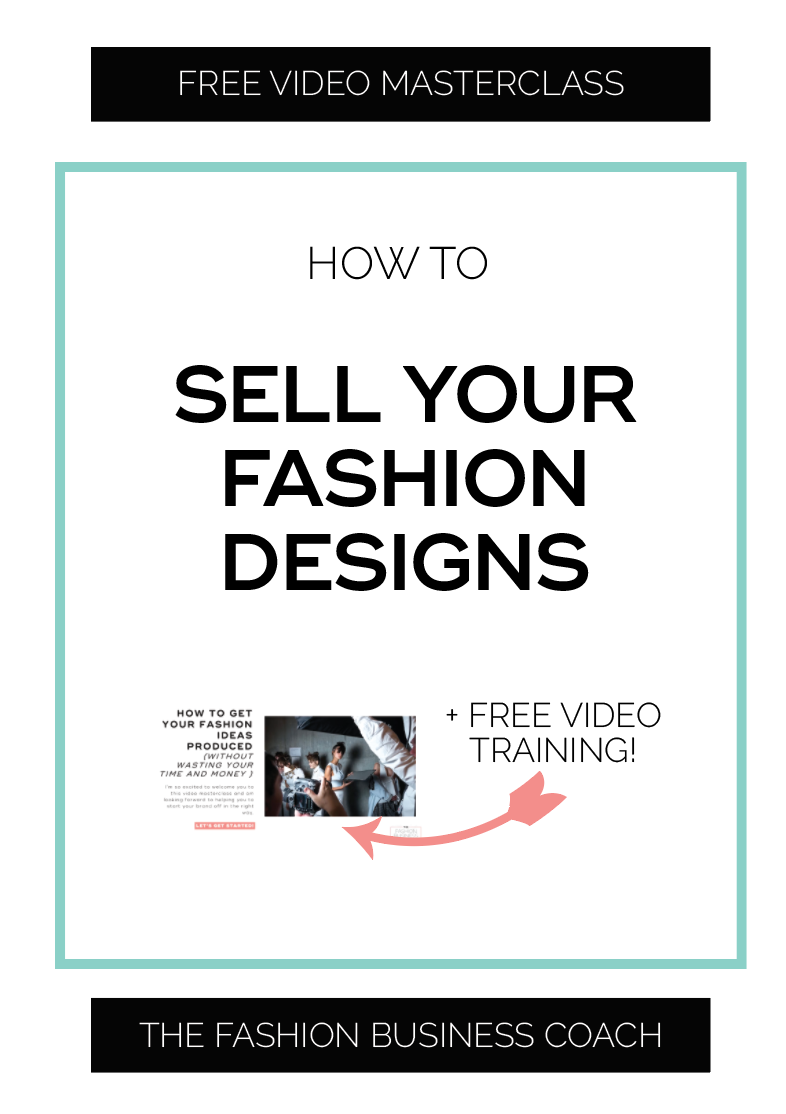
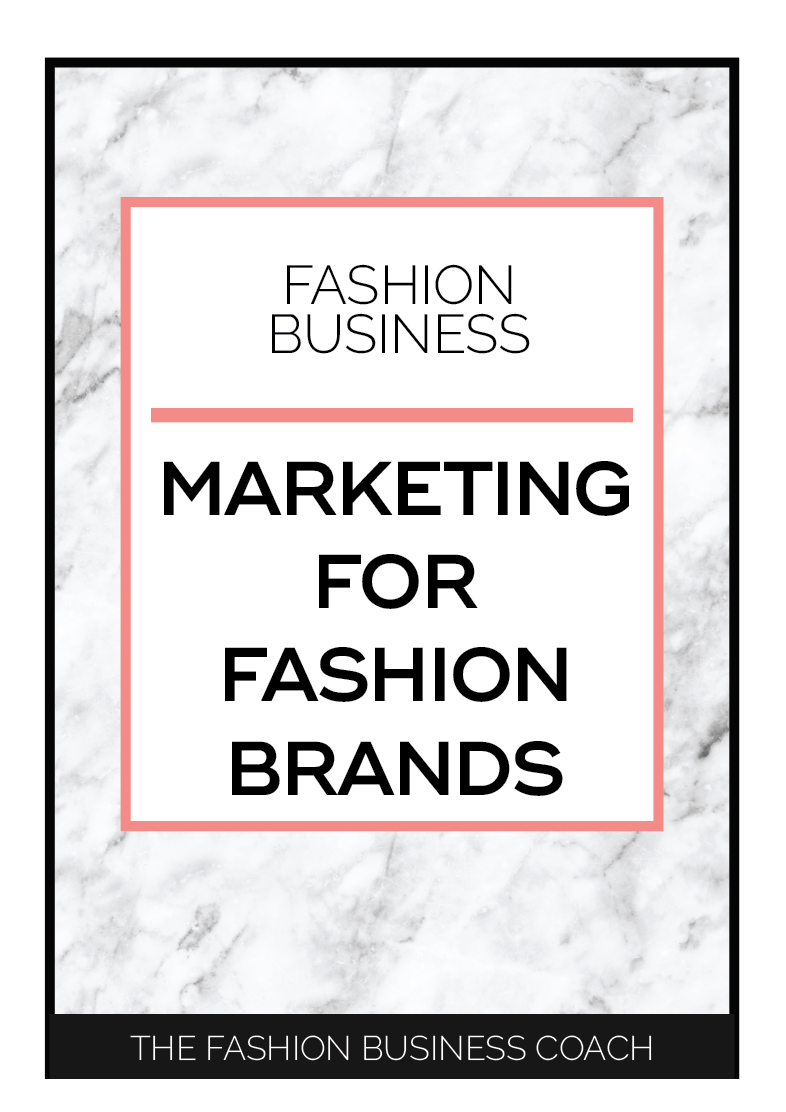
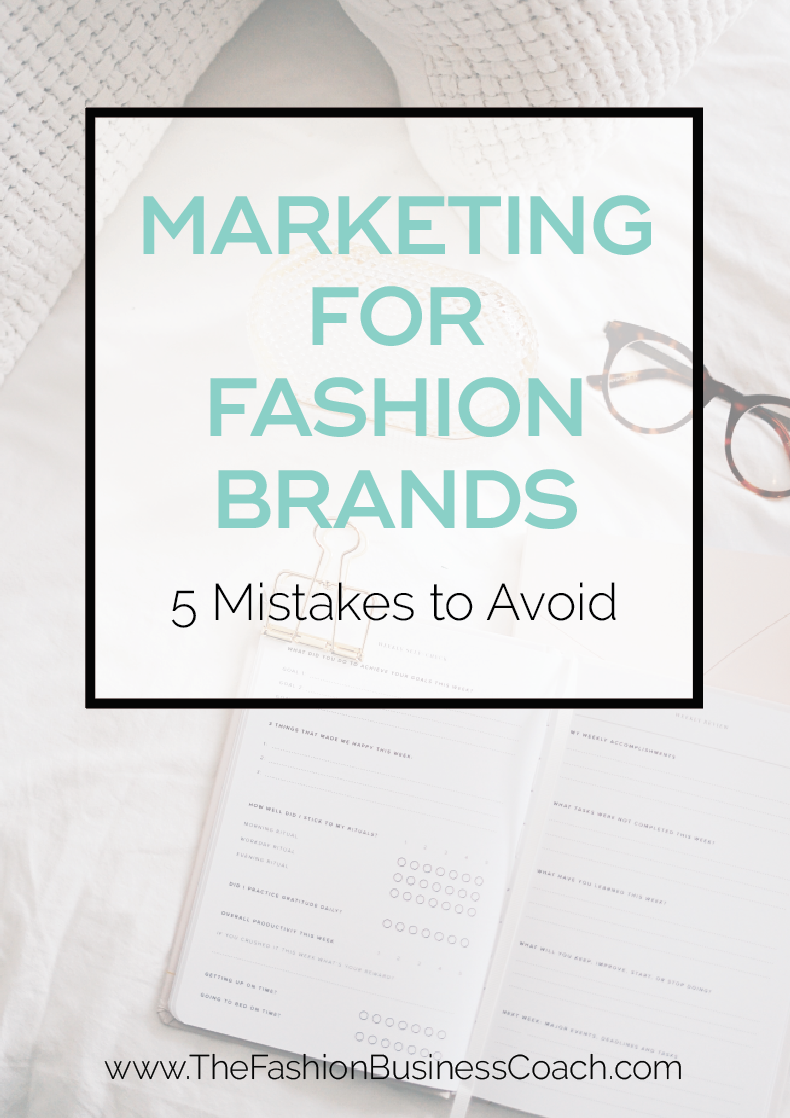
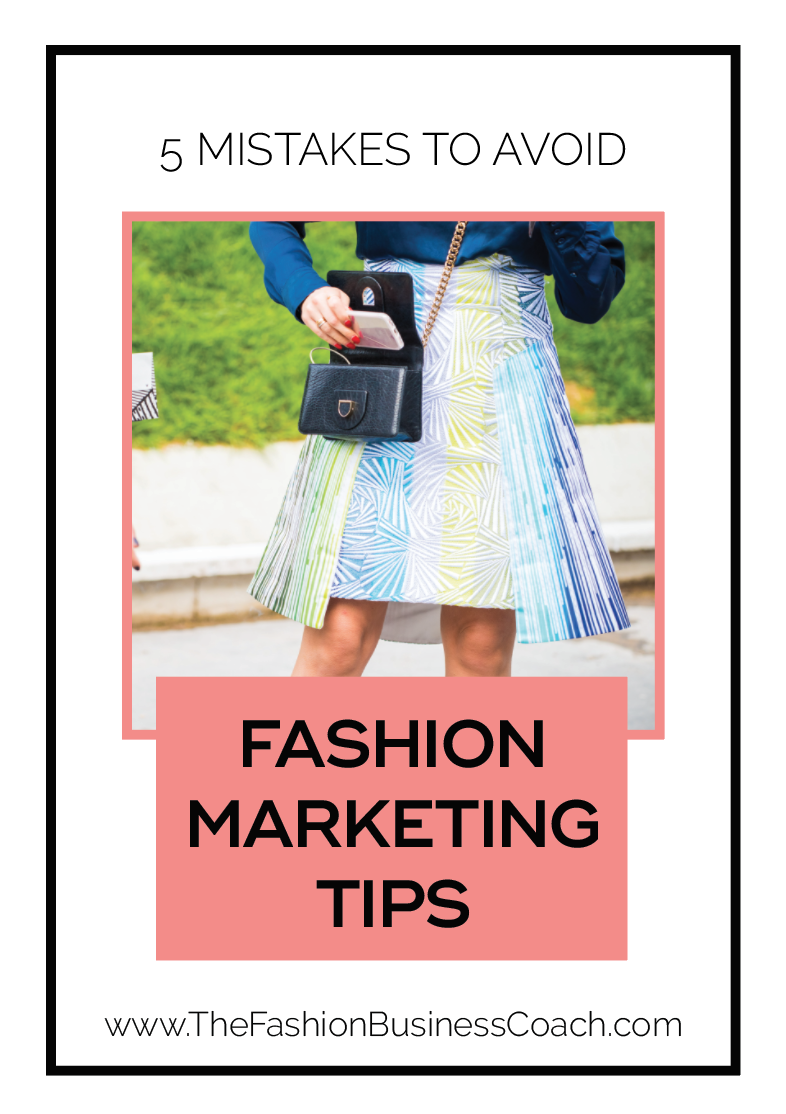
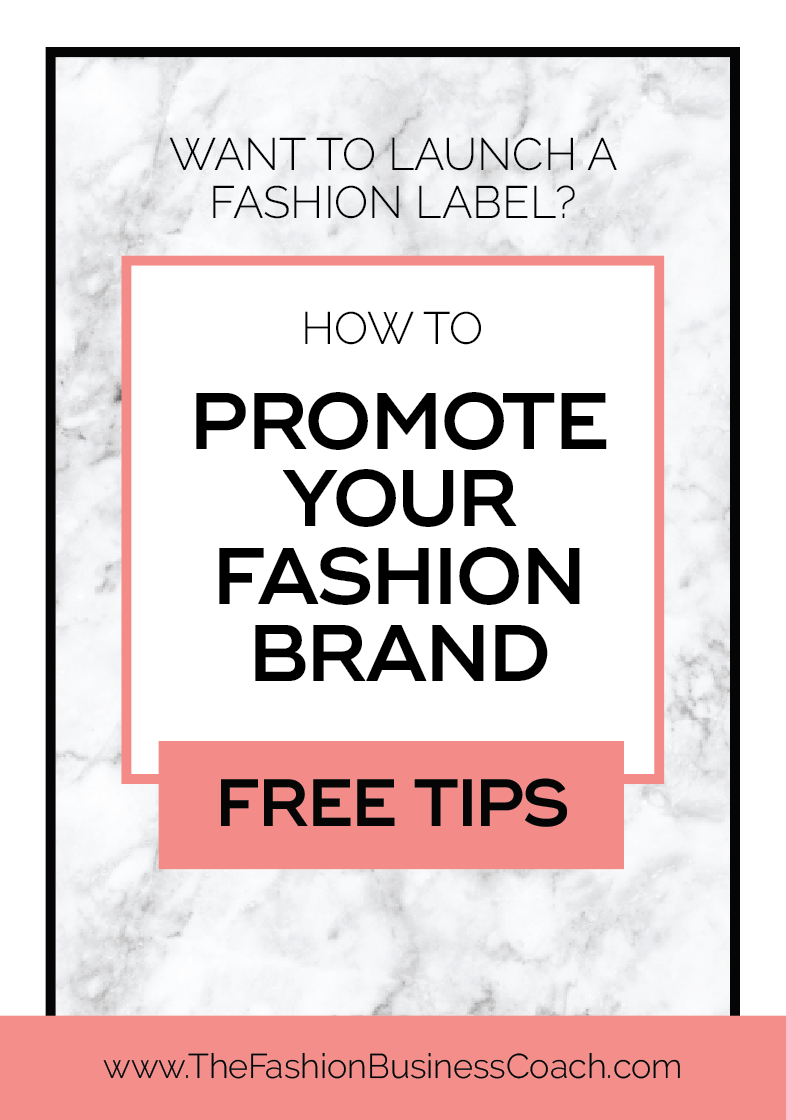
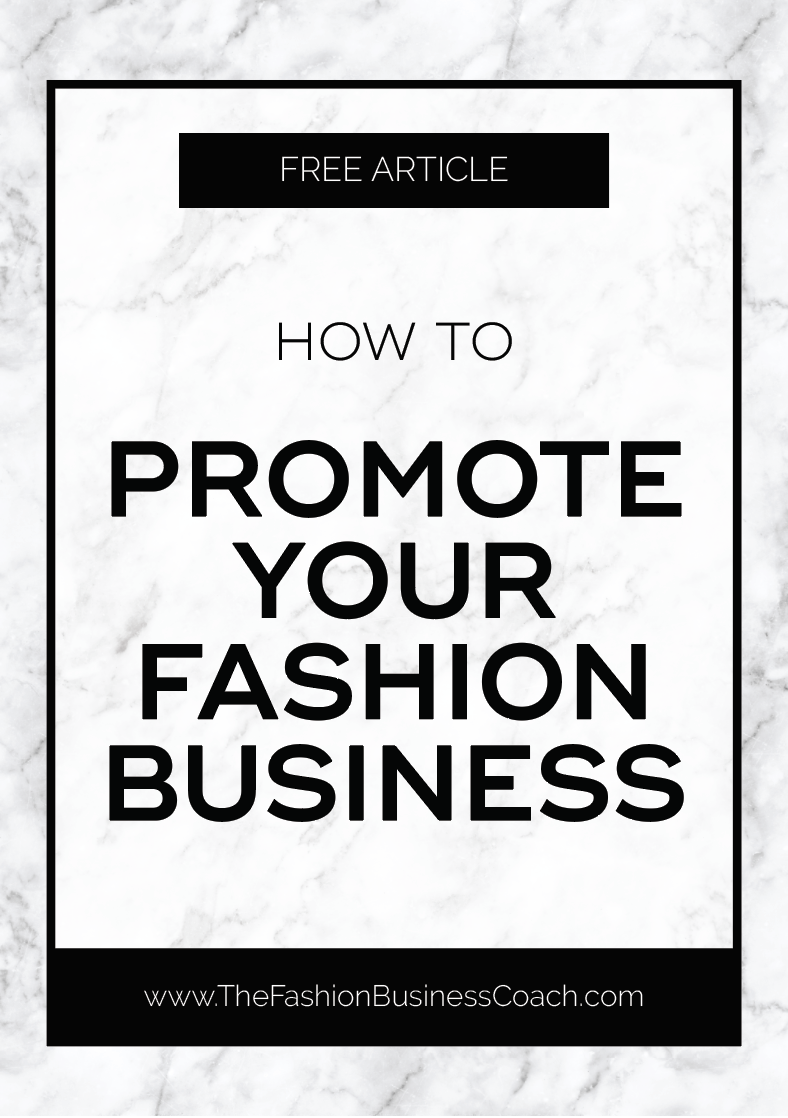
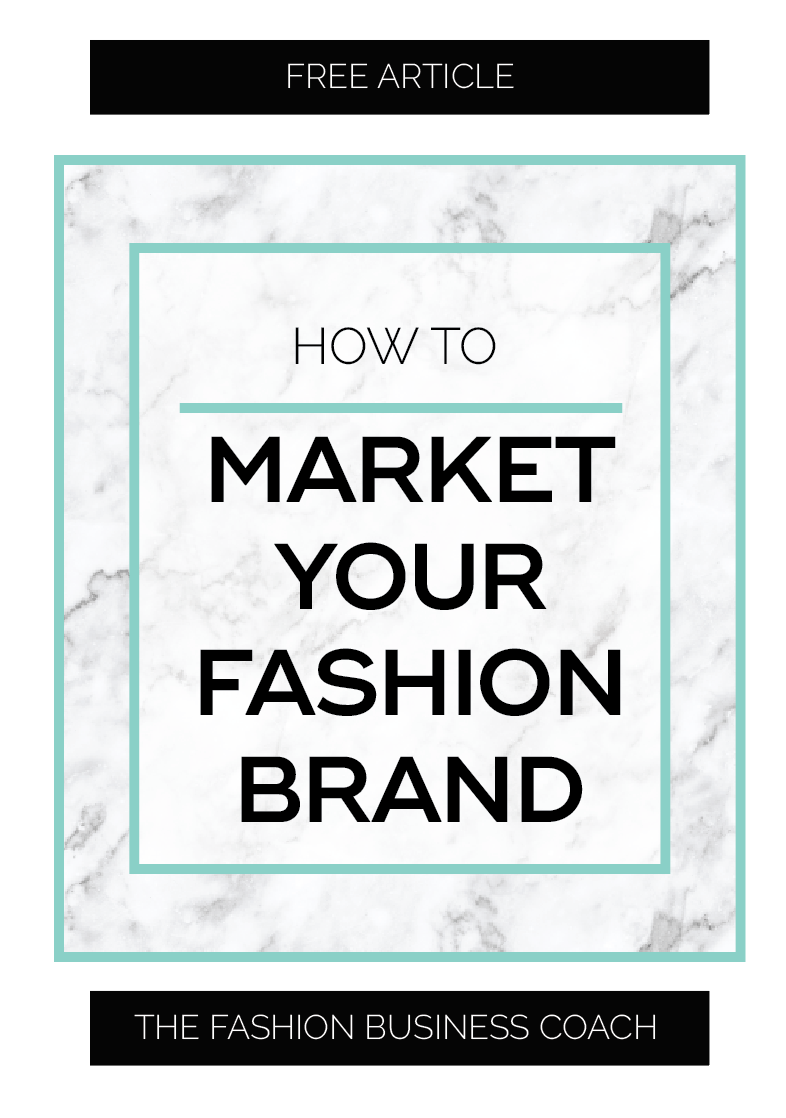
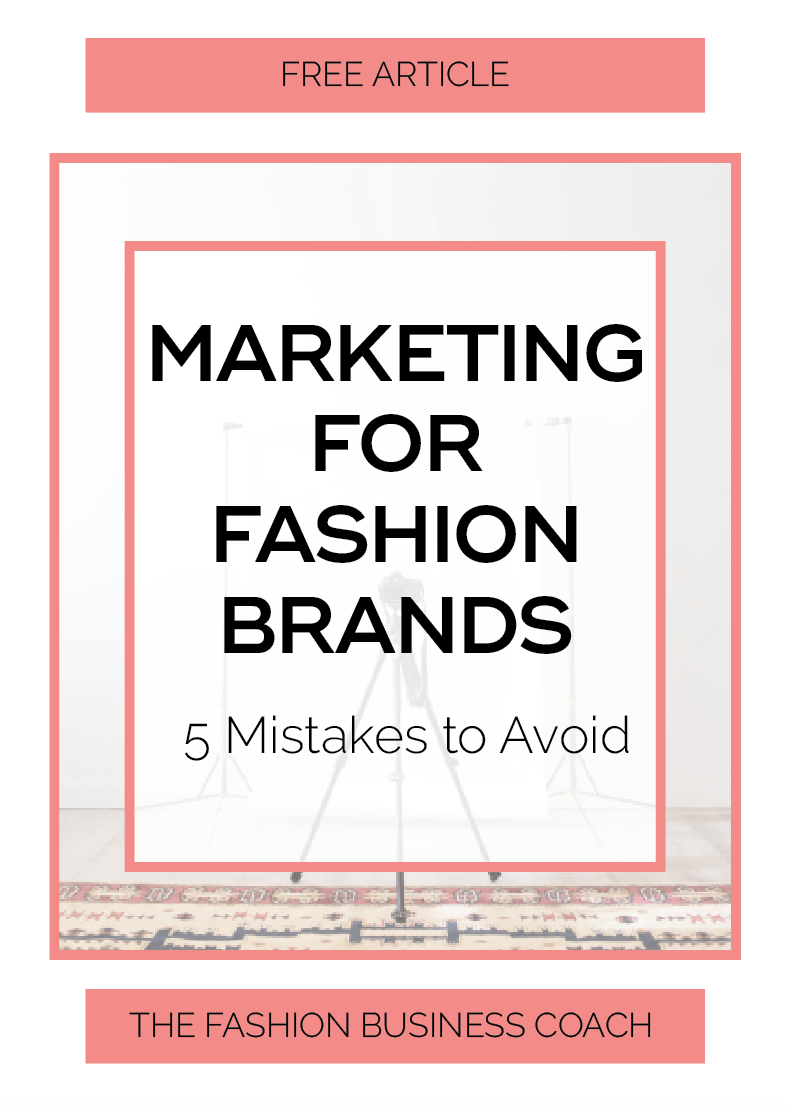
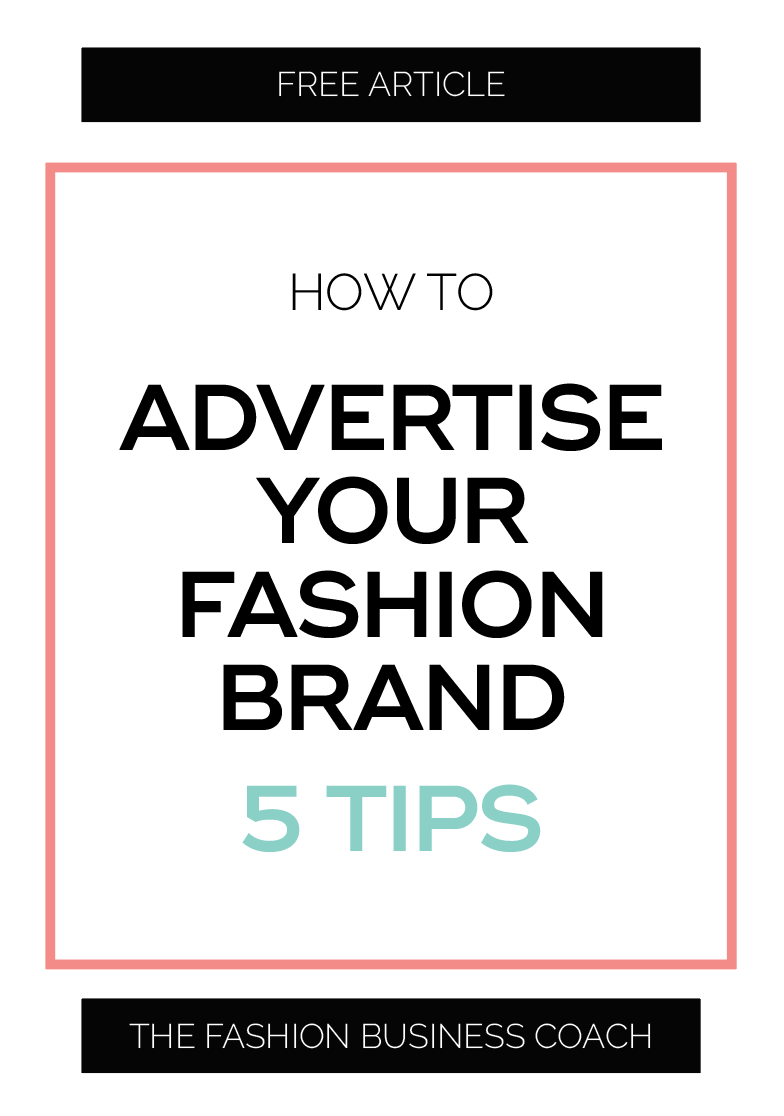










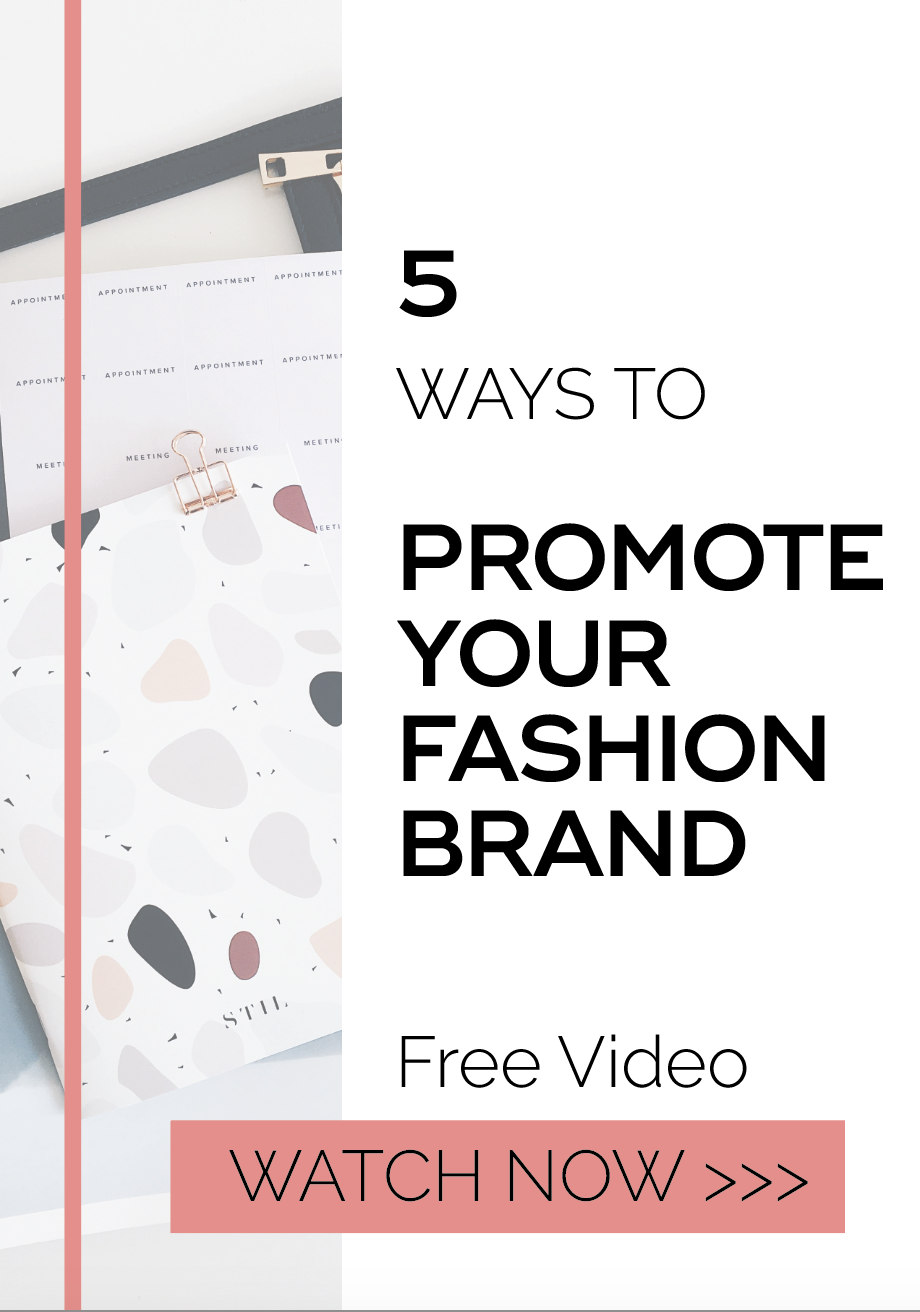
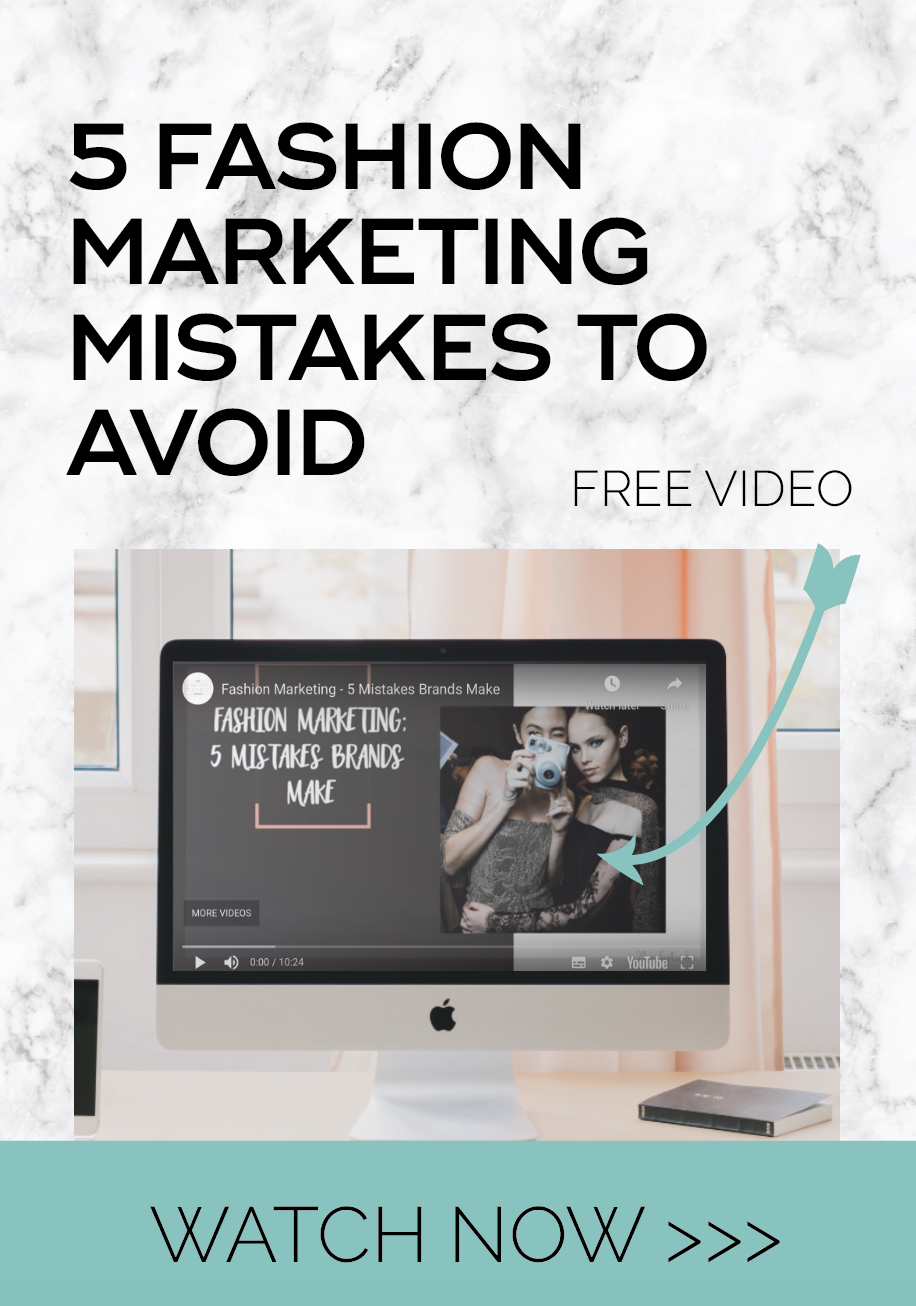

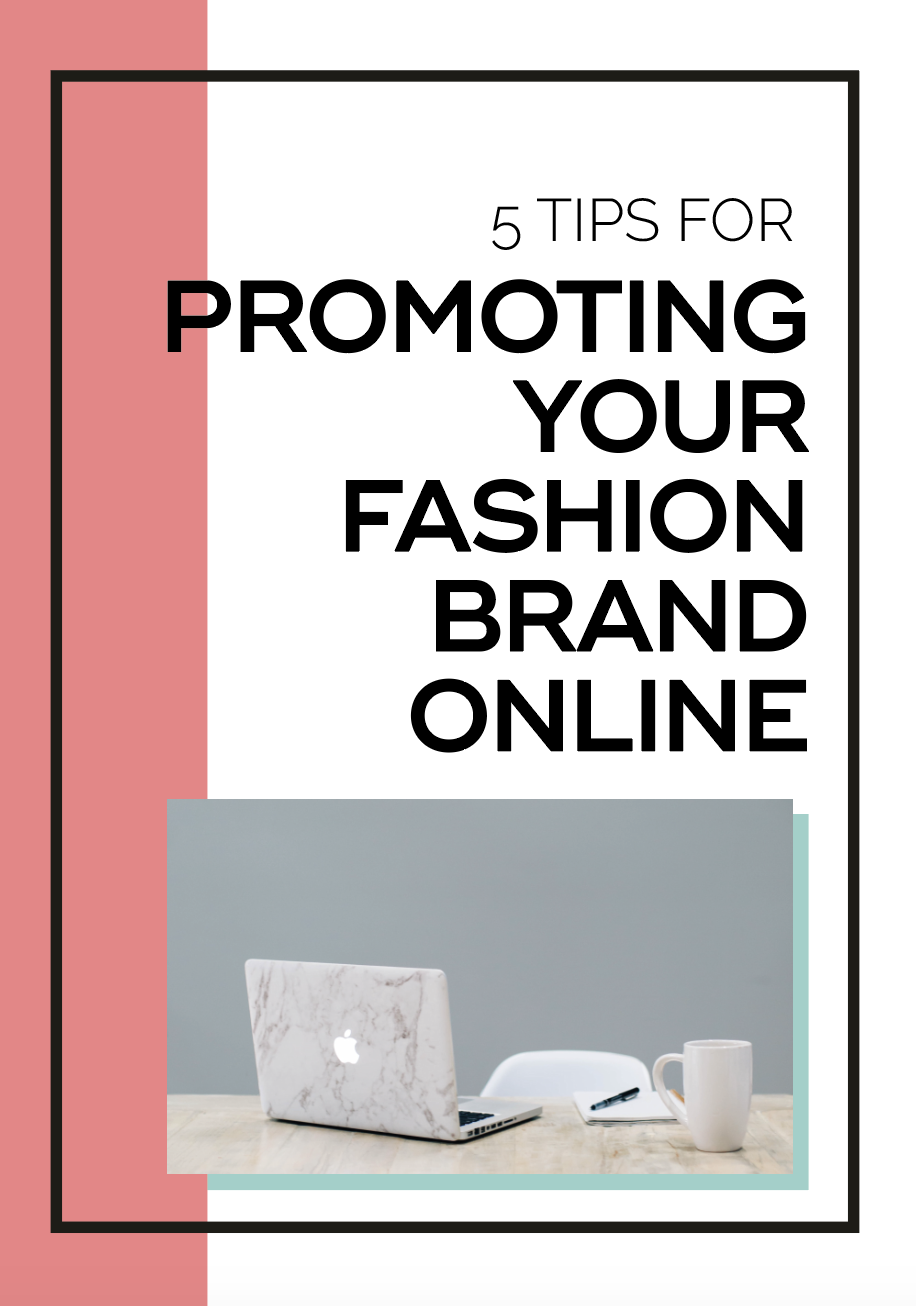
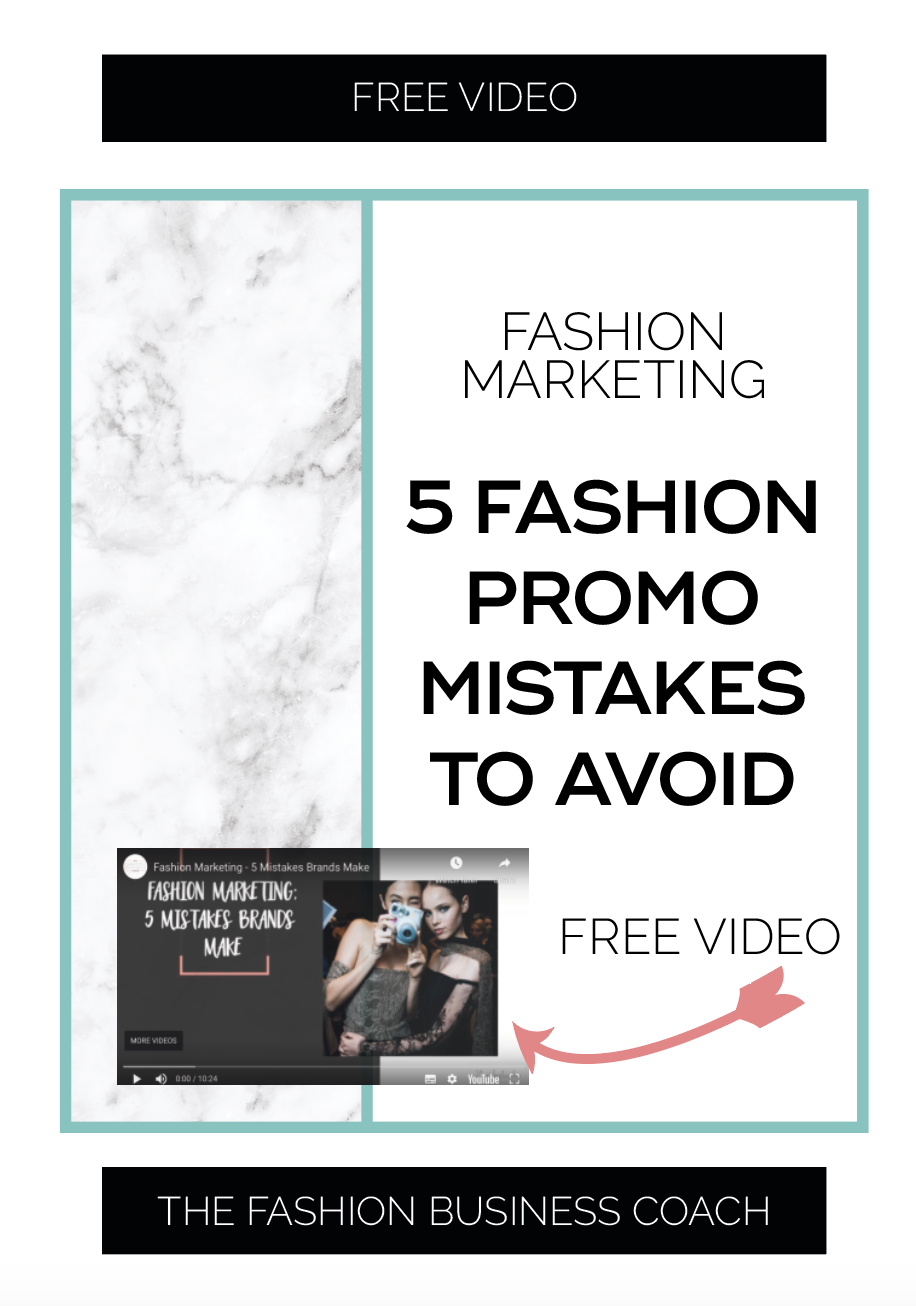

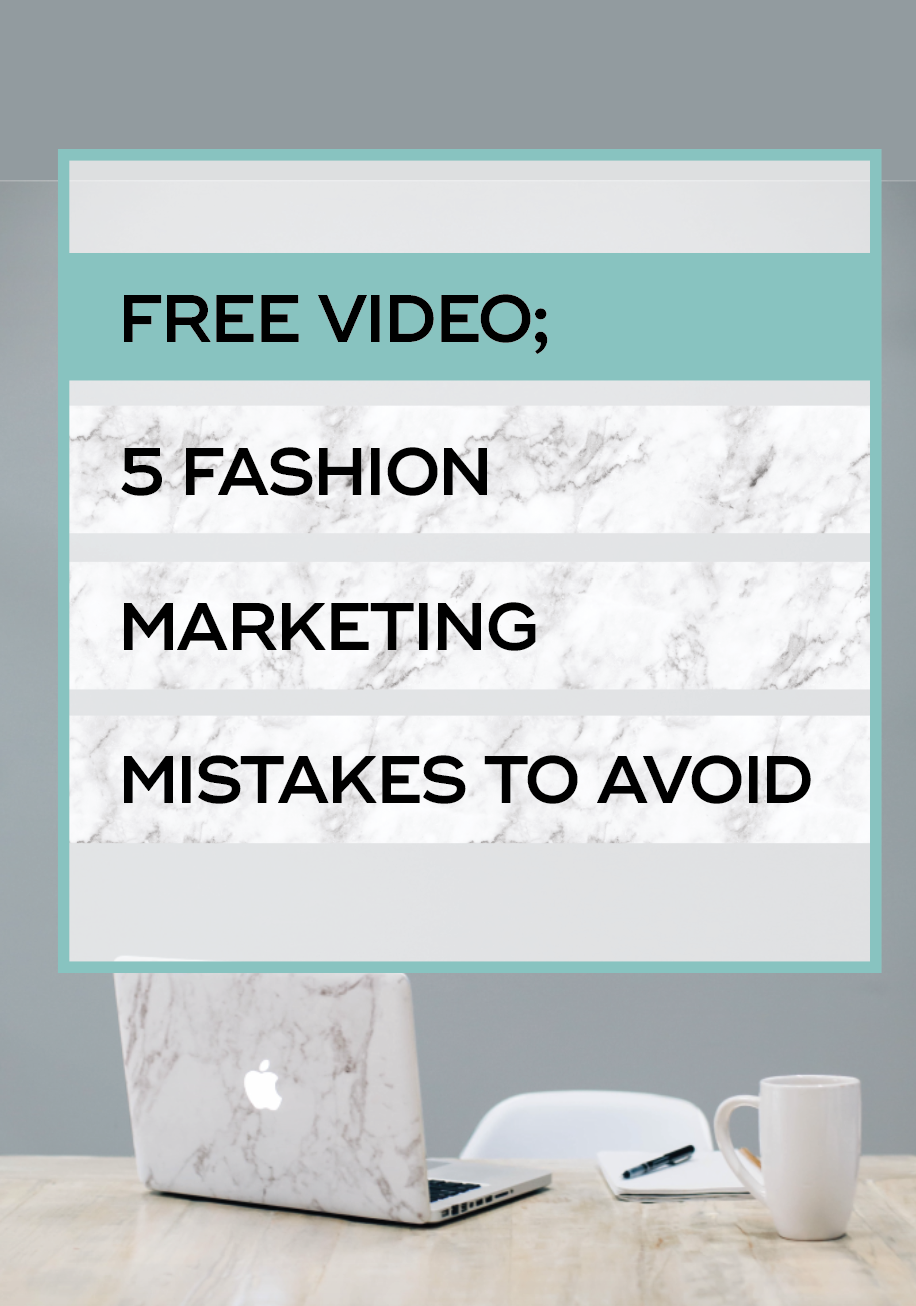

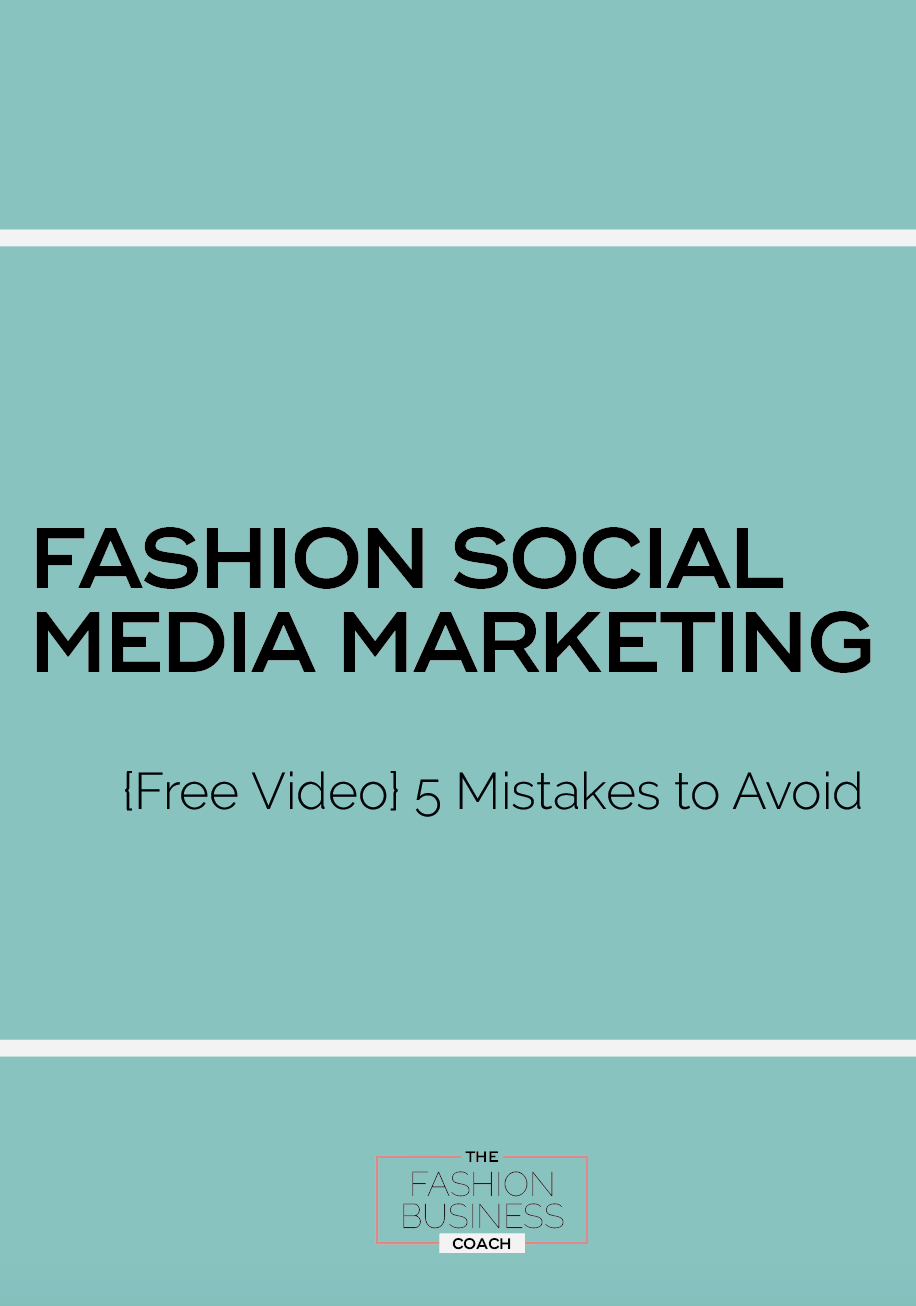






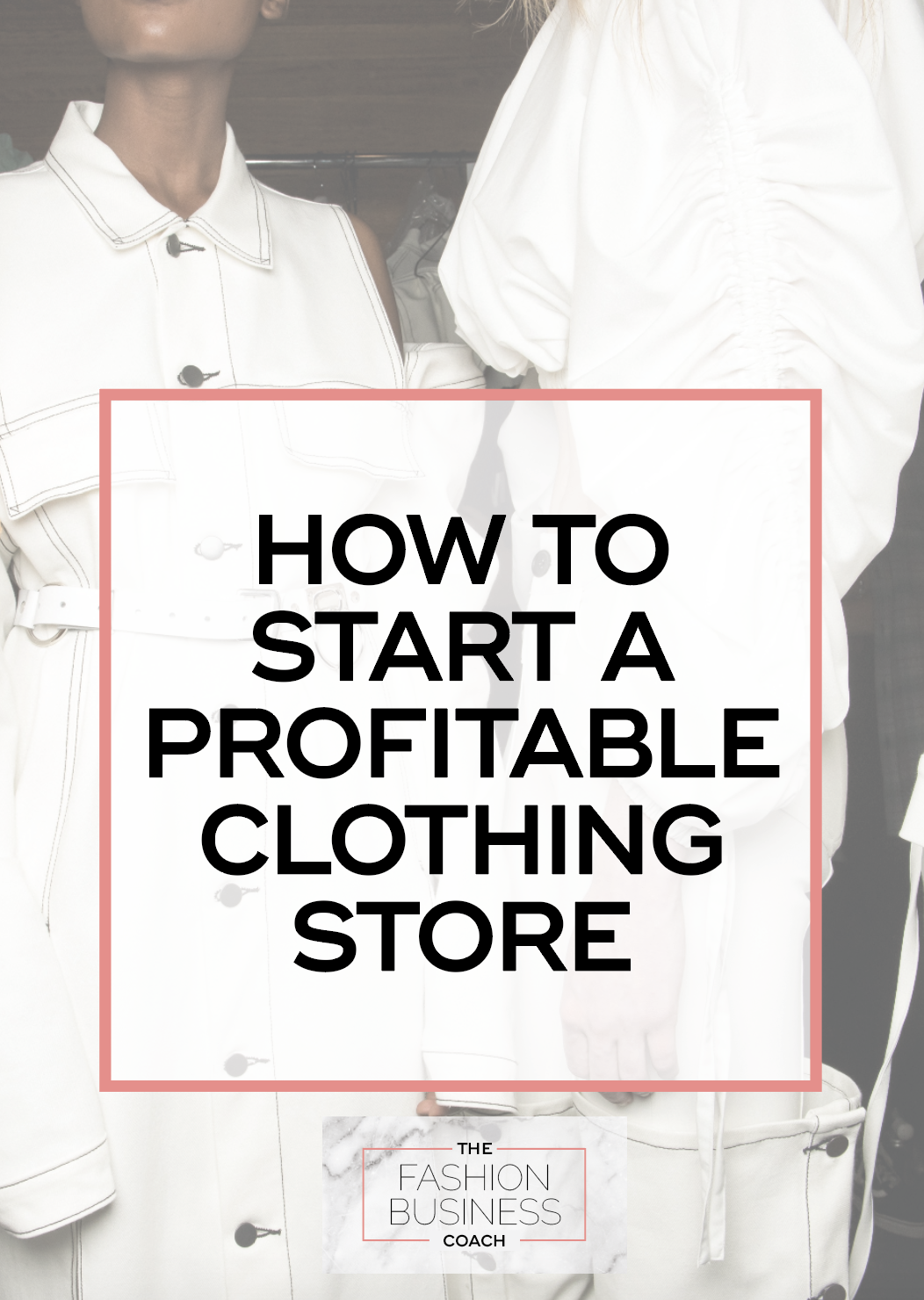
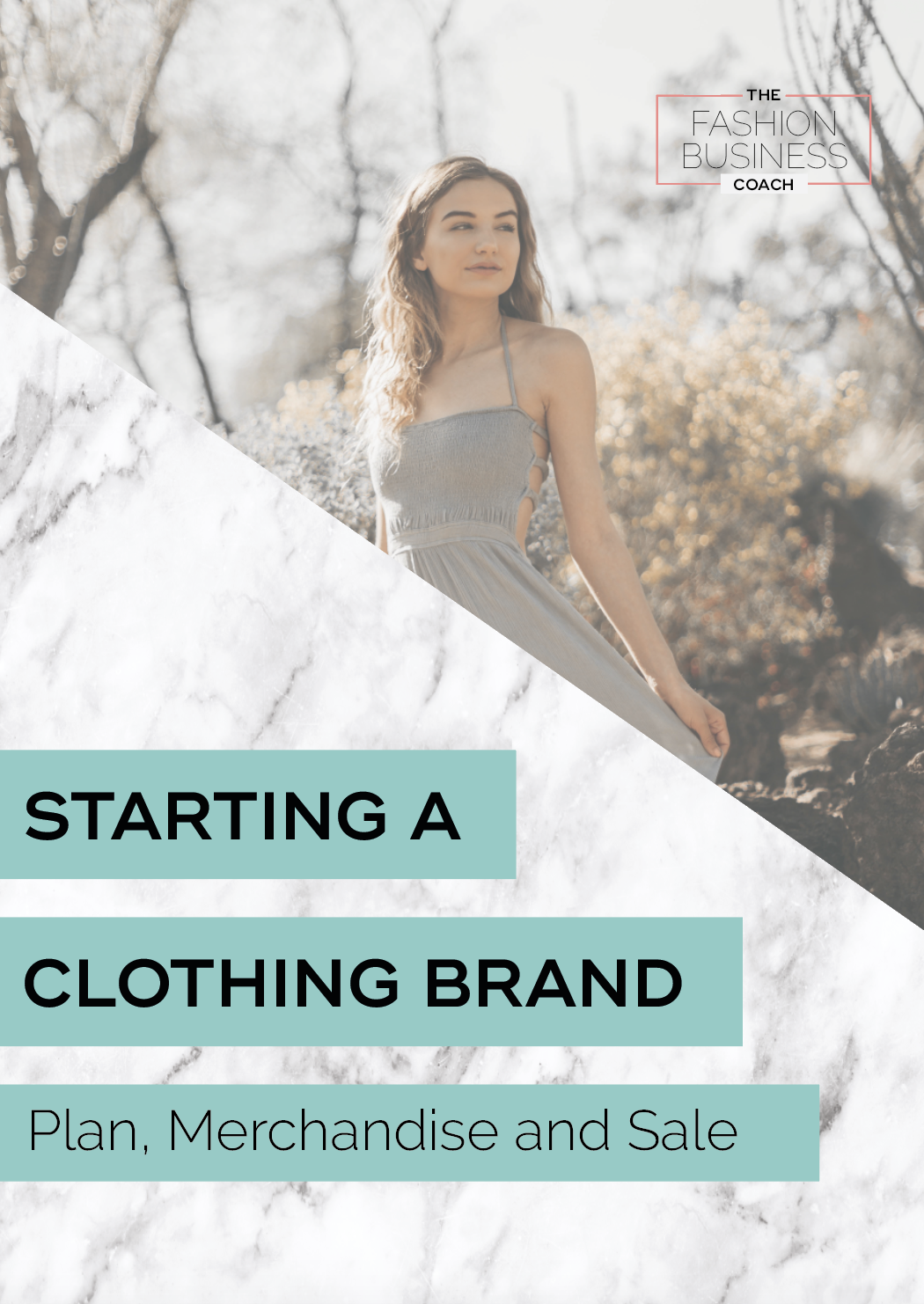

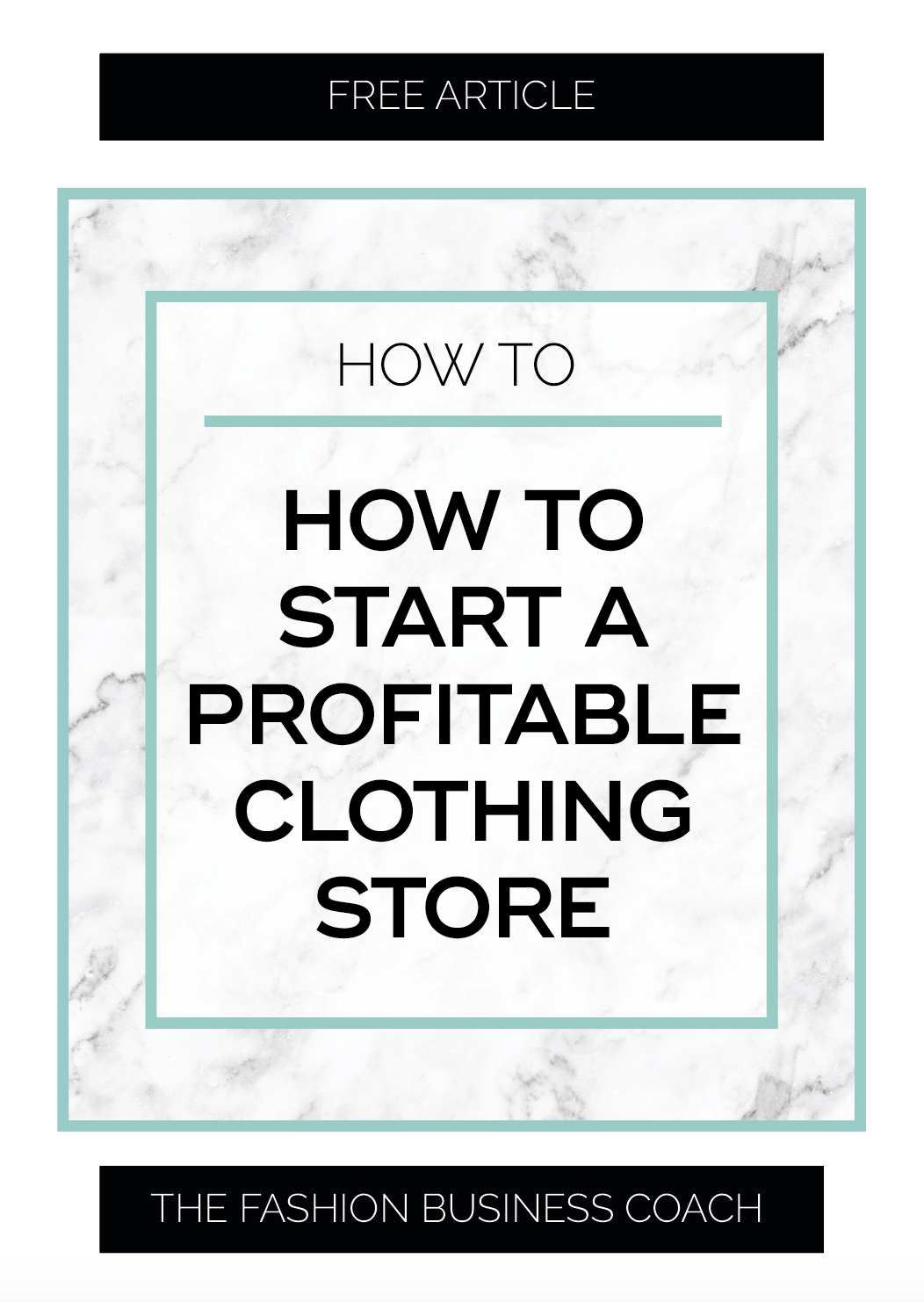
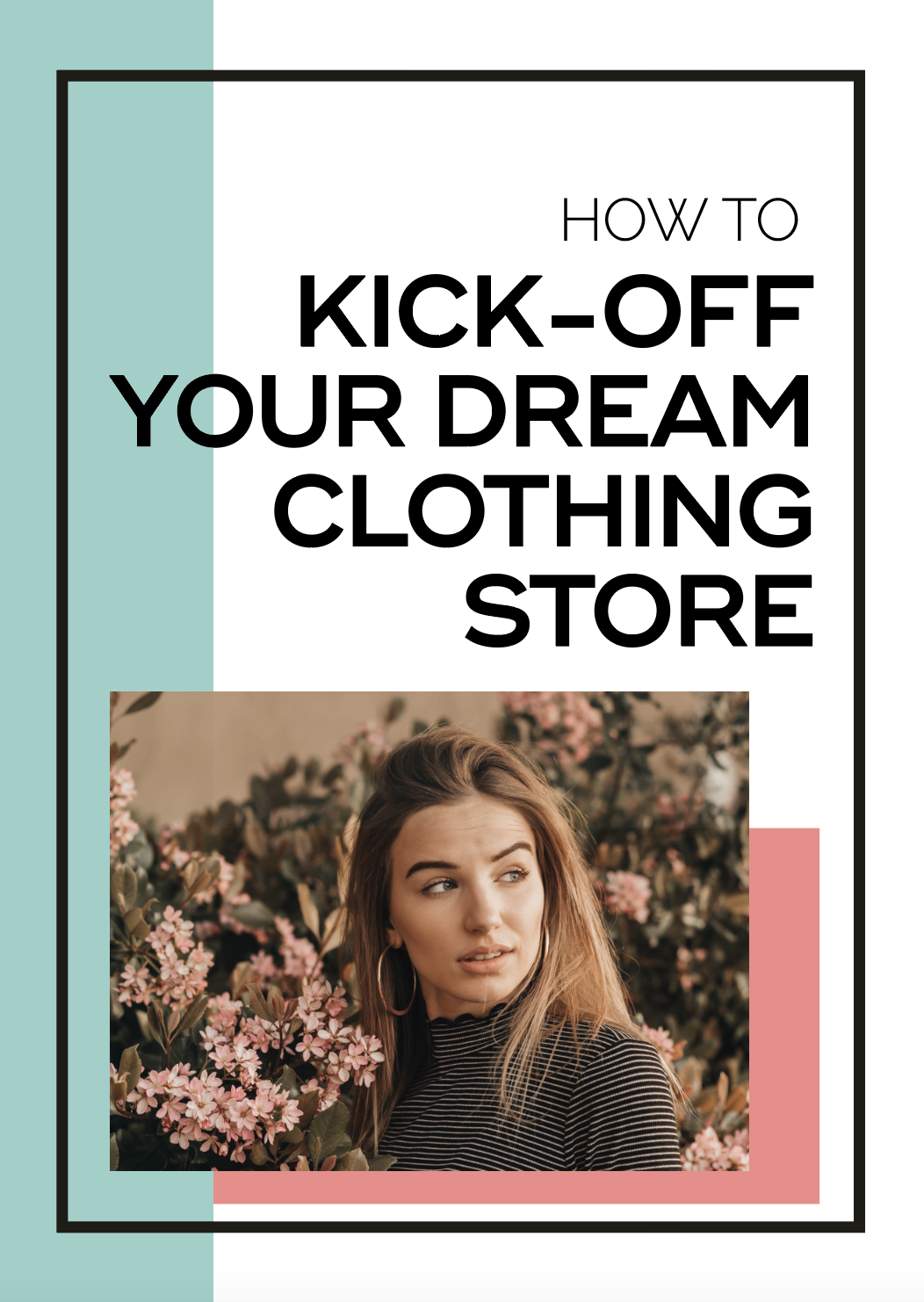

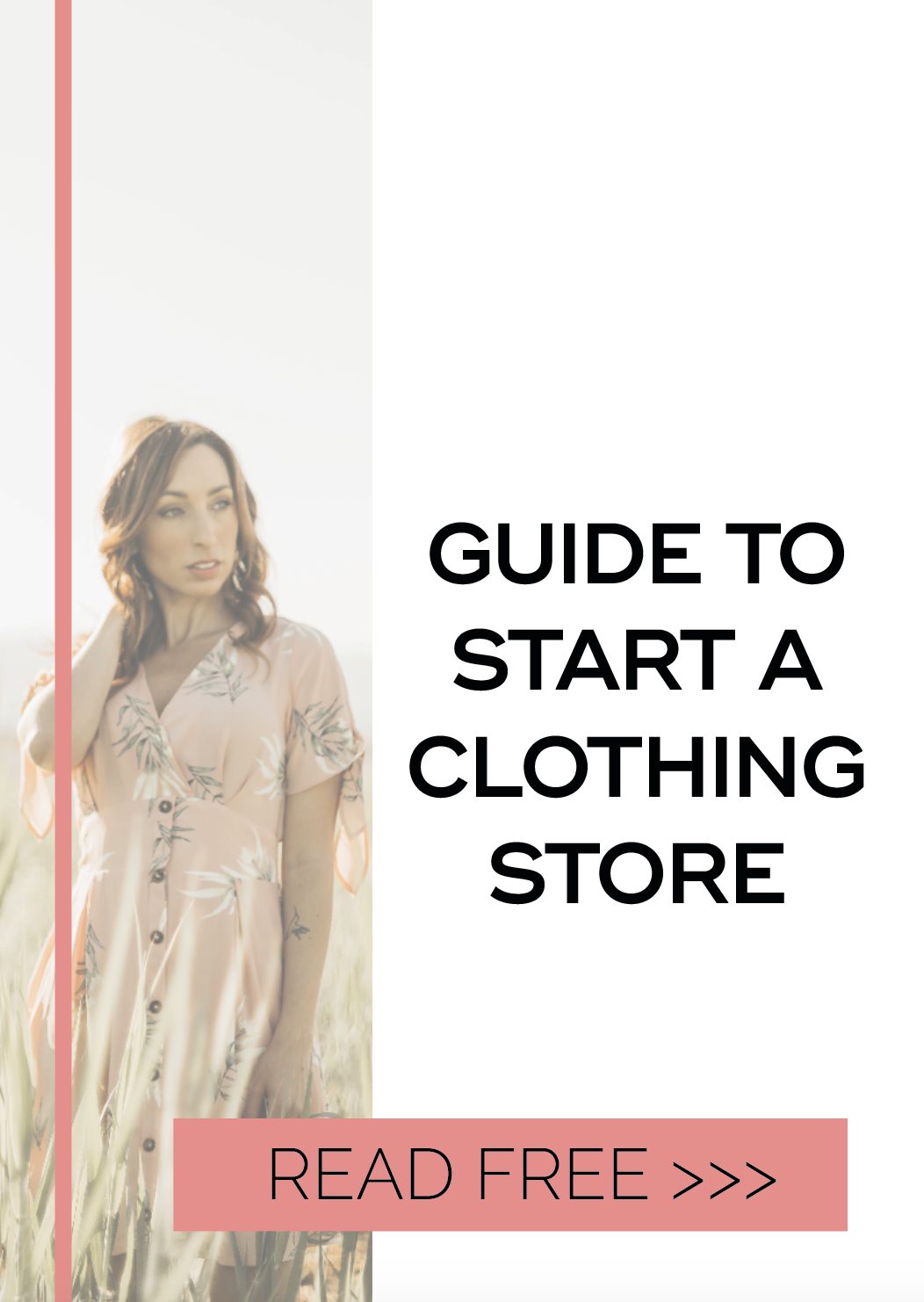
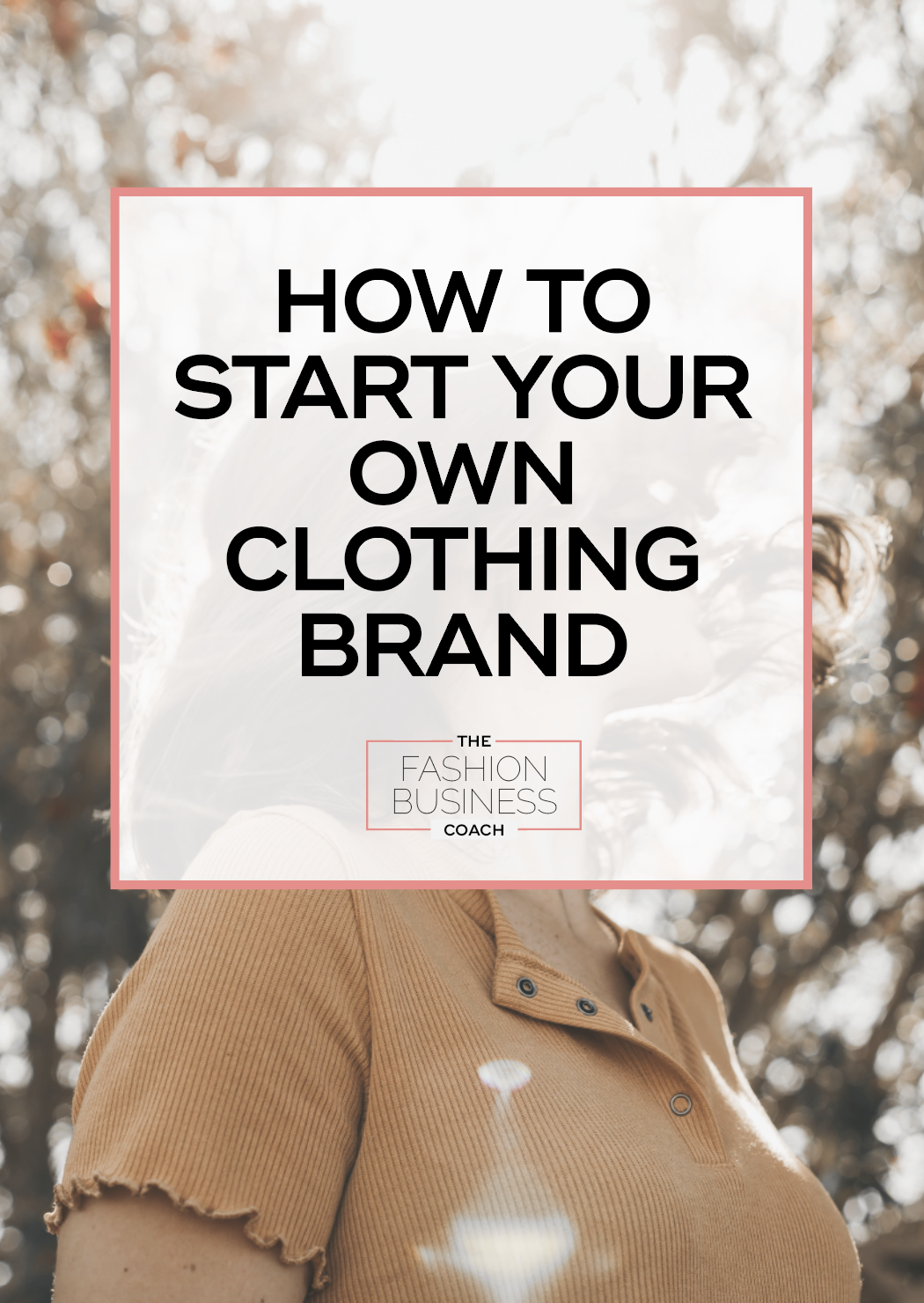
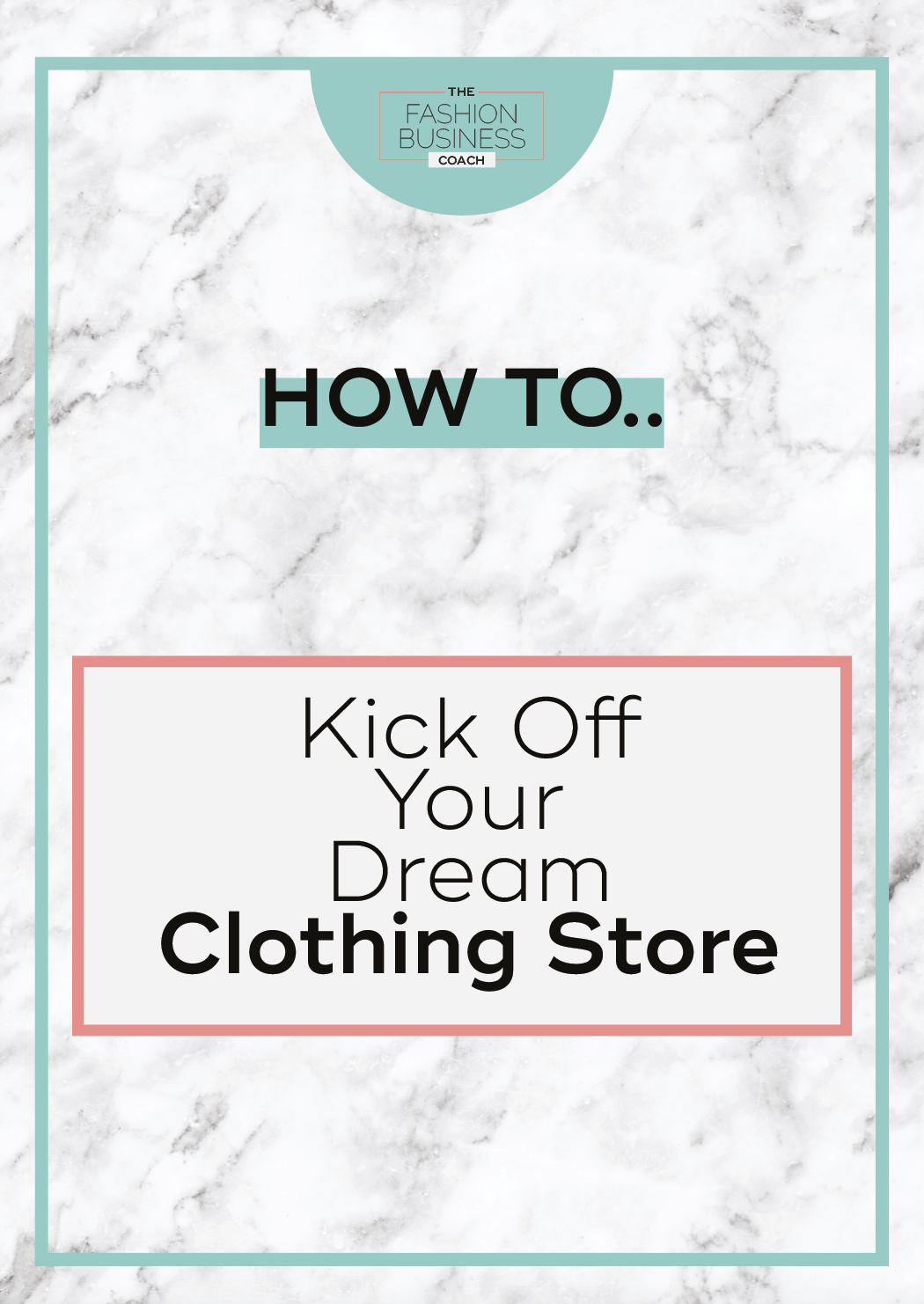
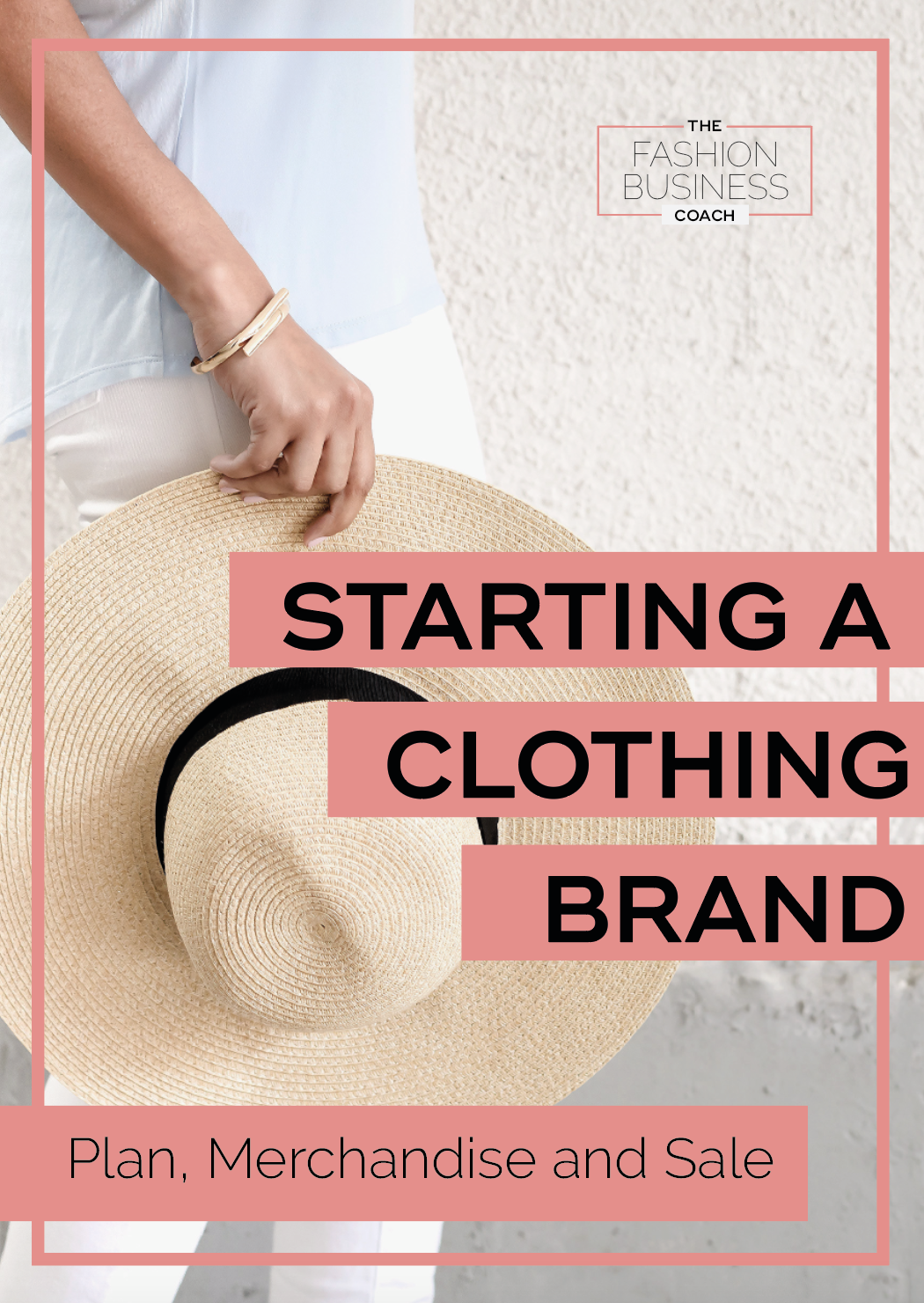





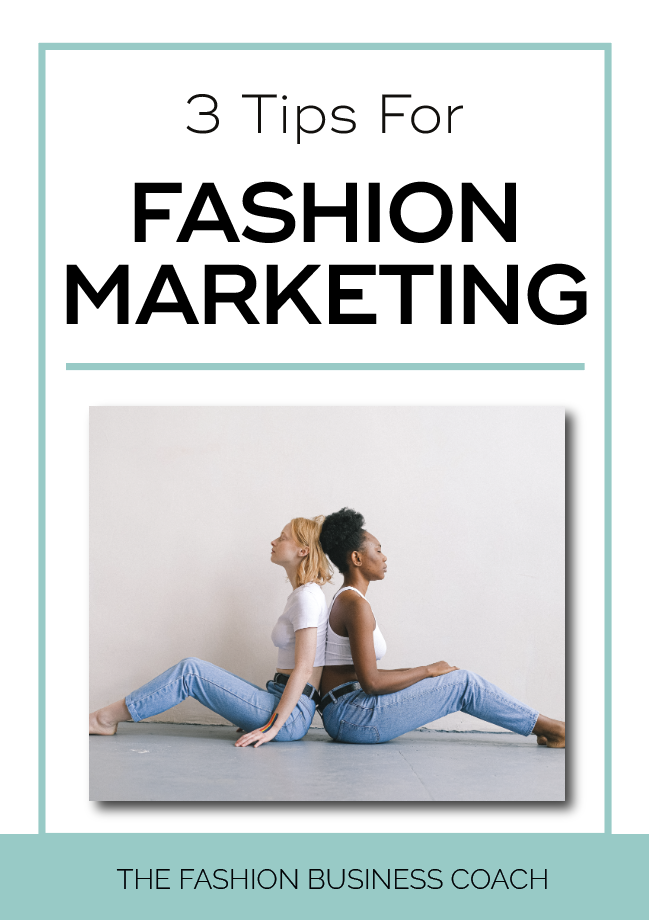
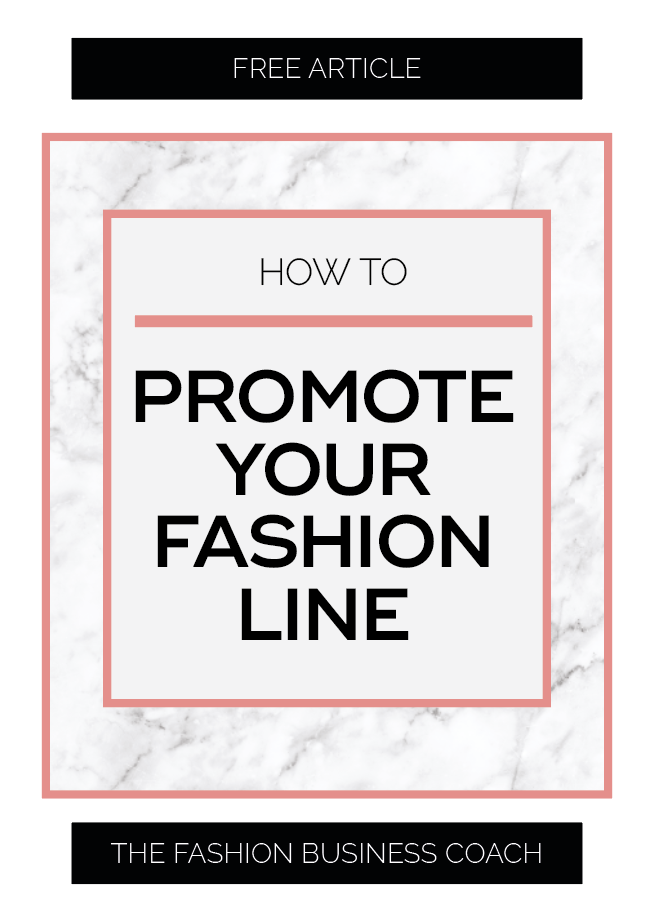
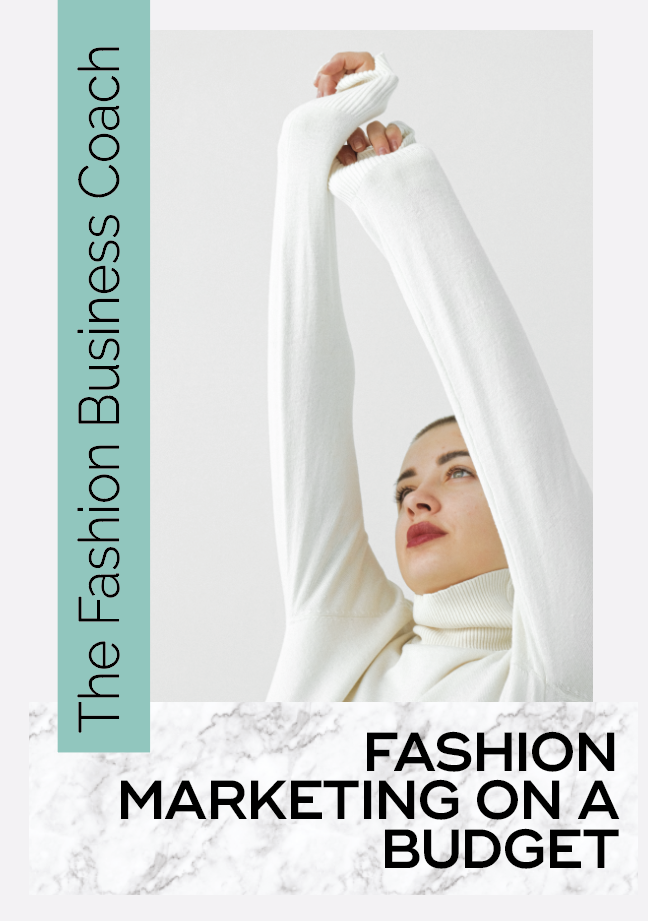
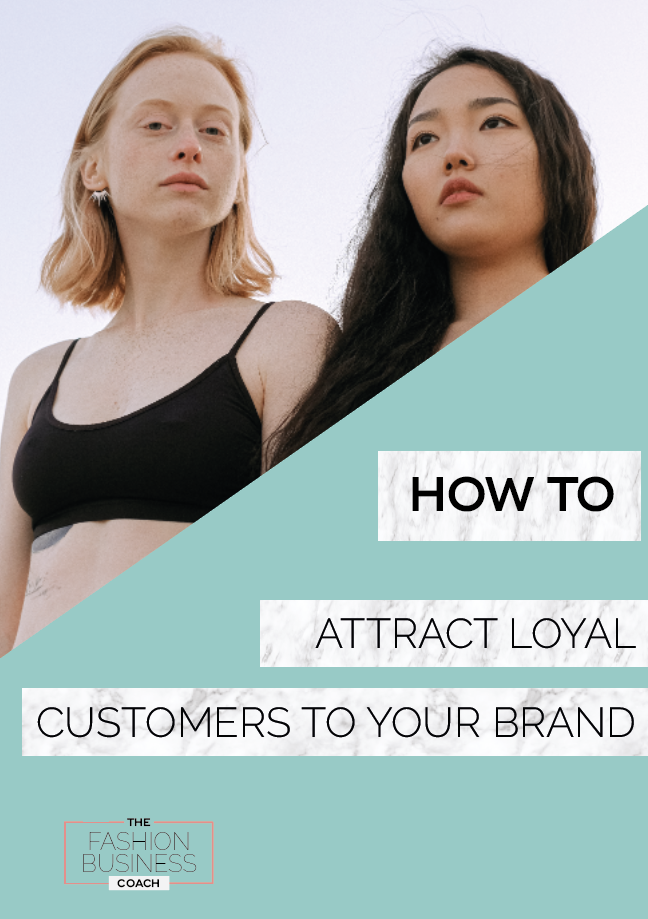
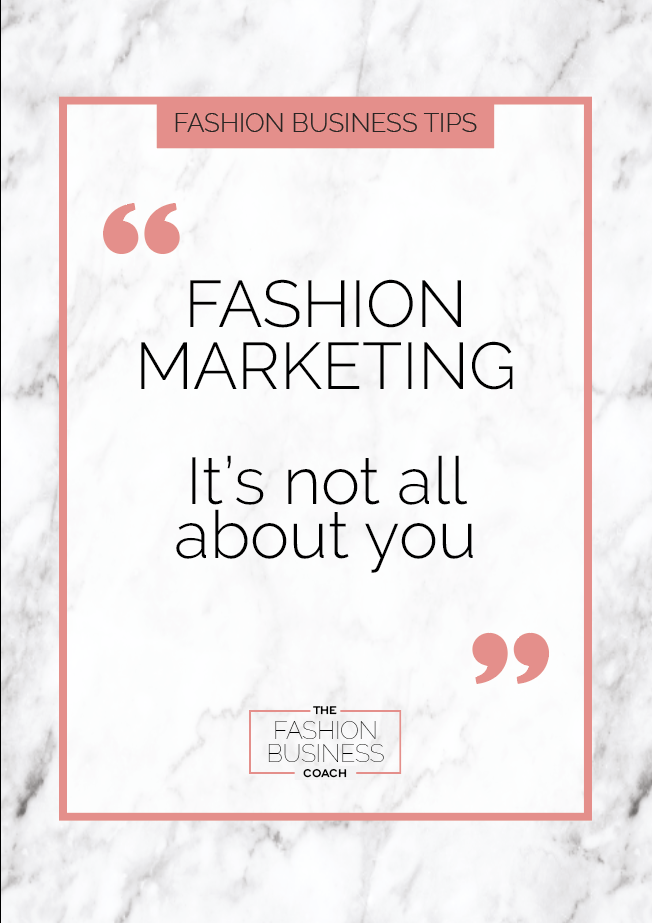
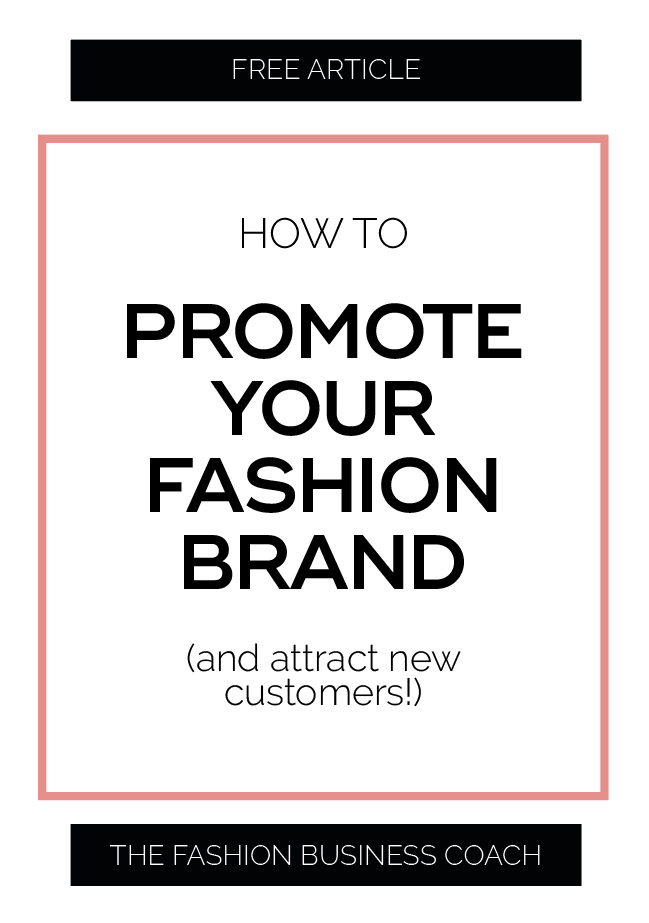
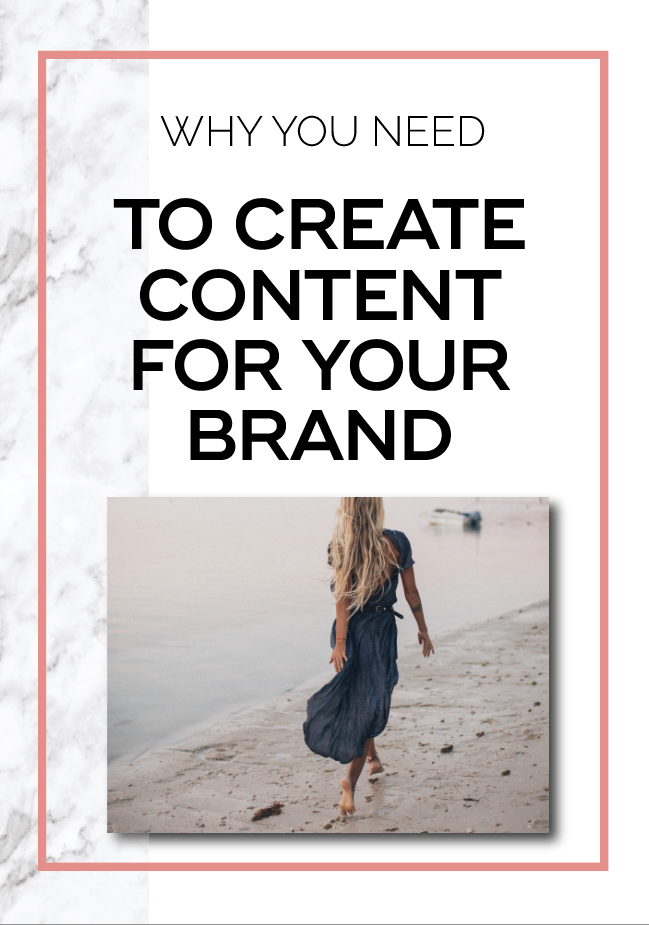
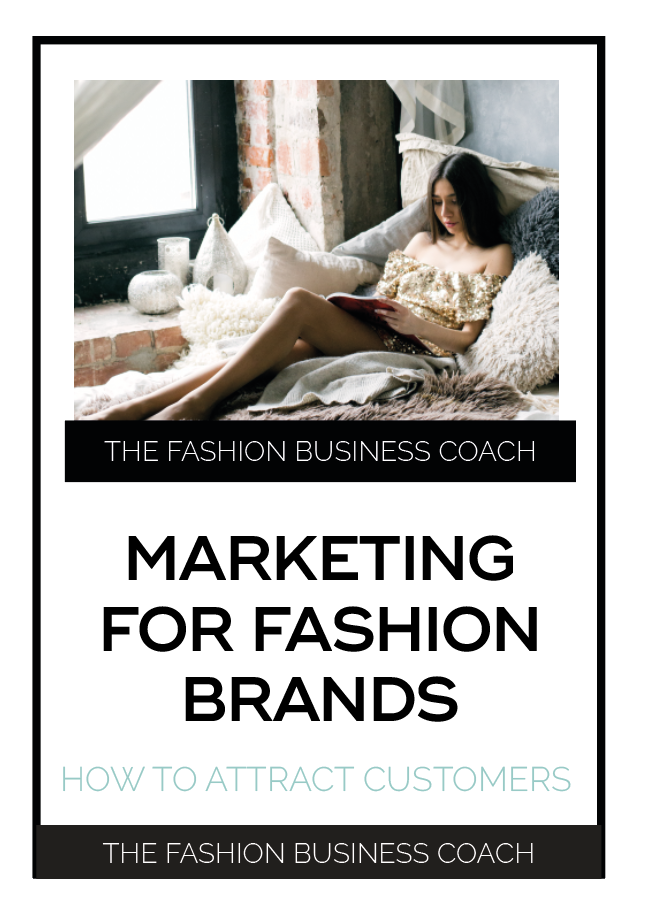
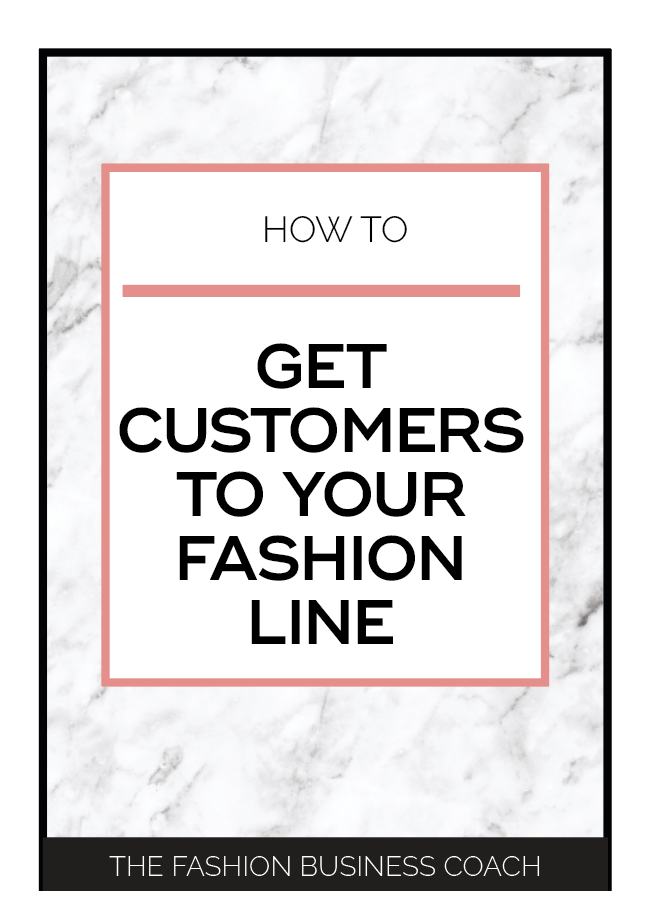











































Pickleball outfit inspiration……